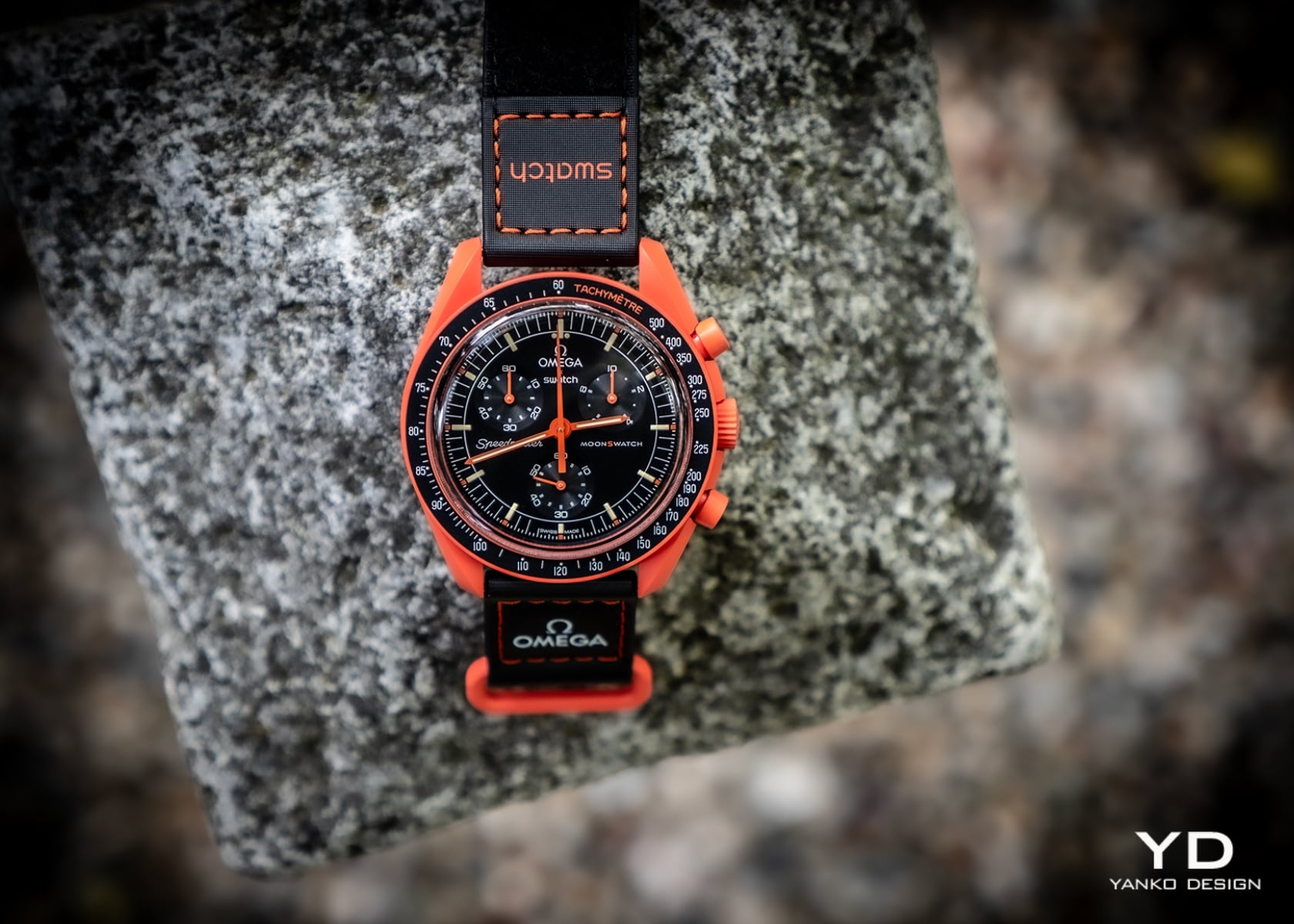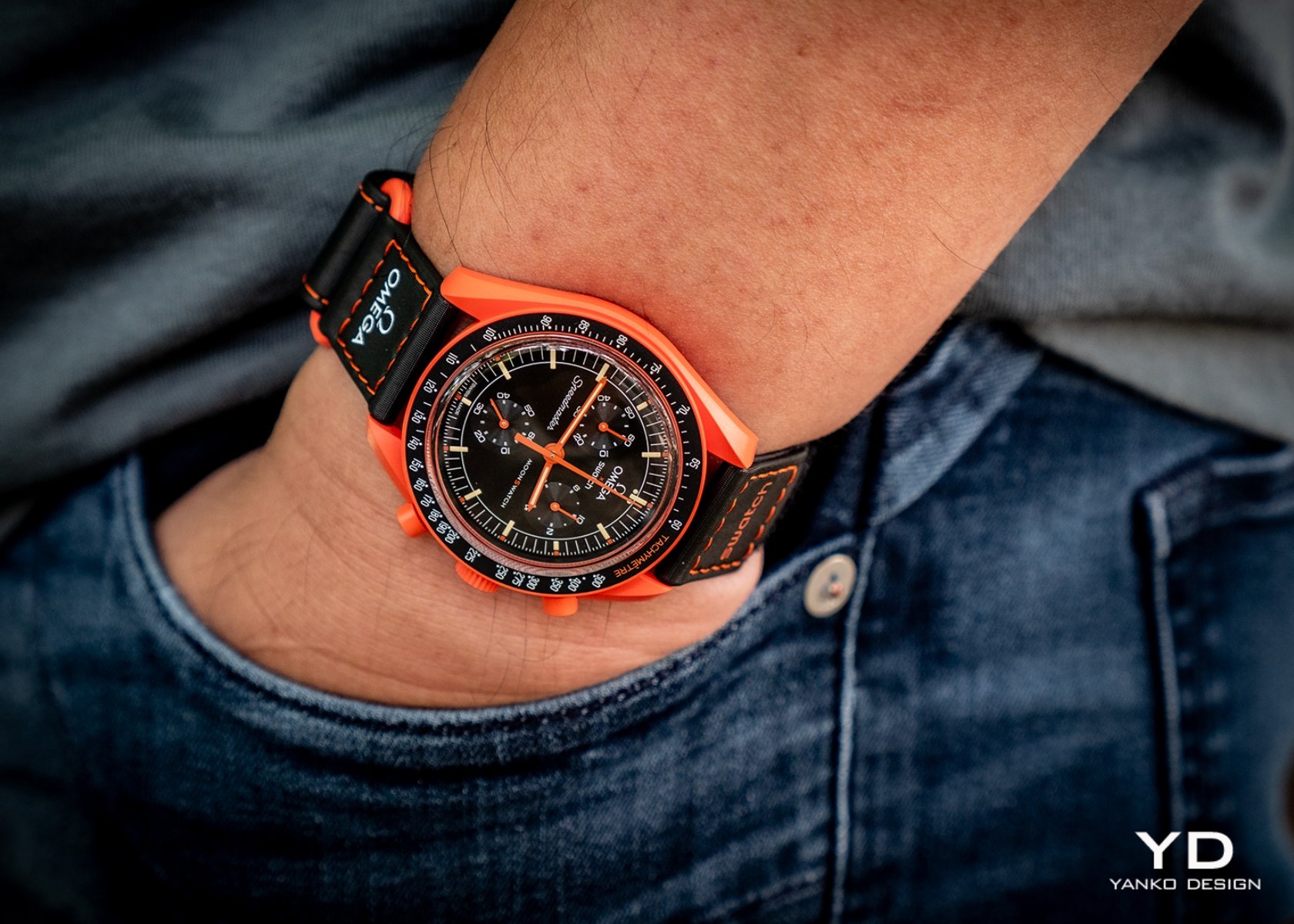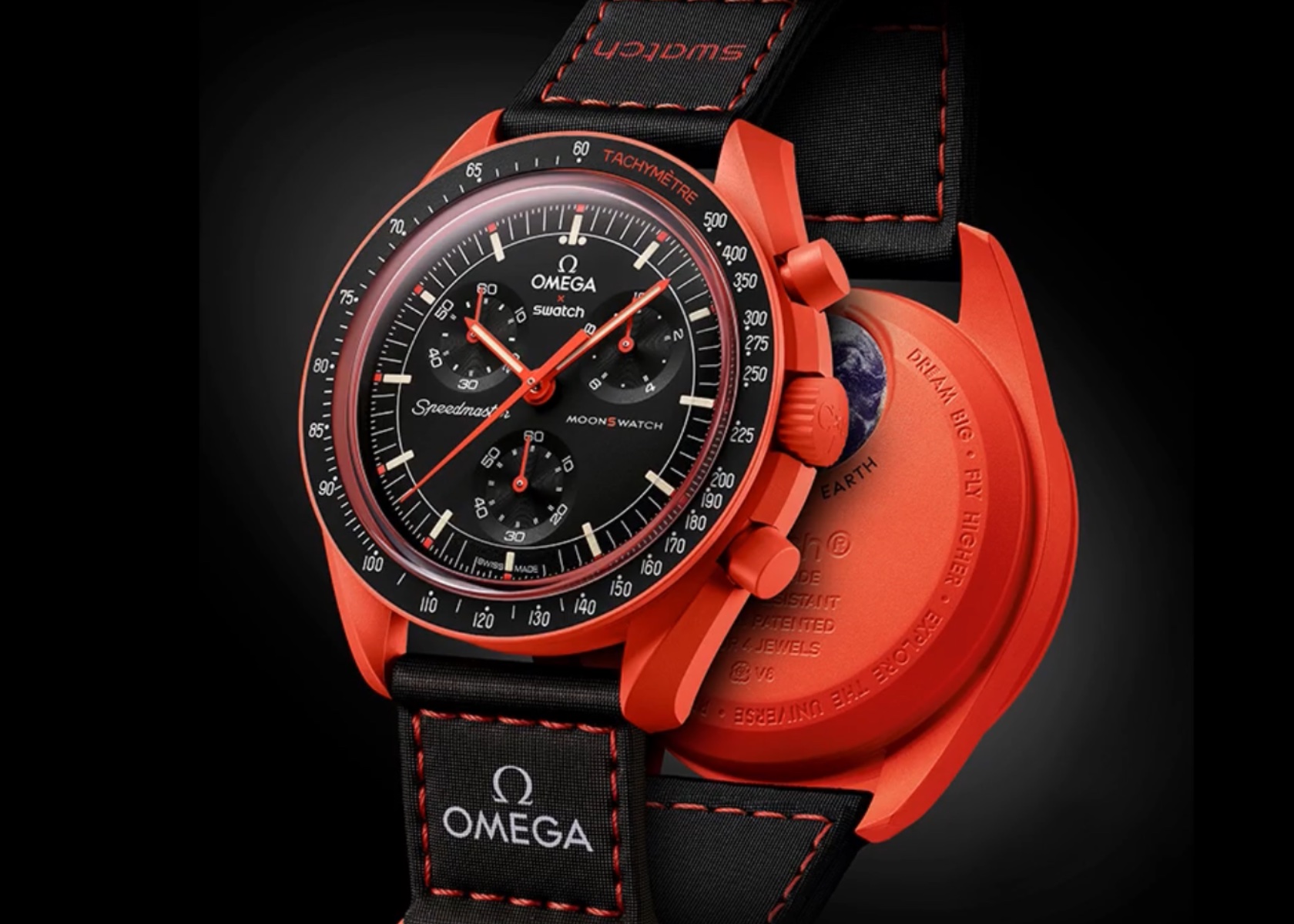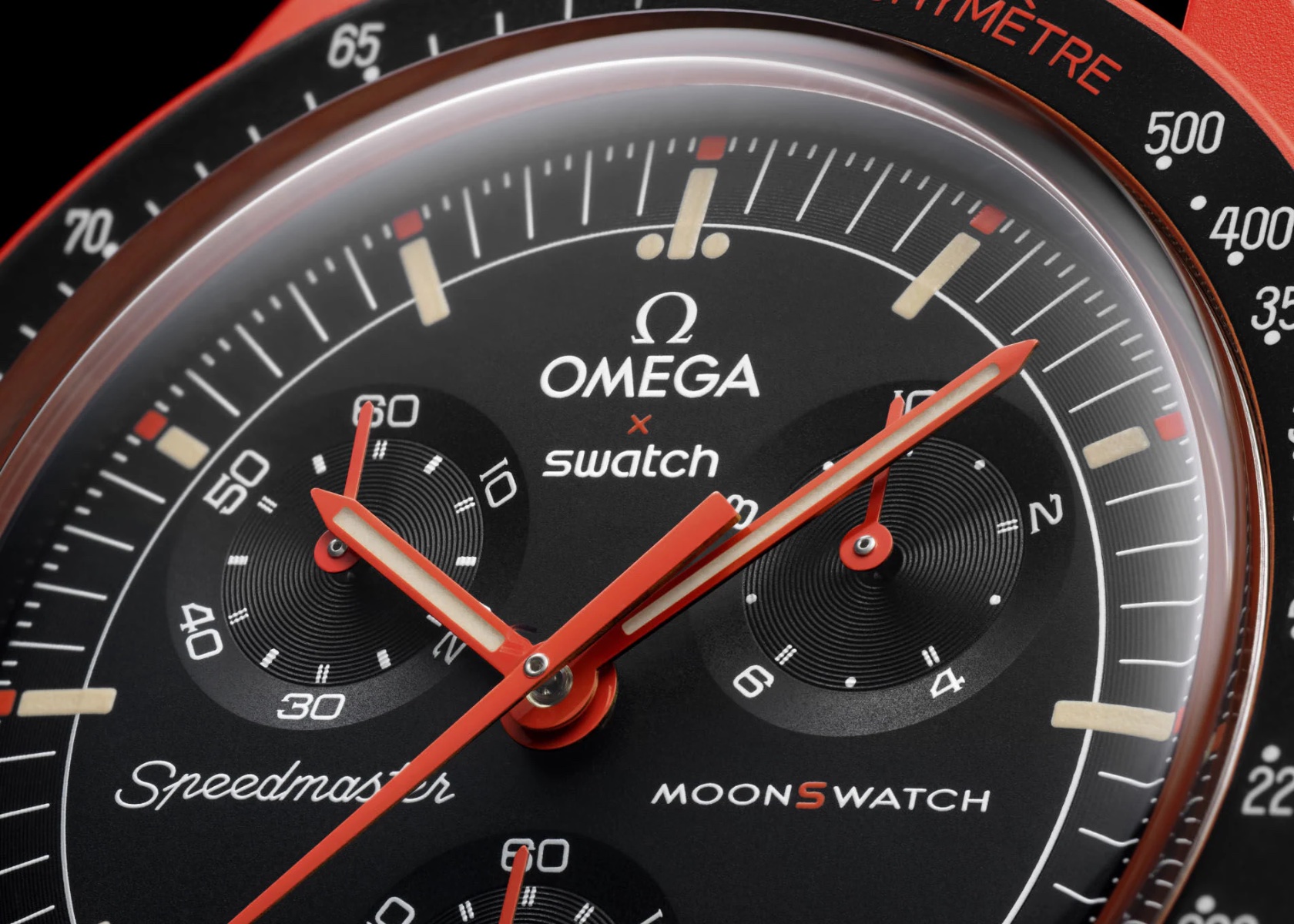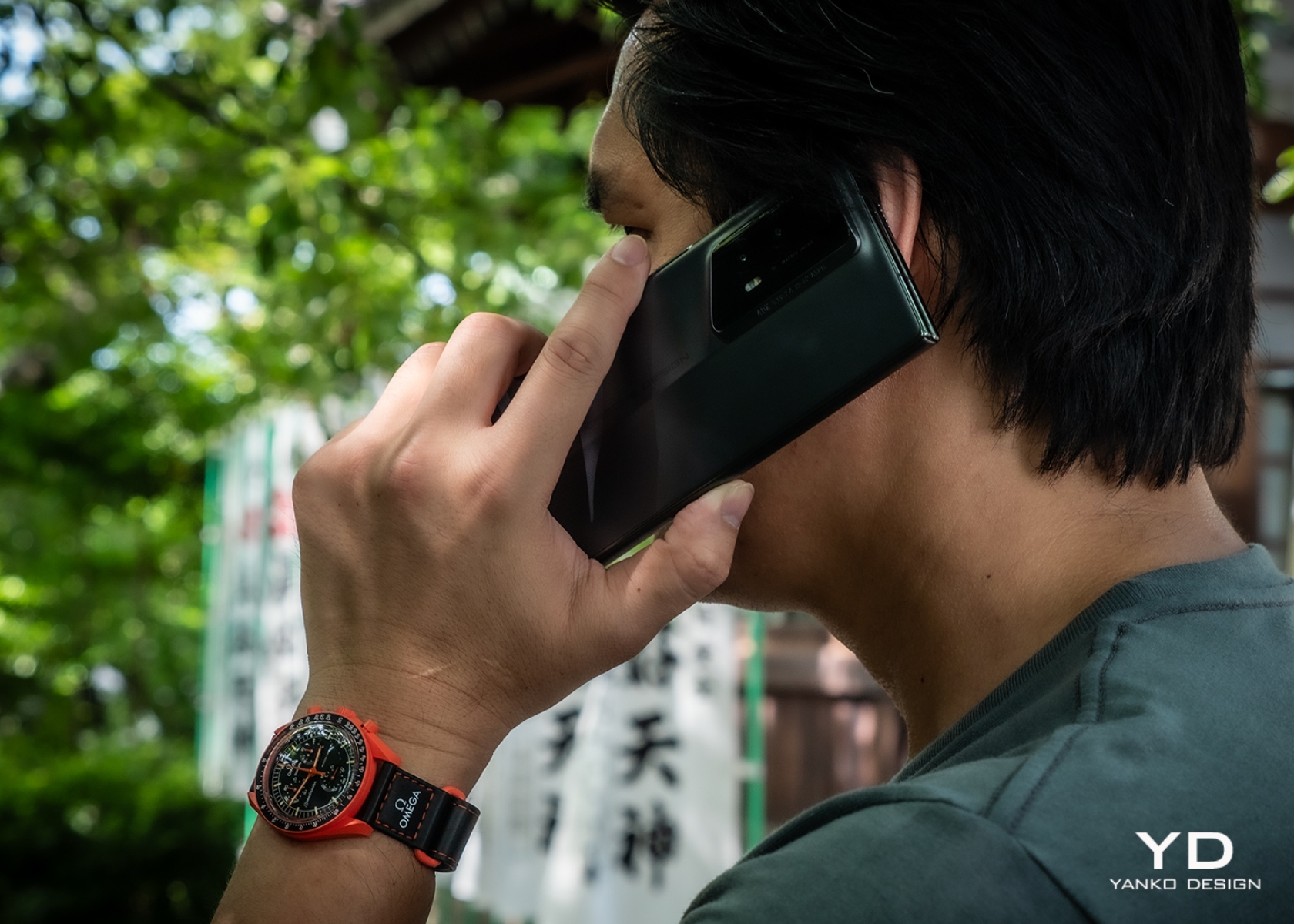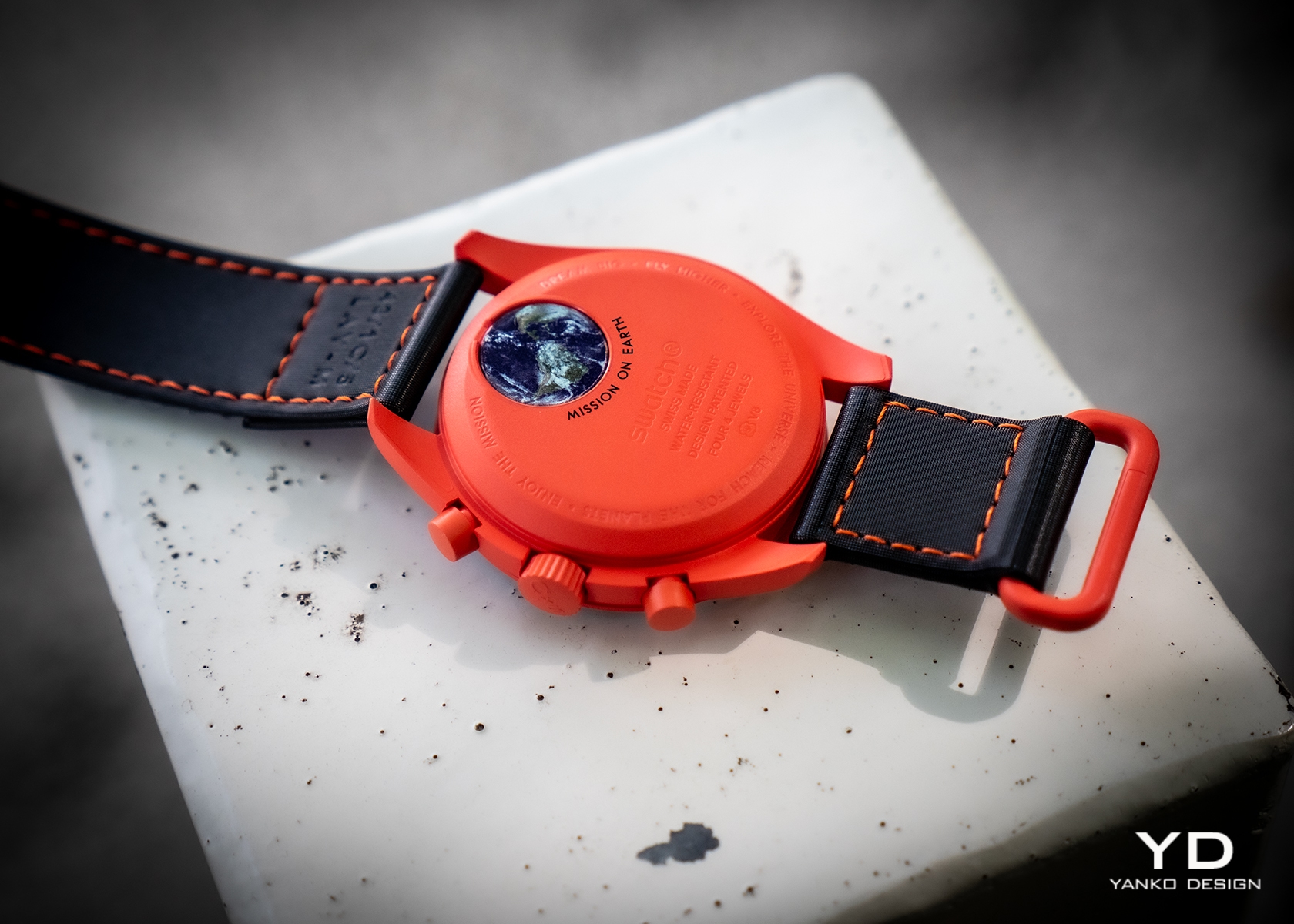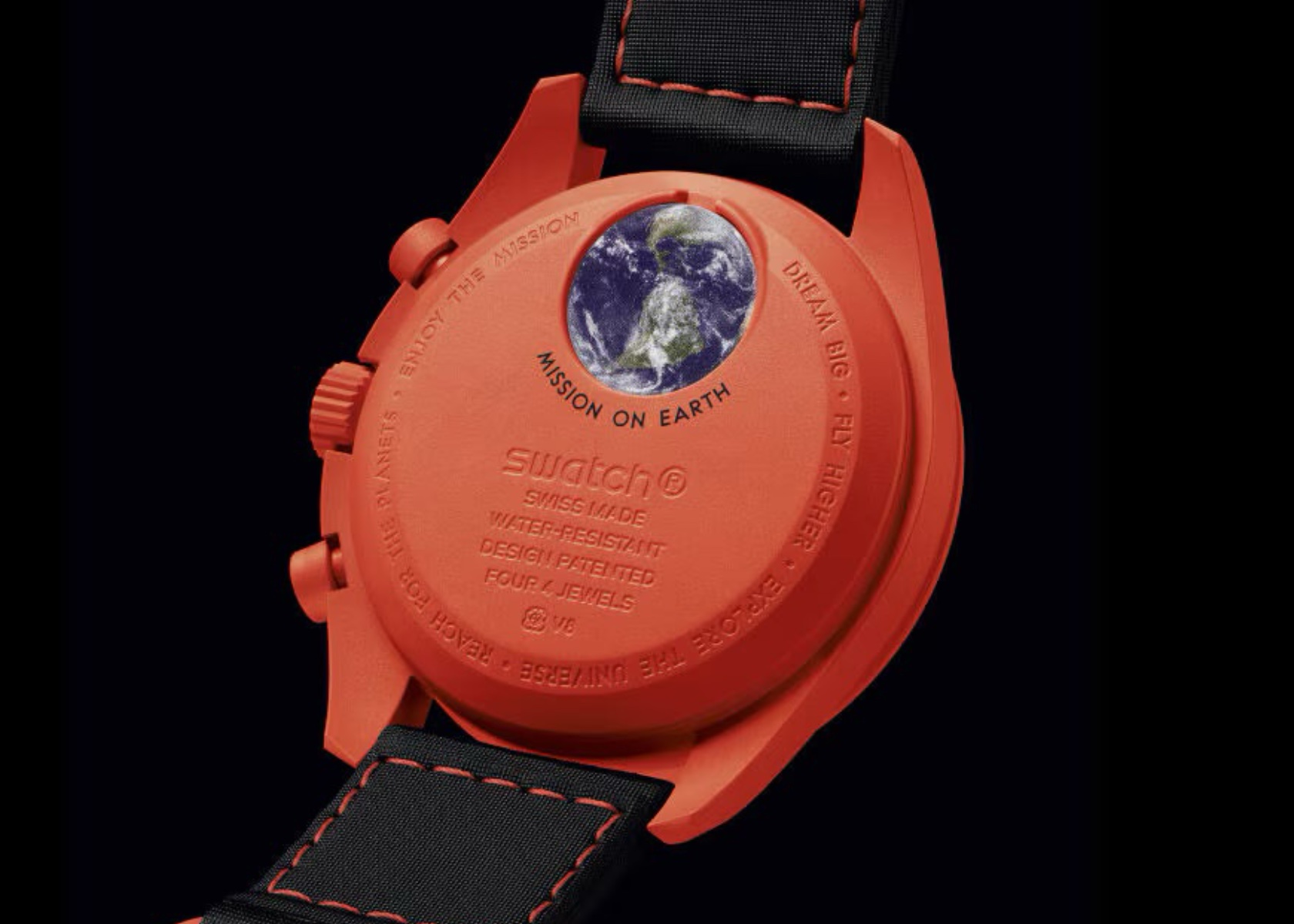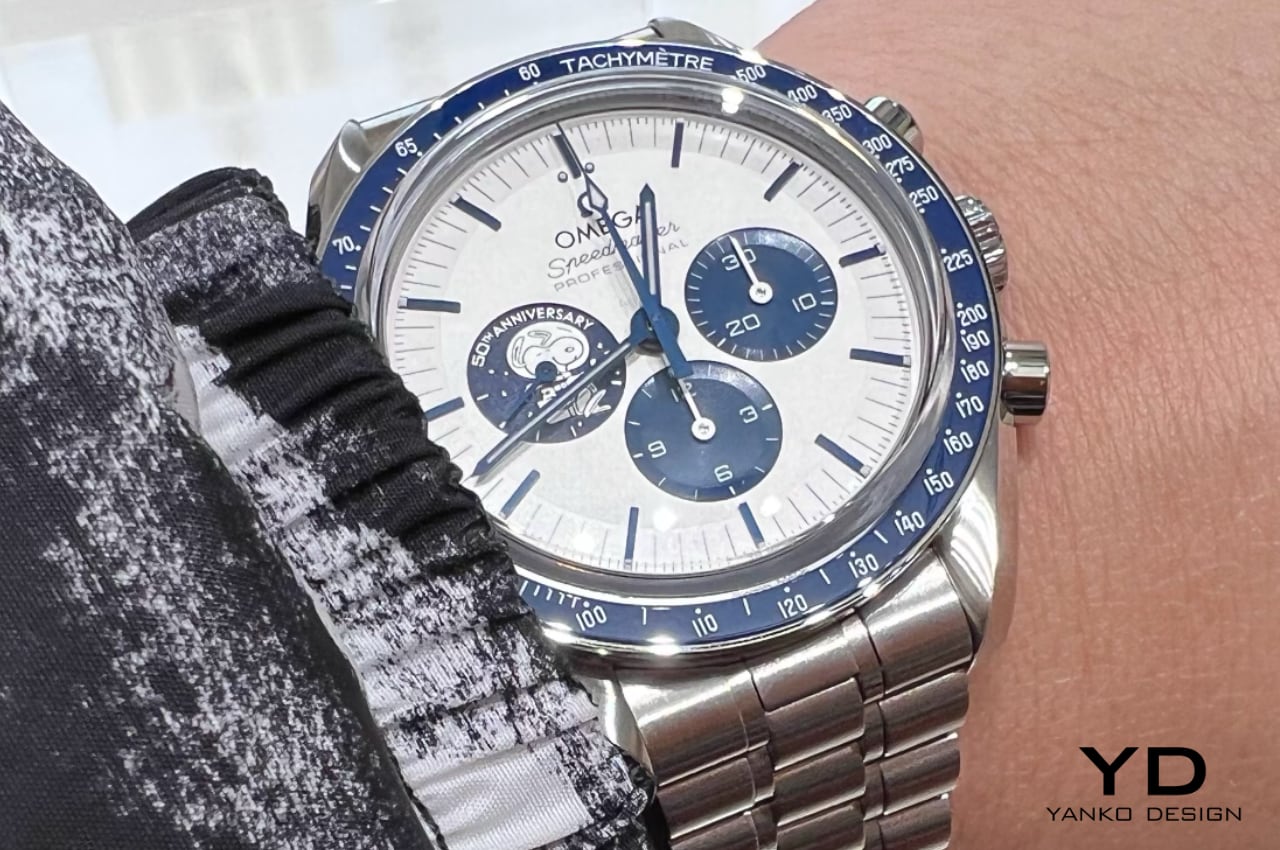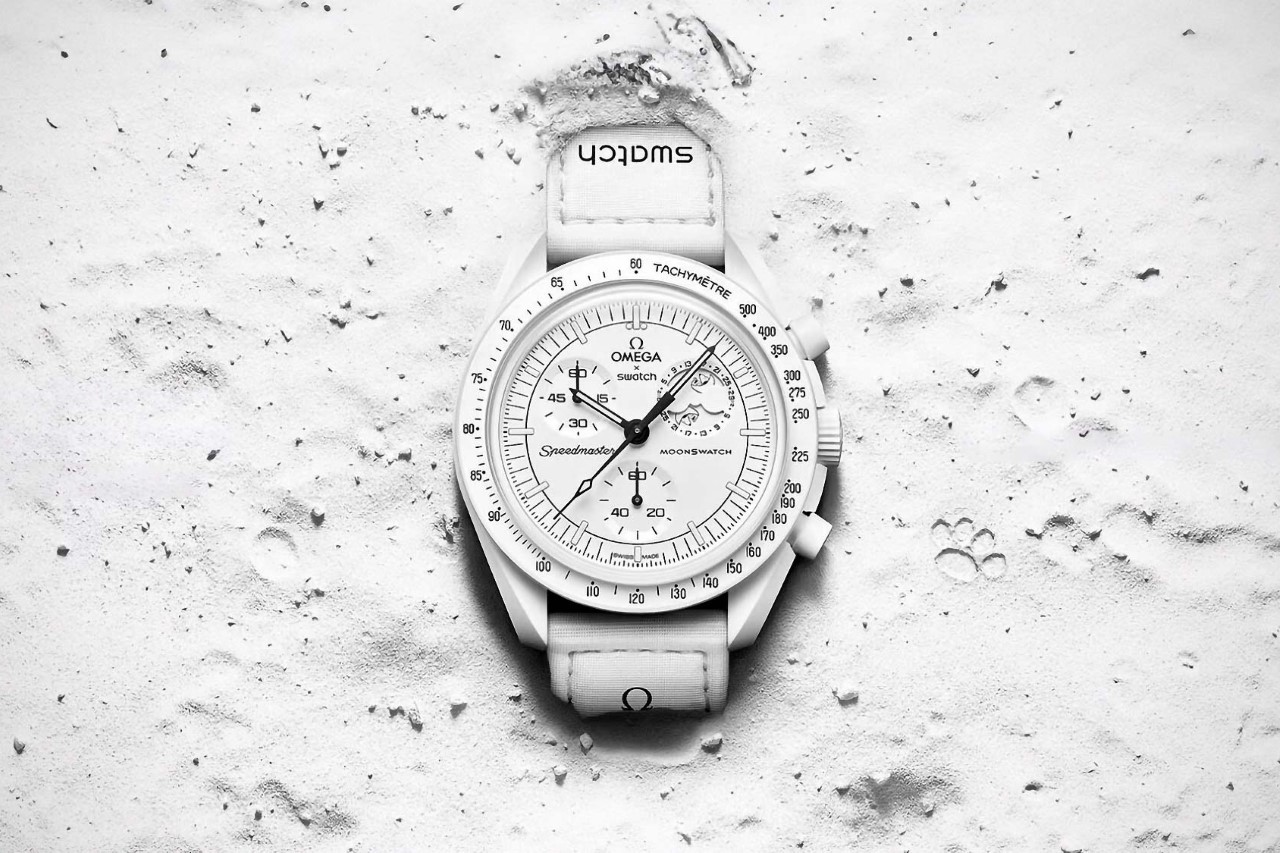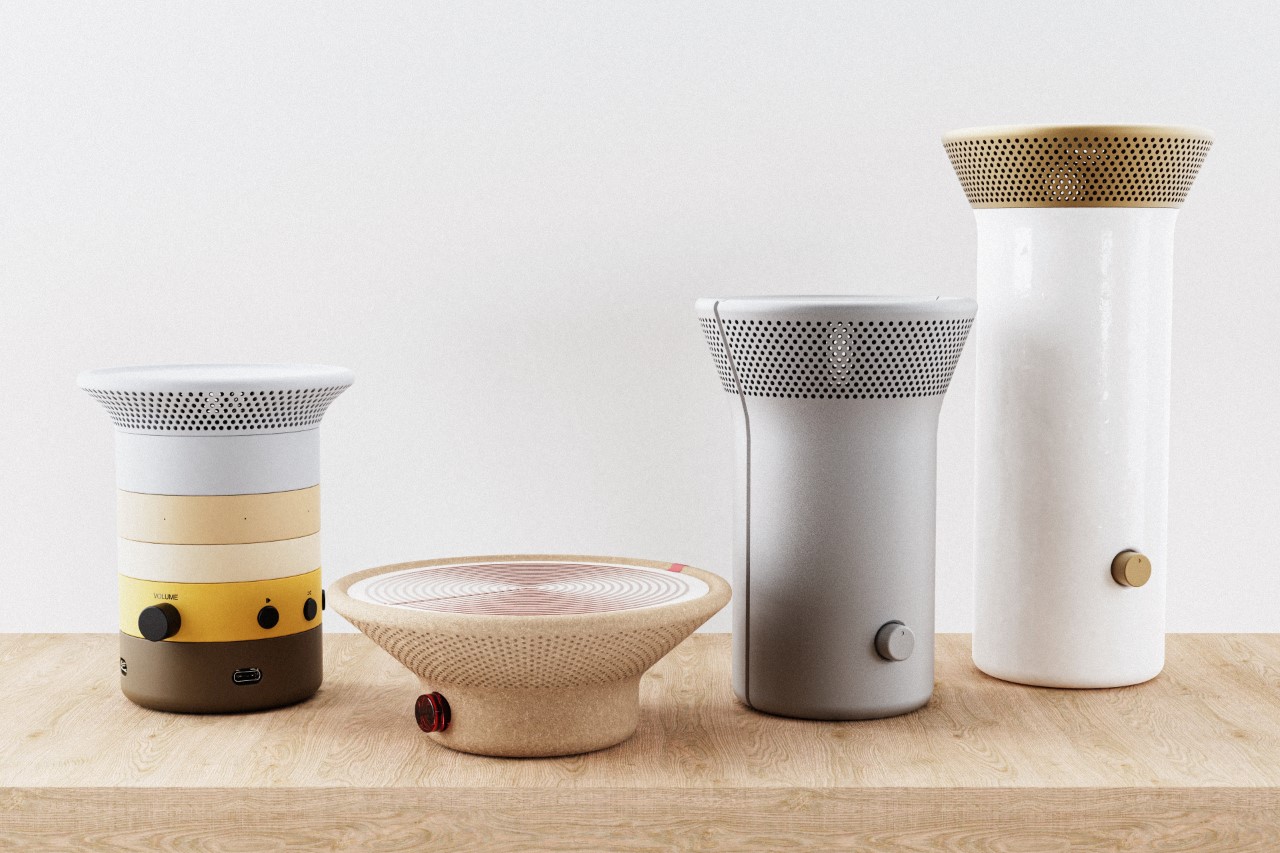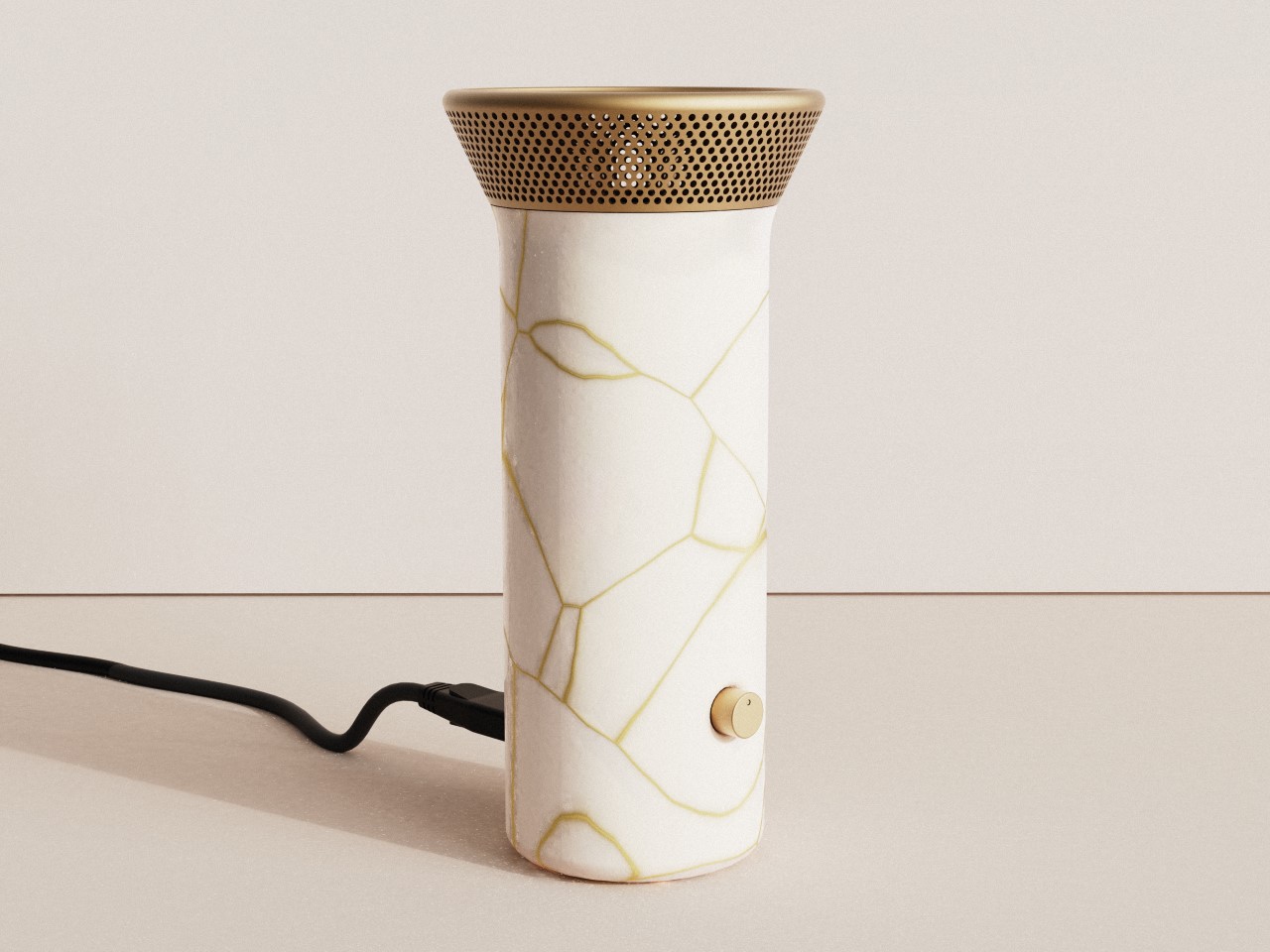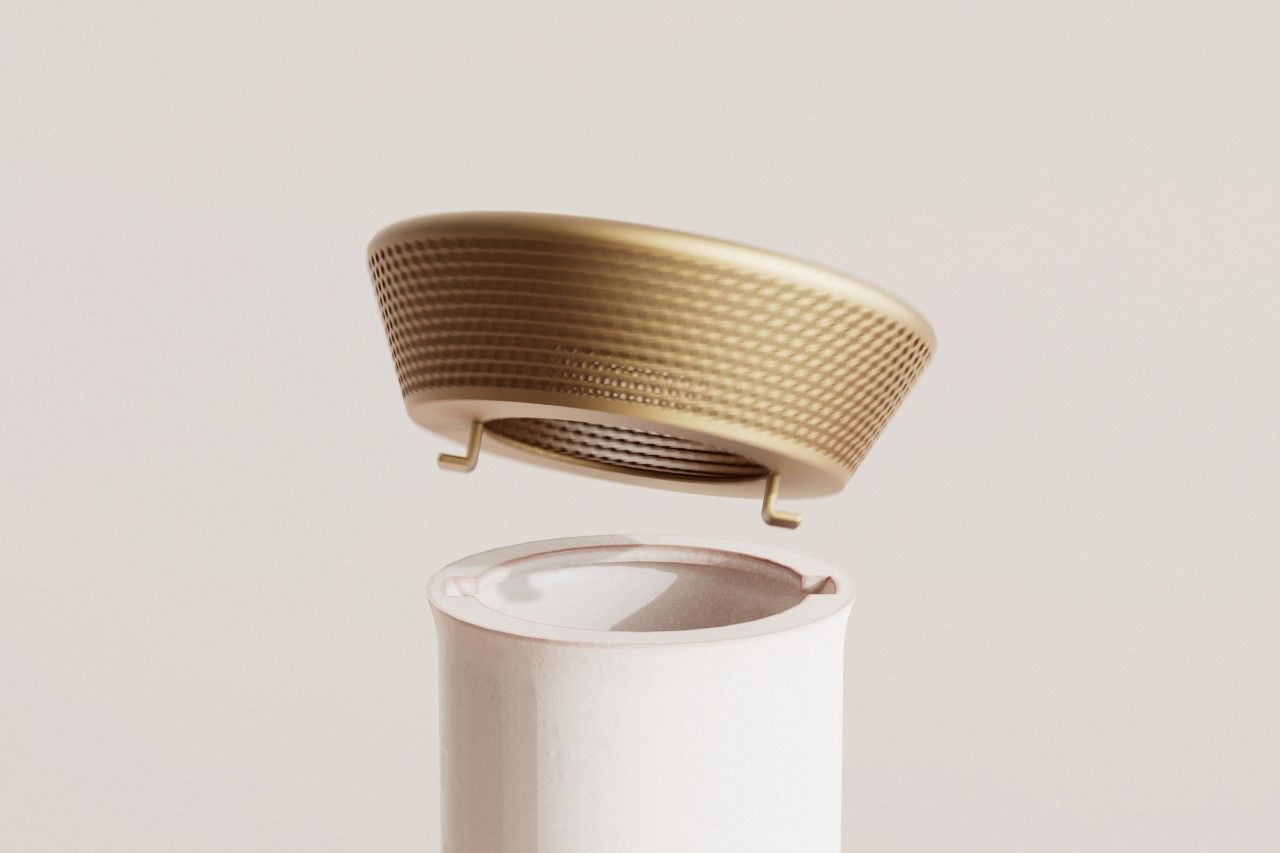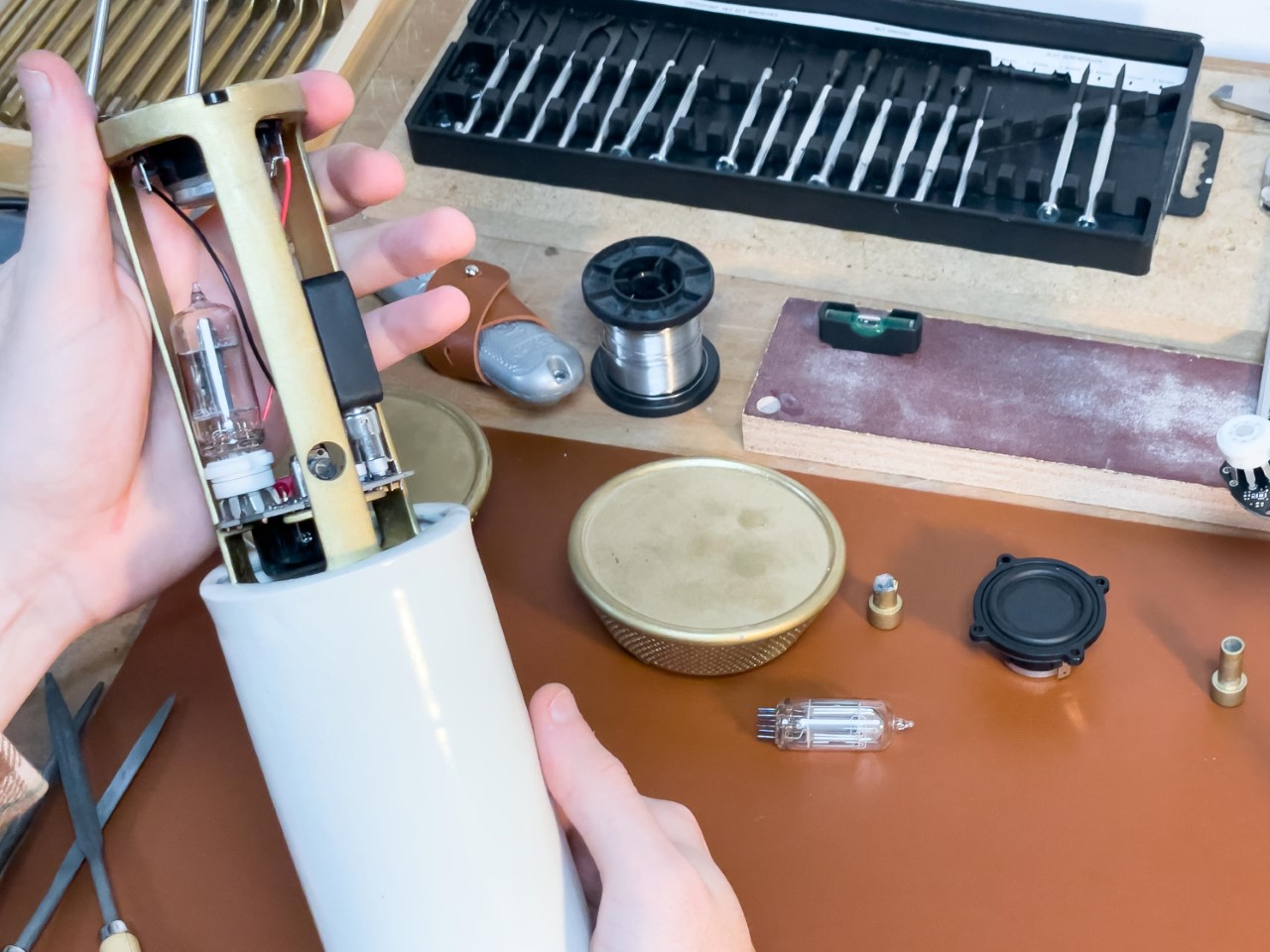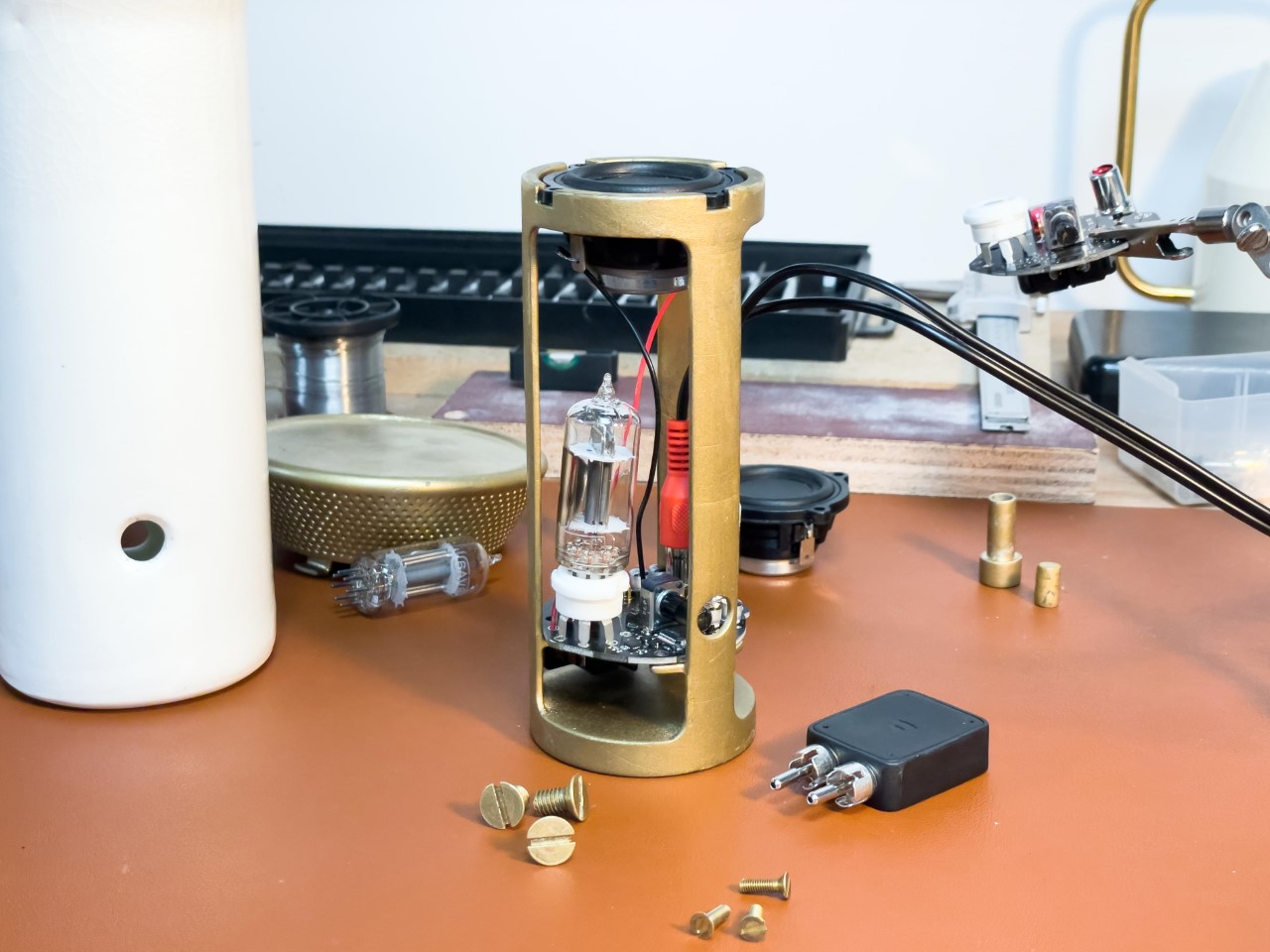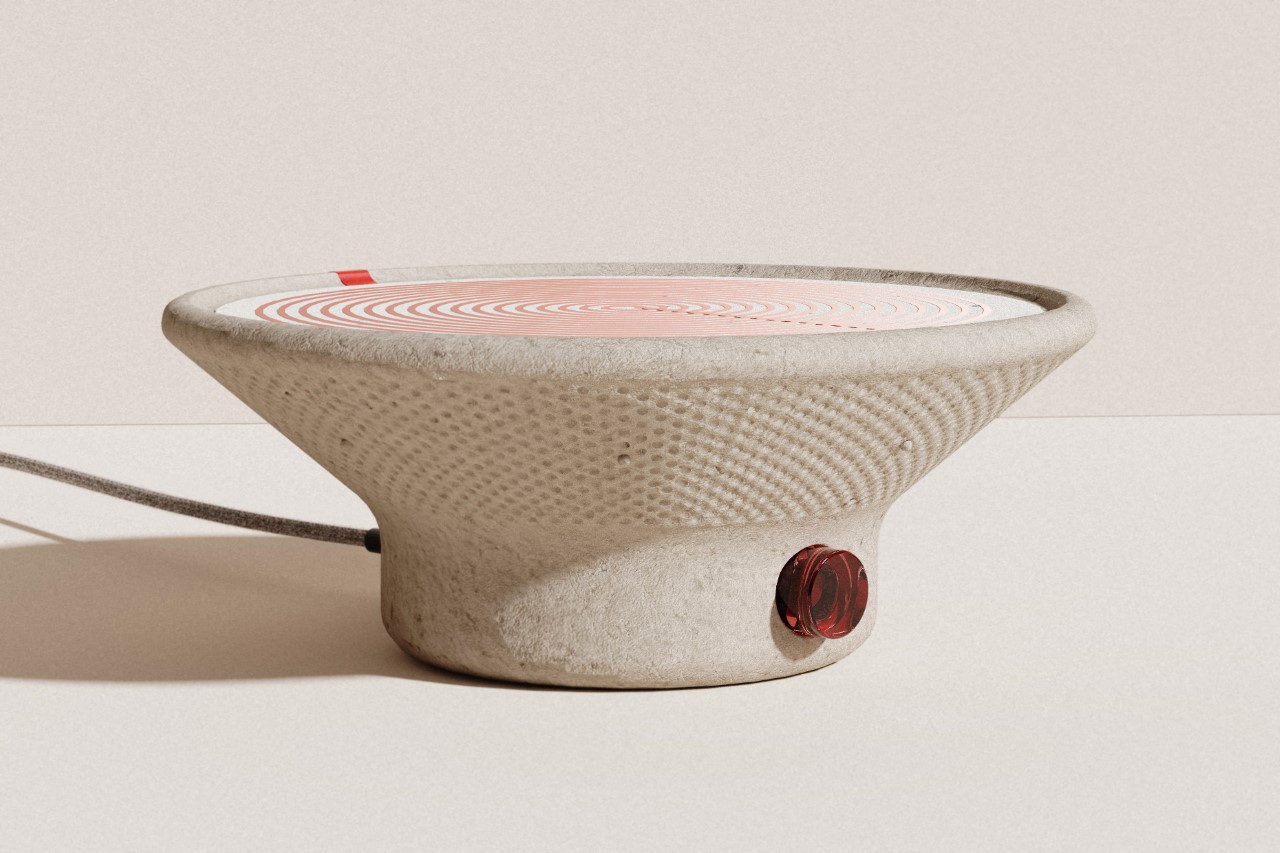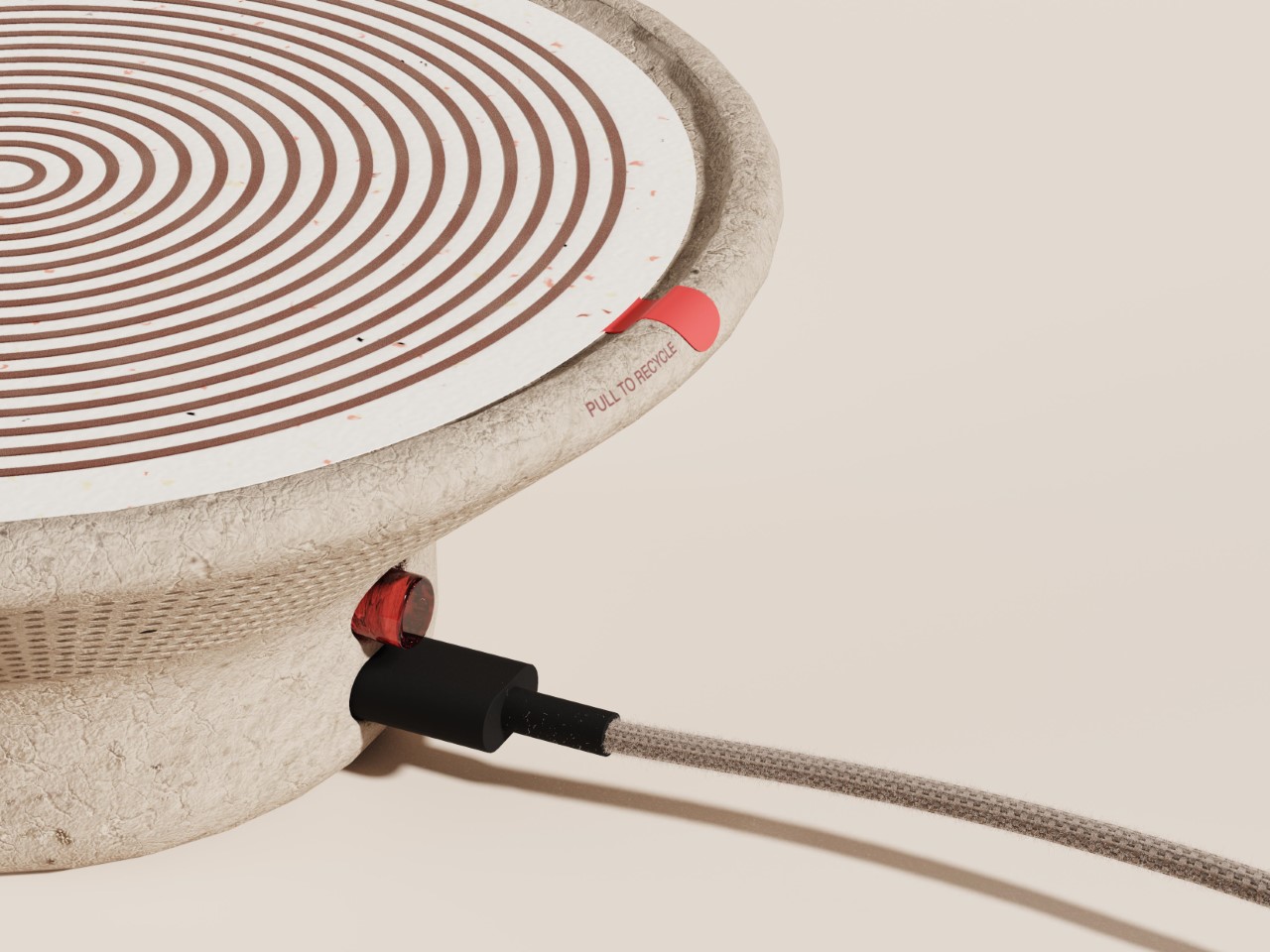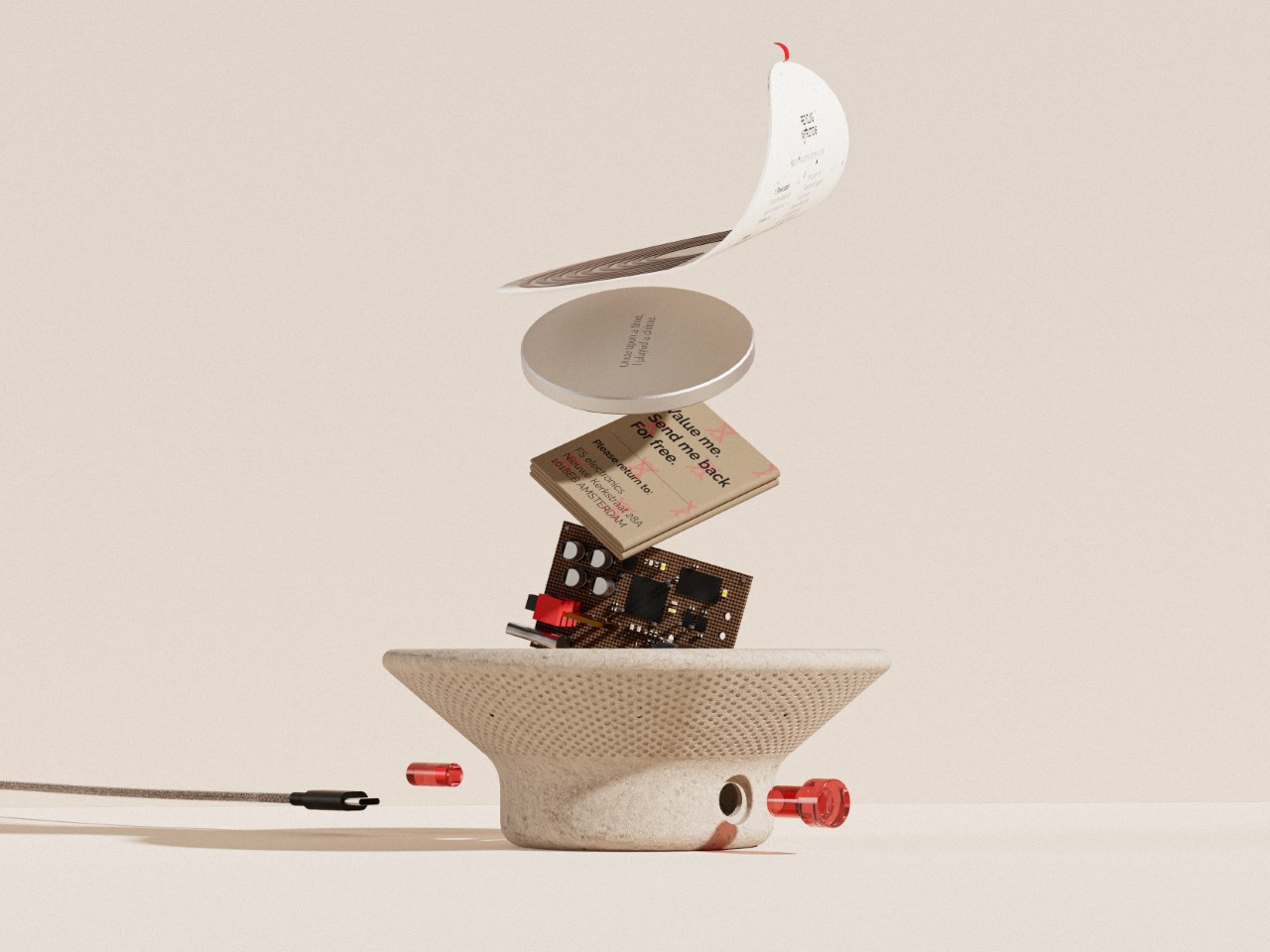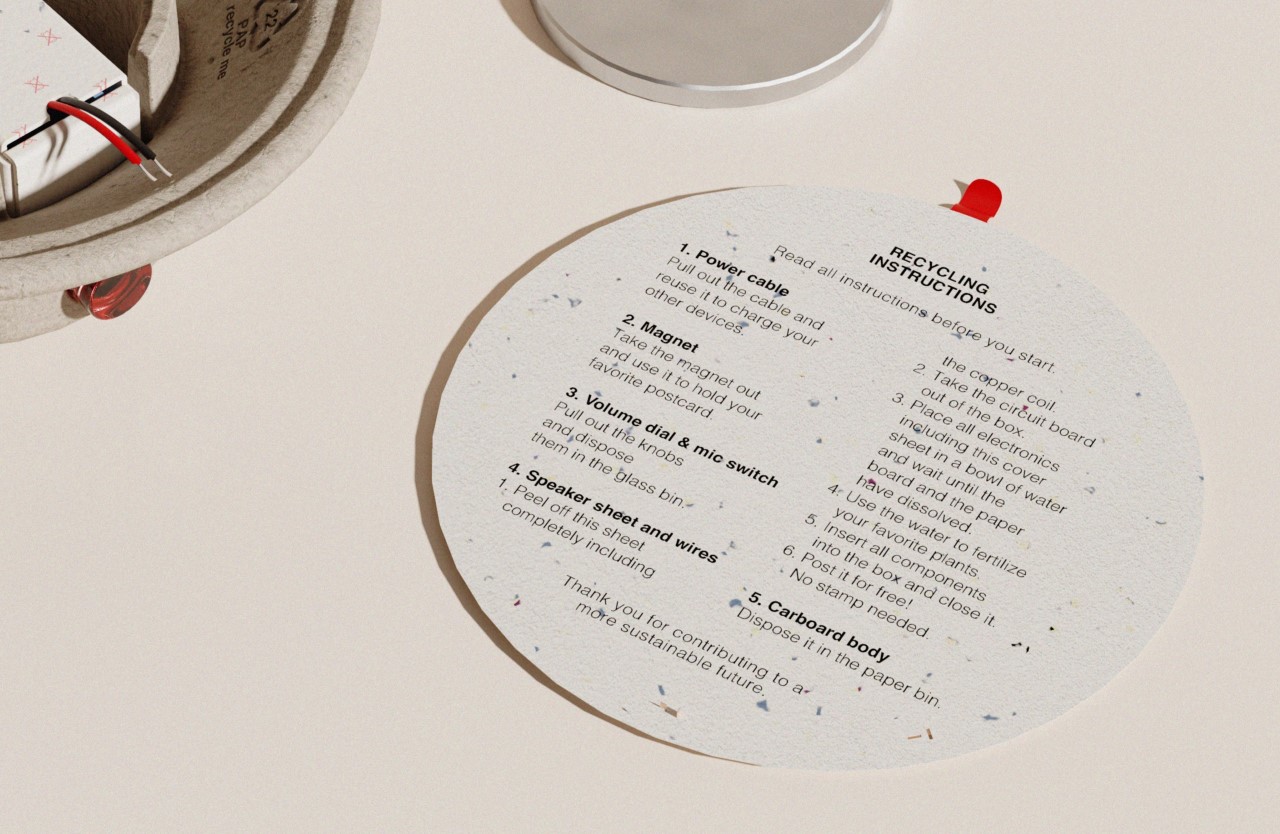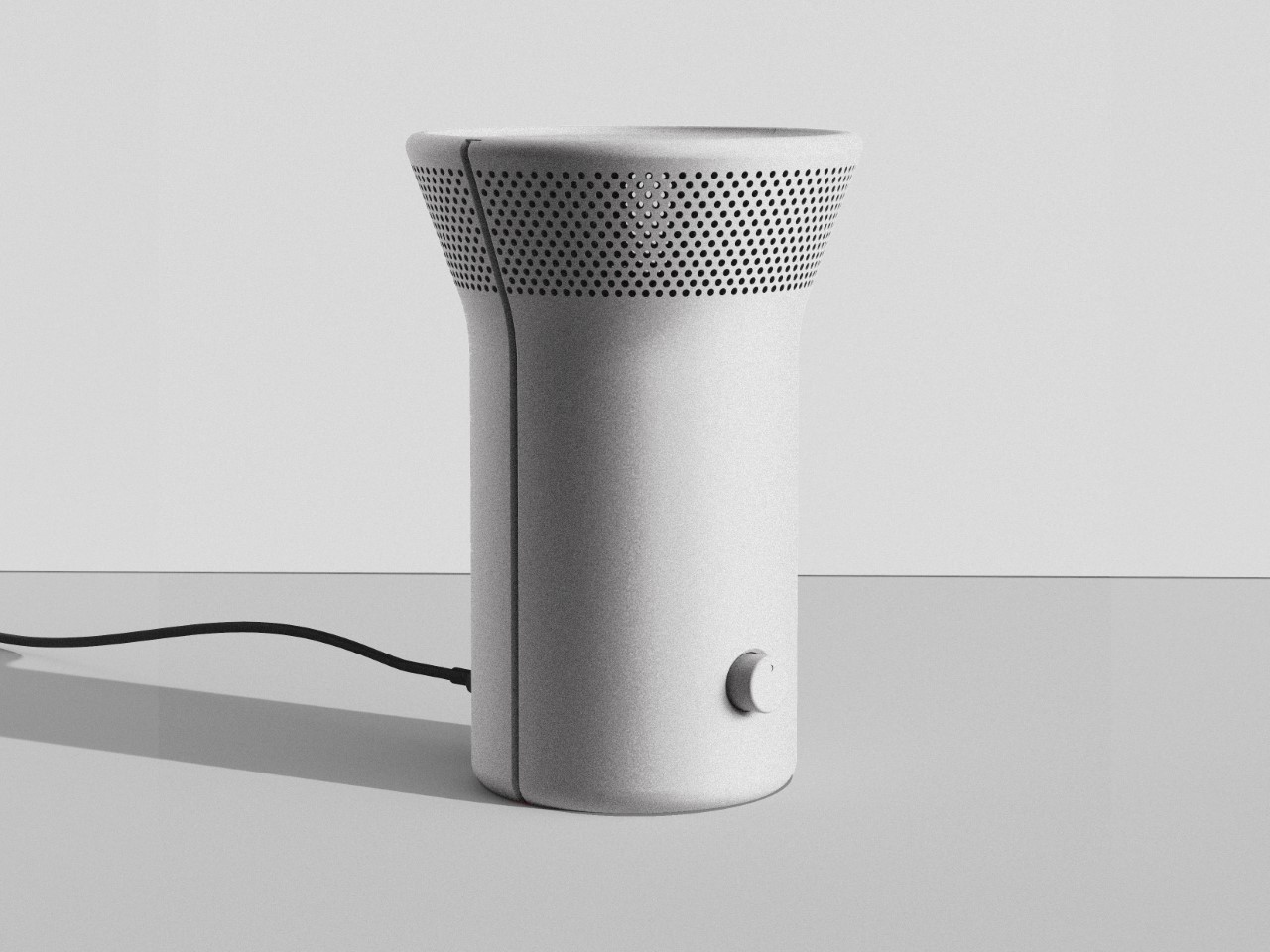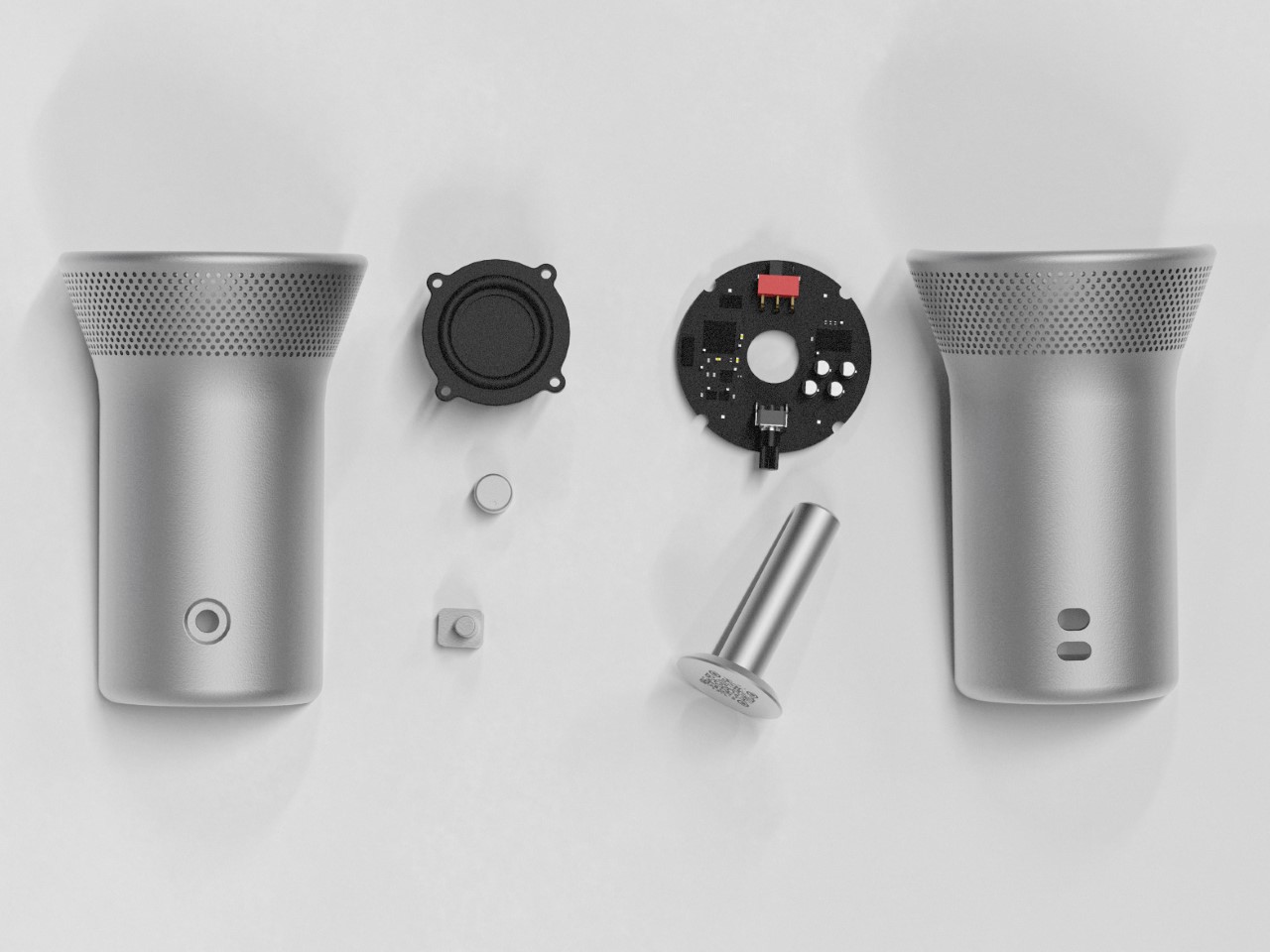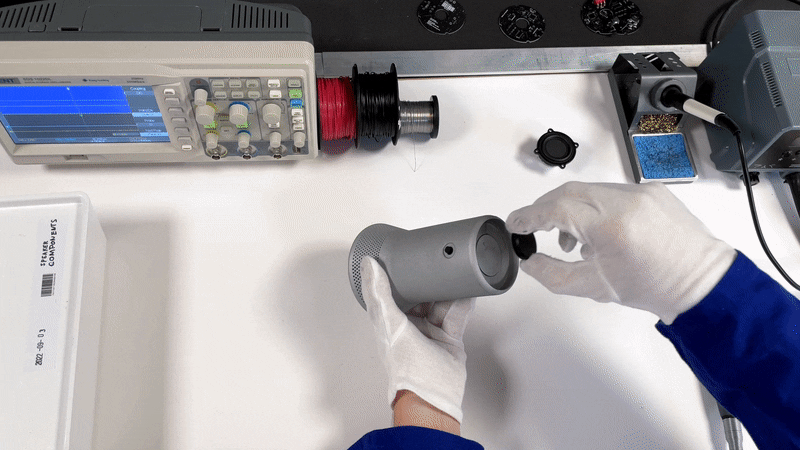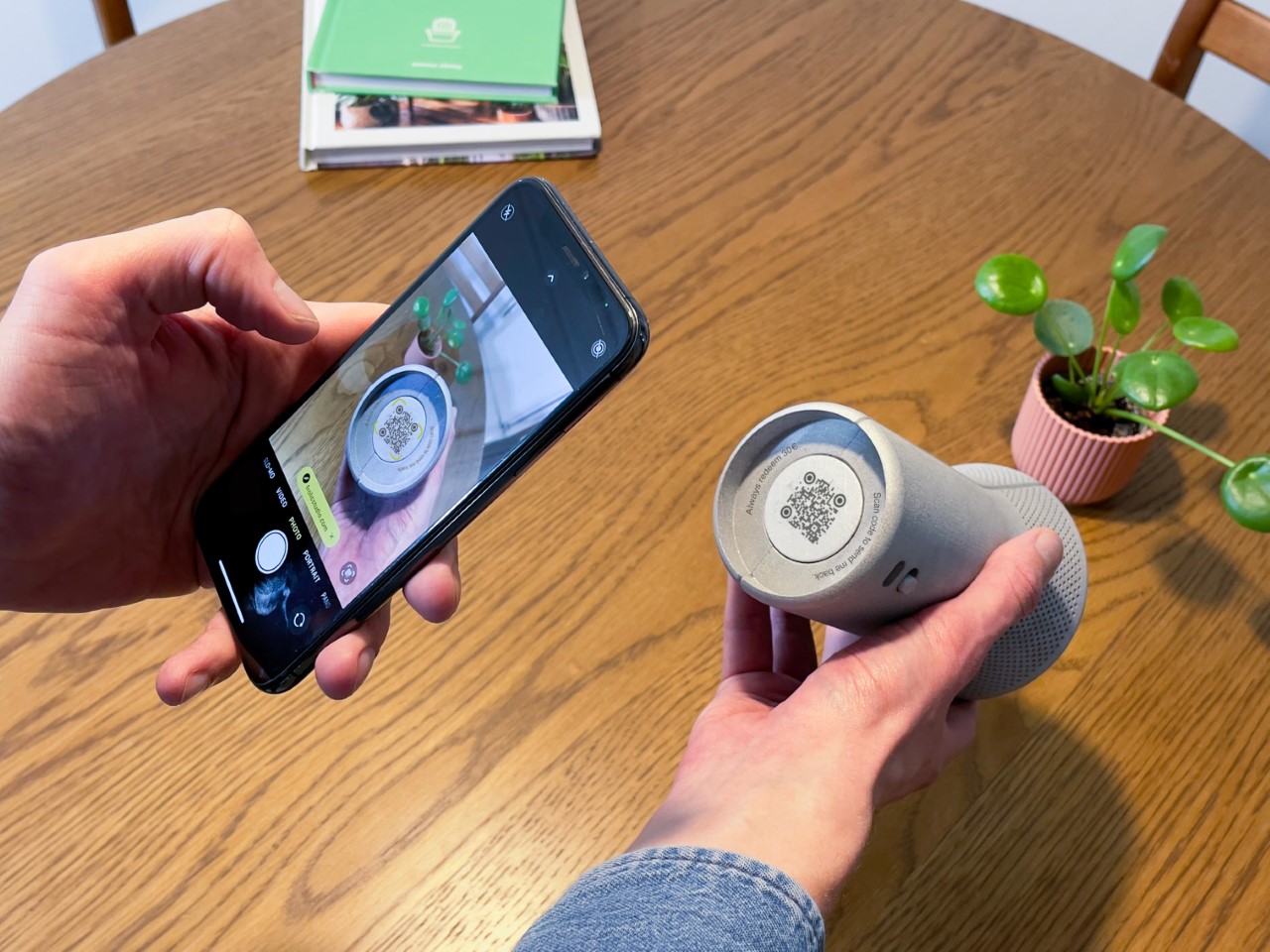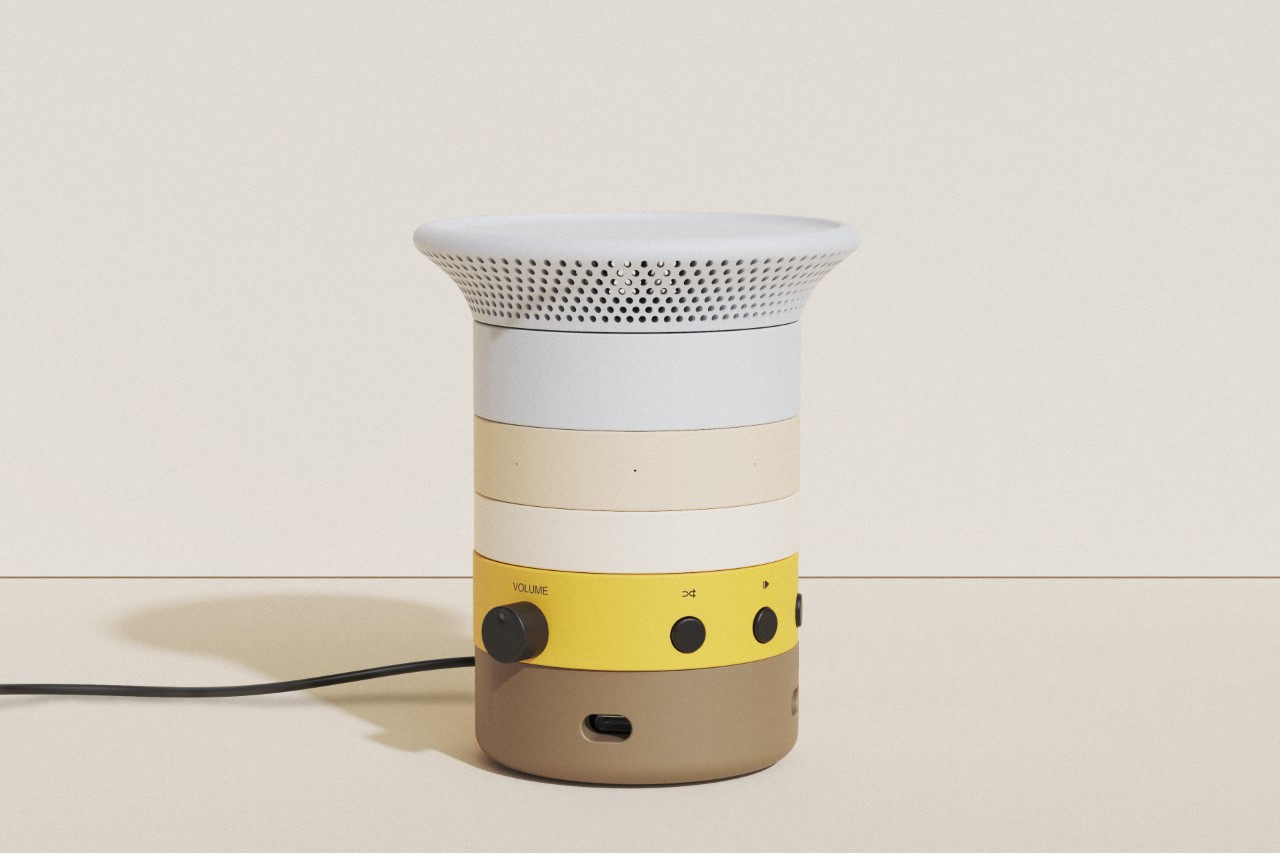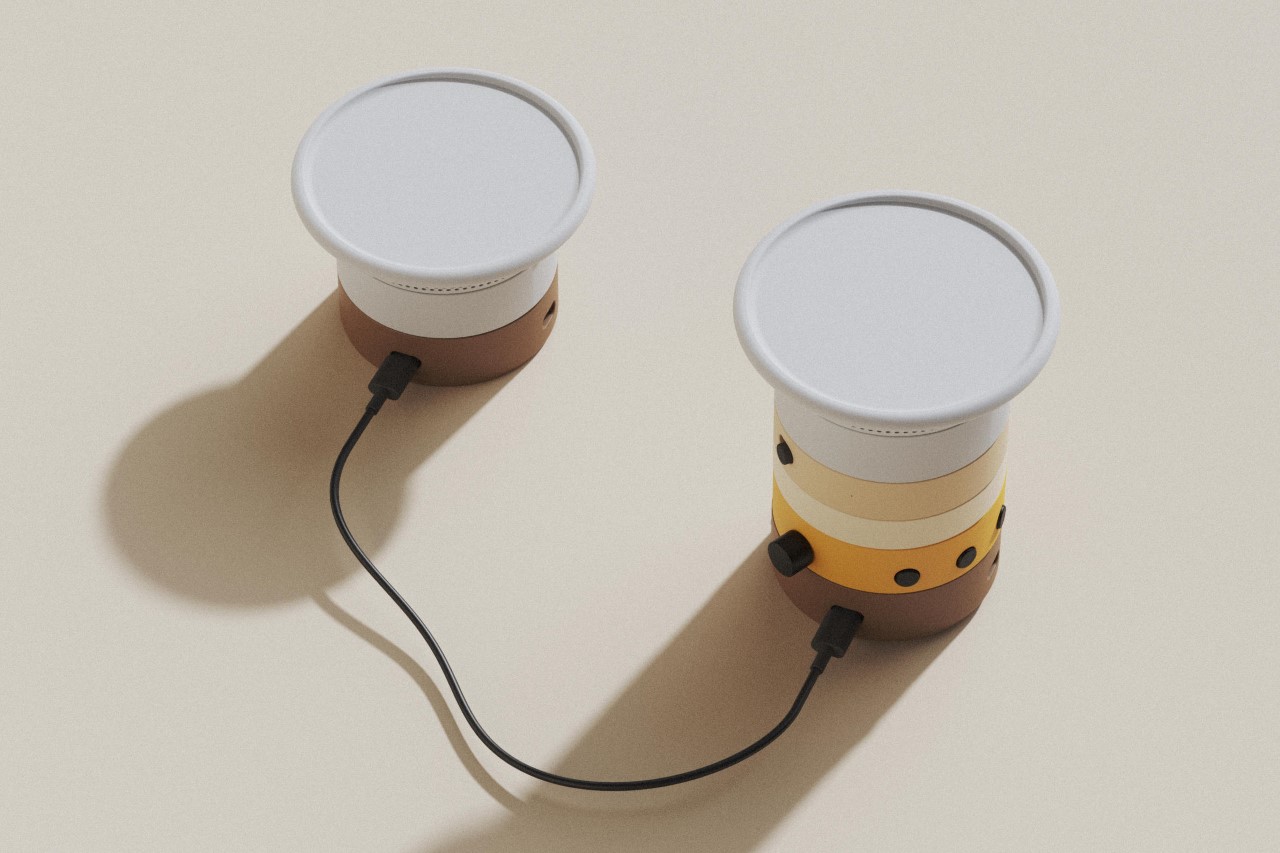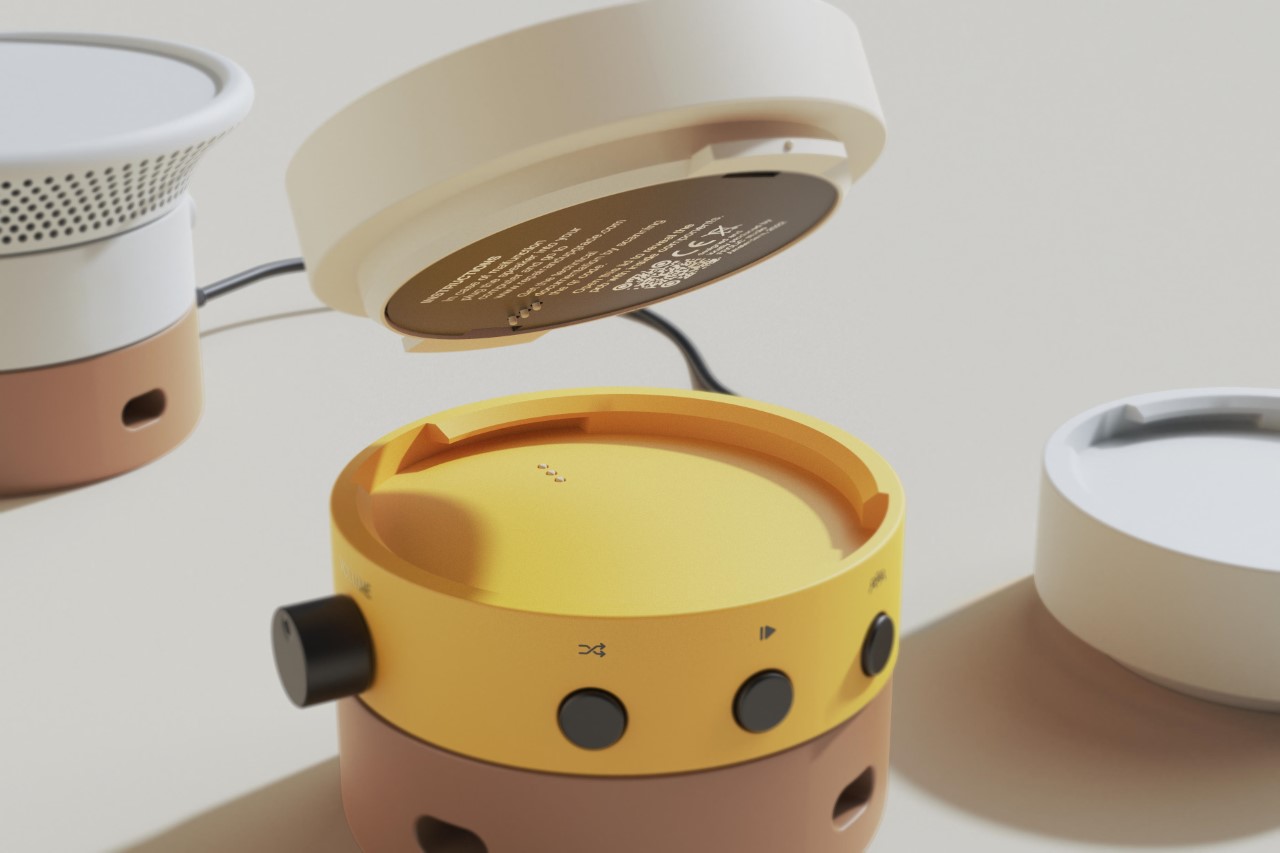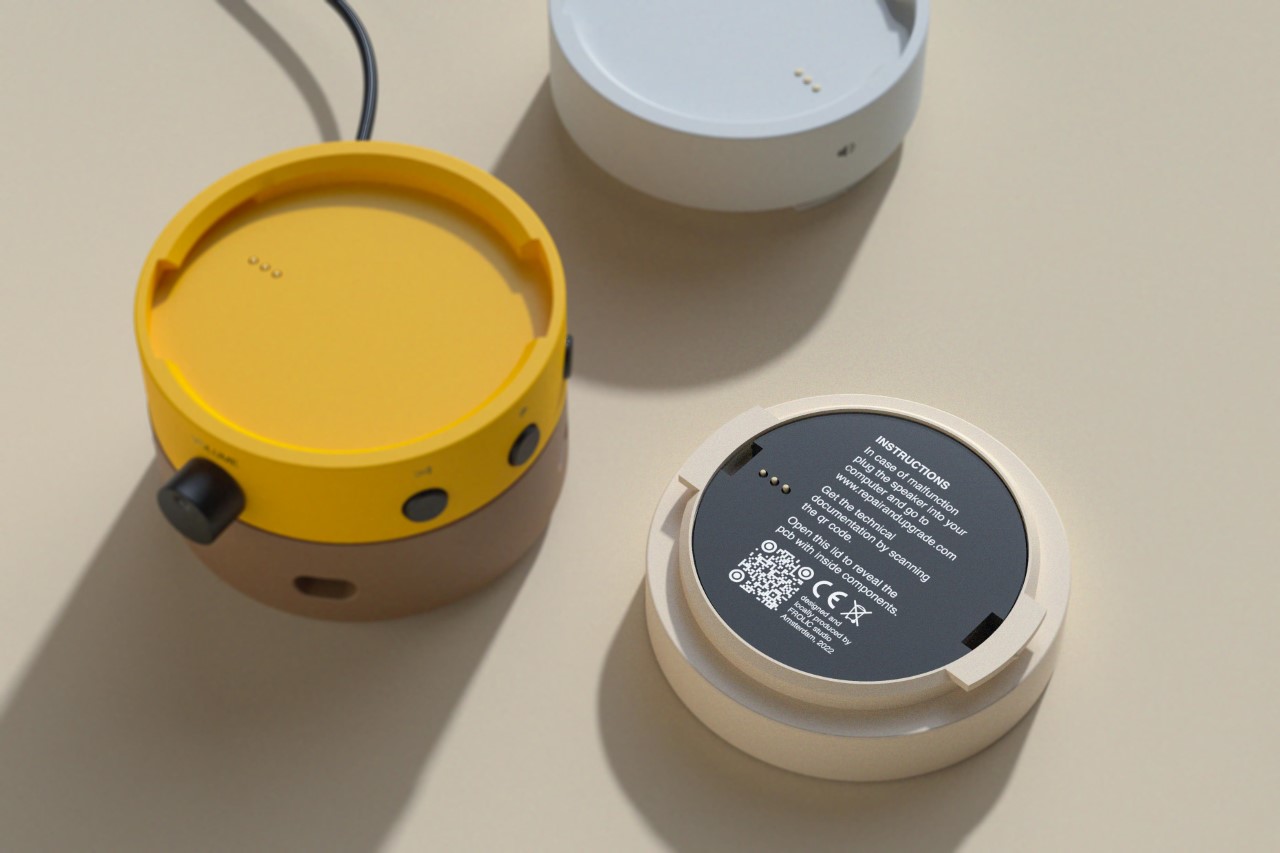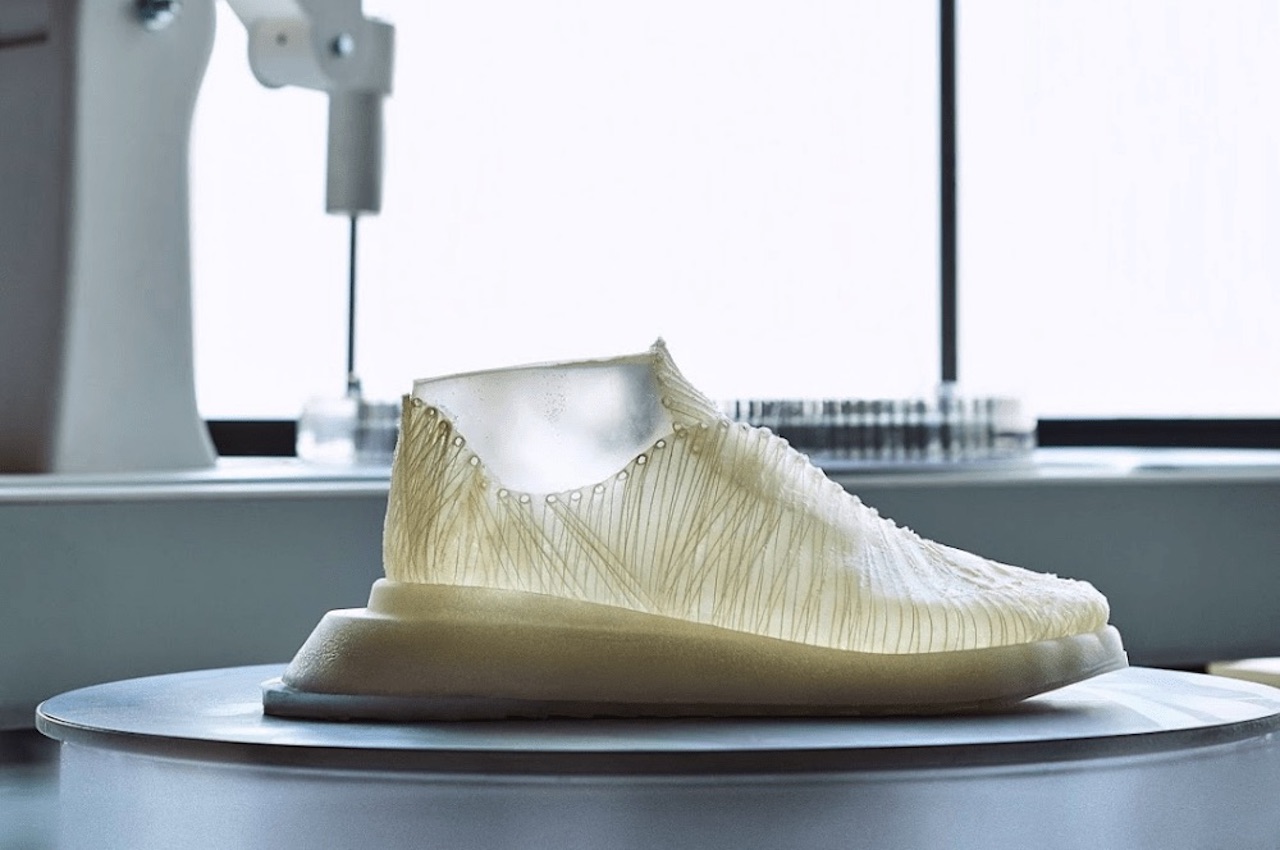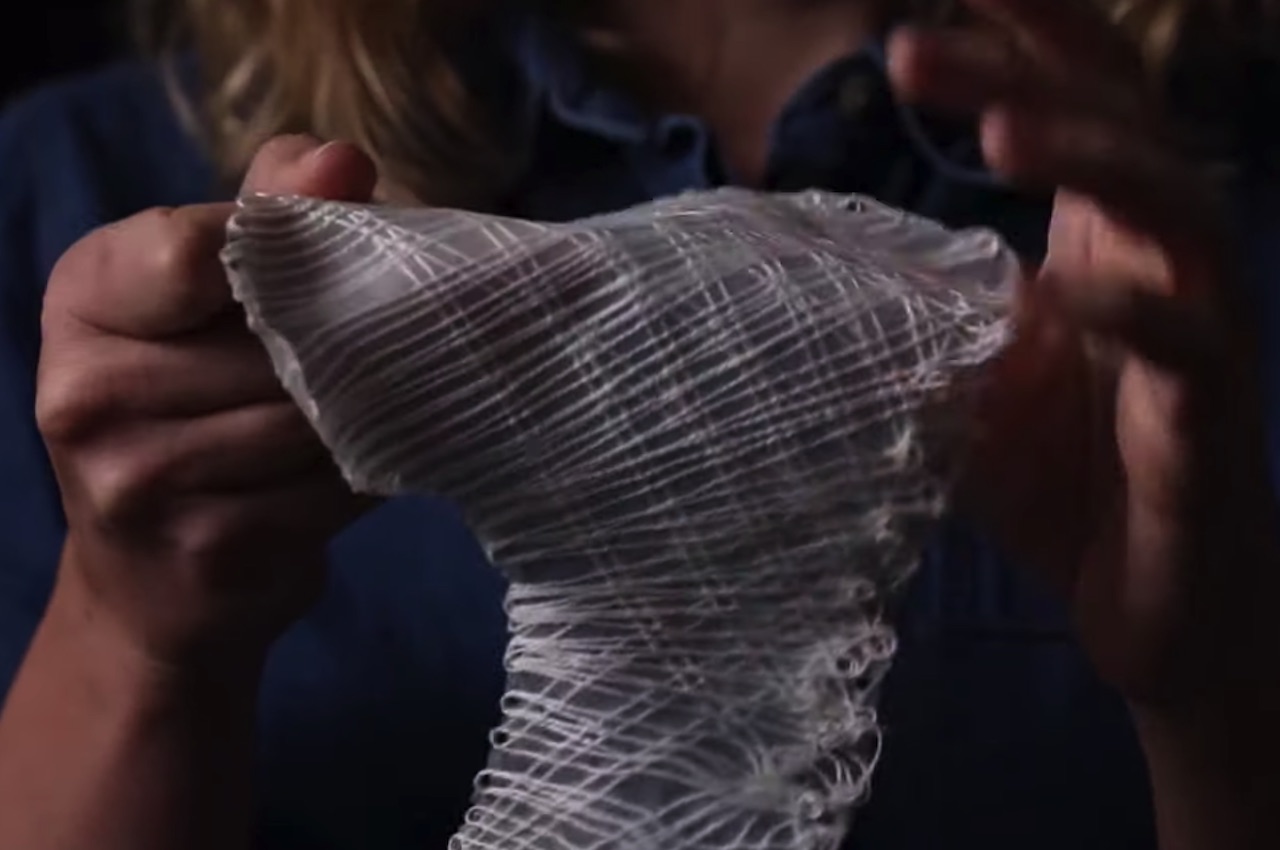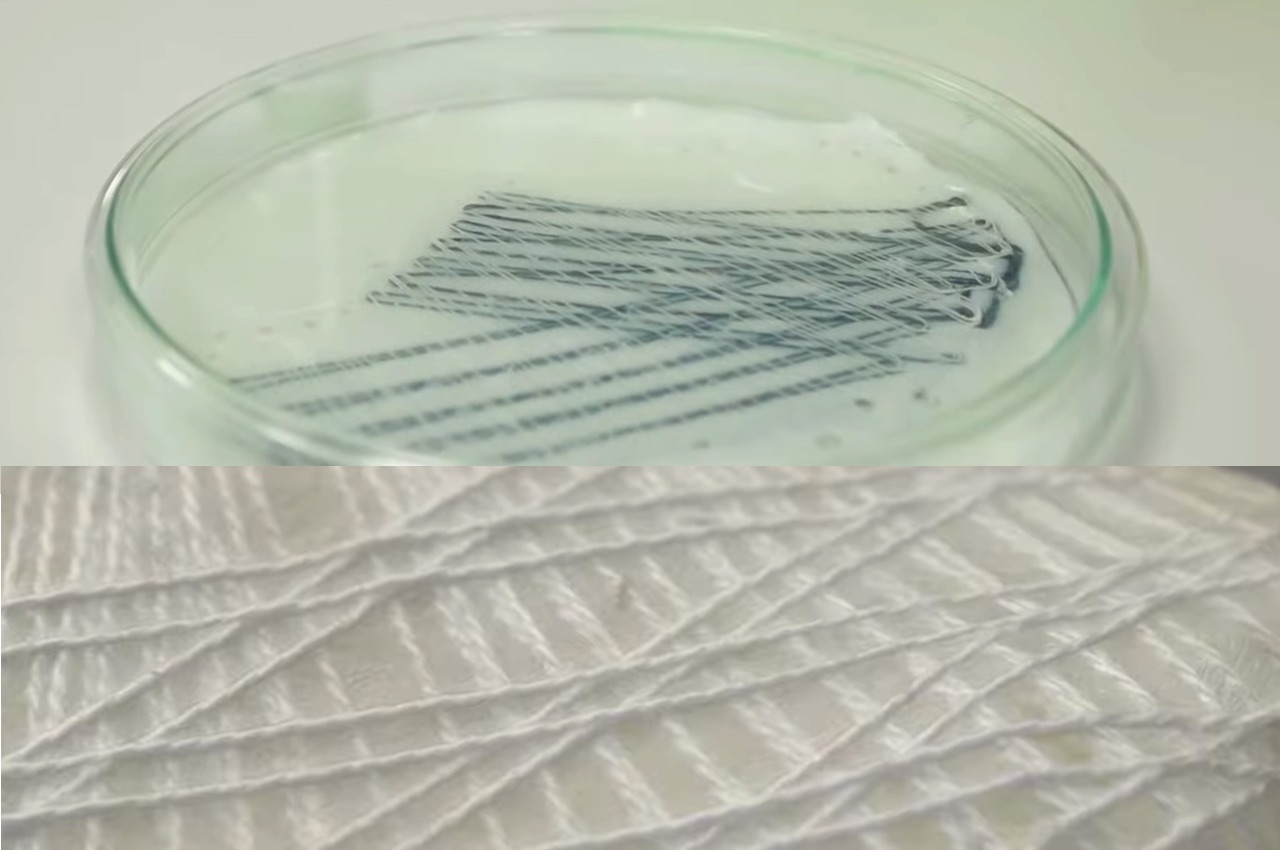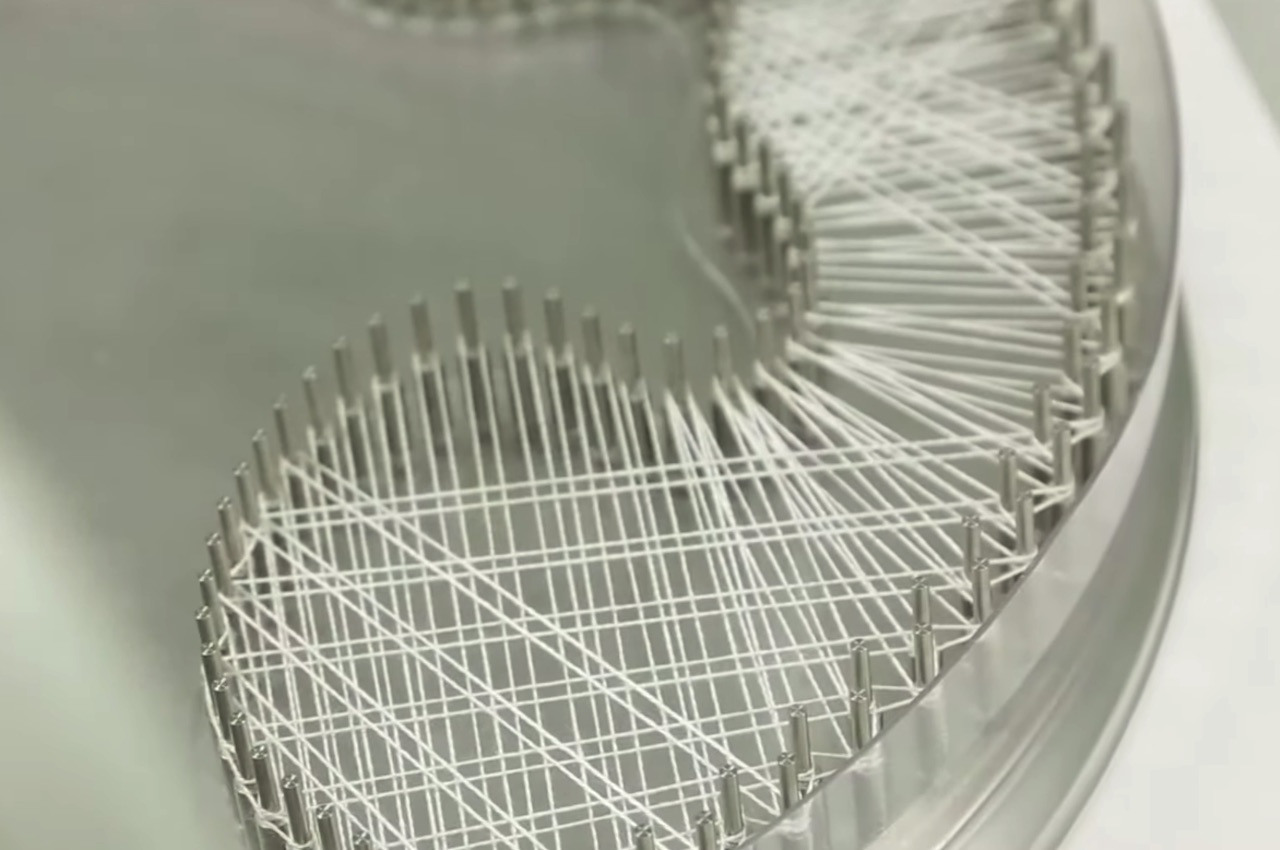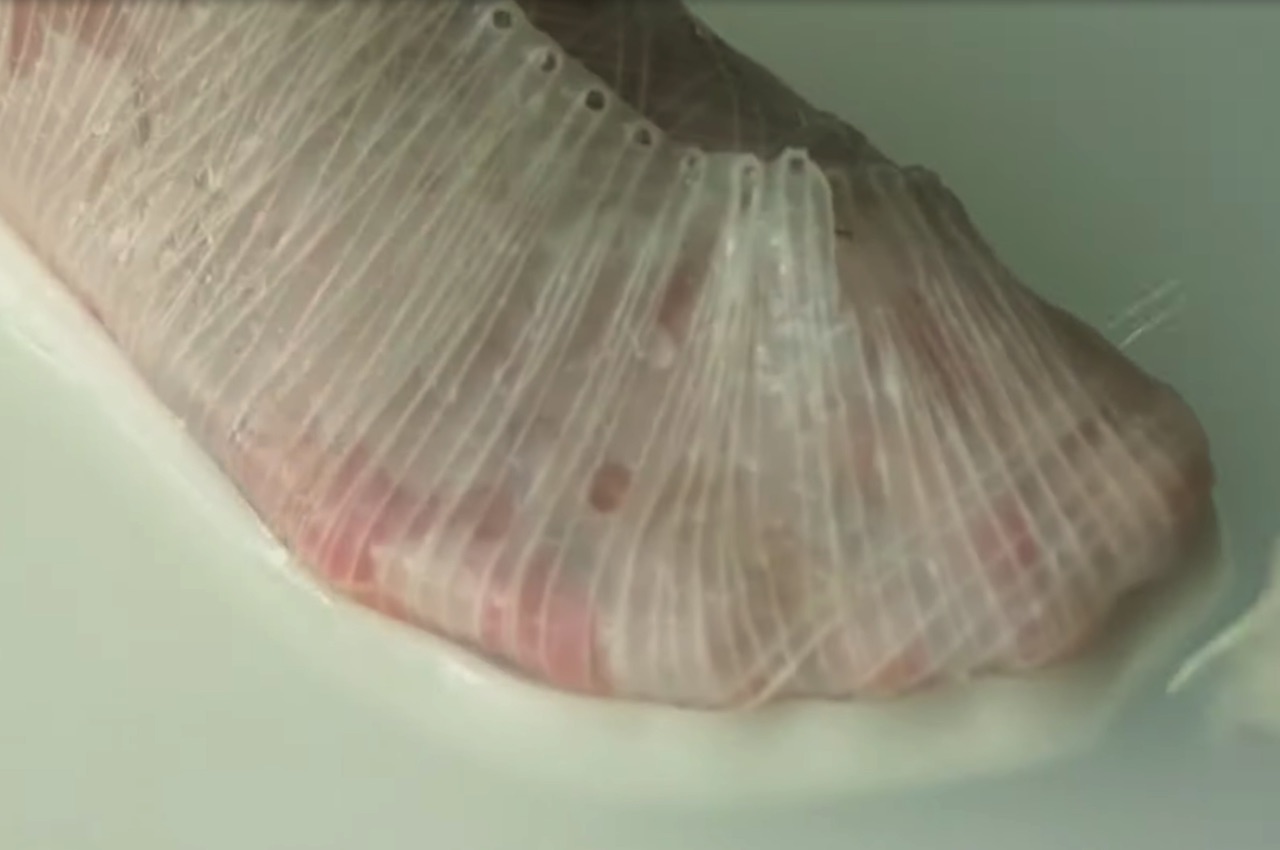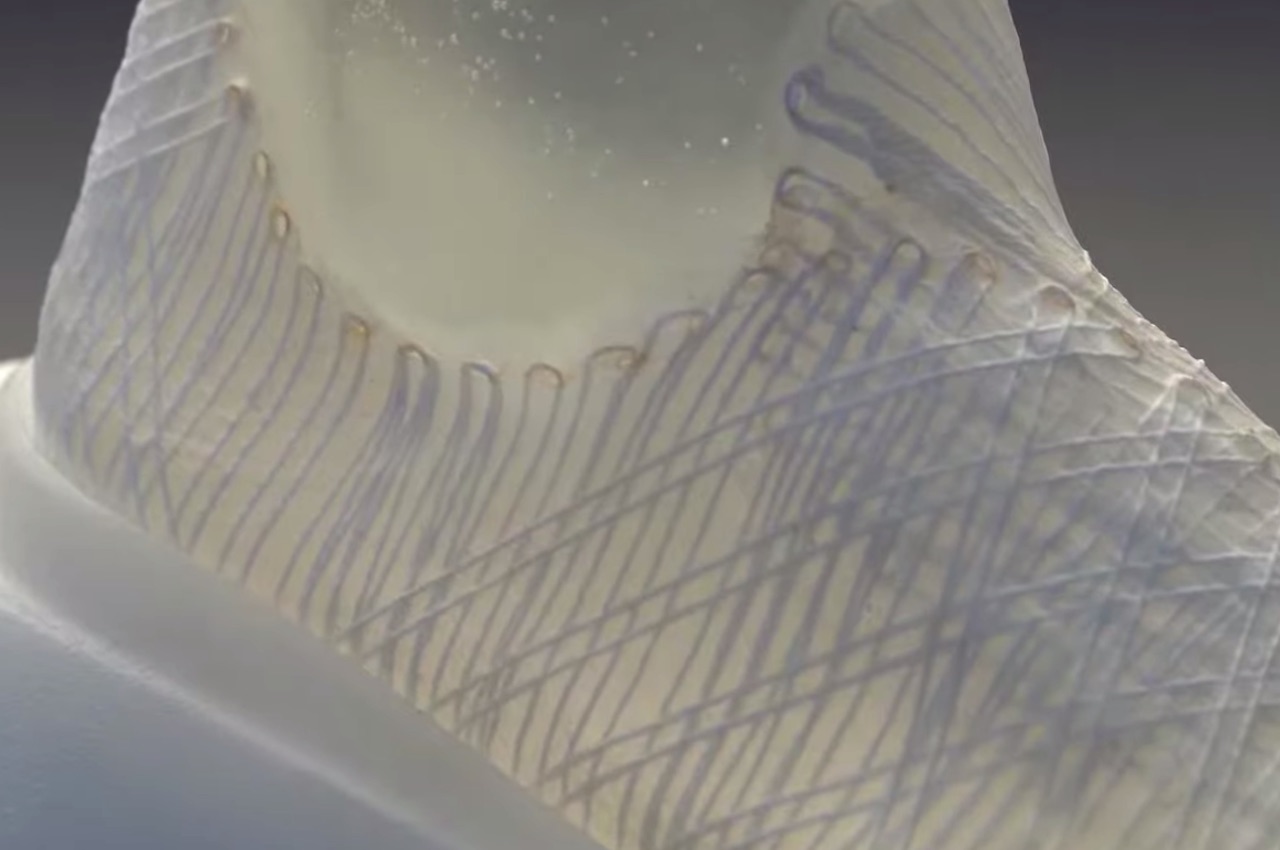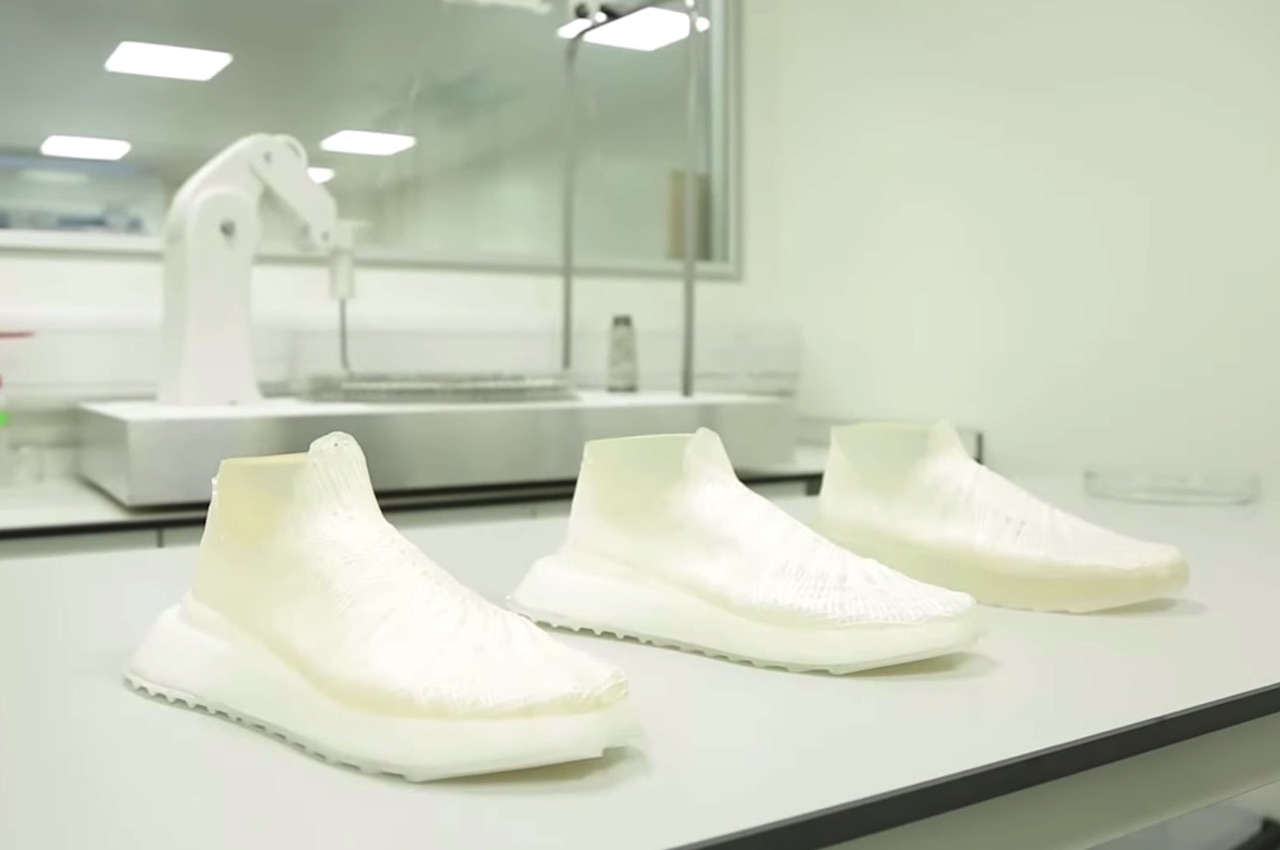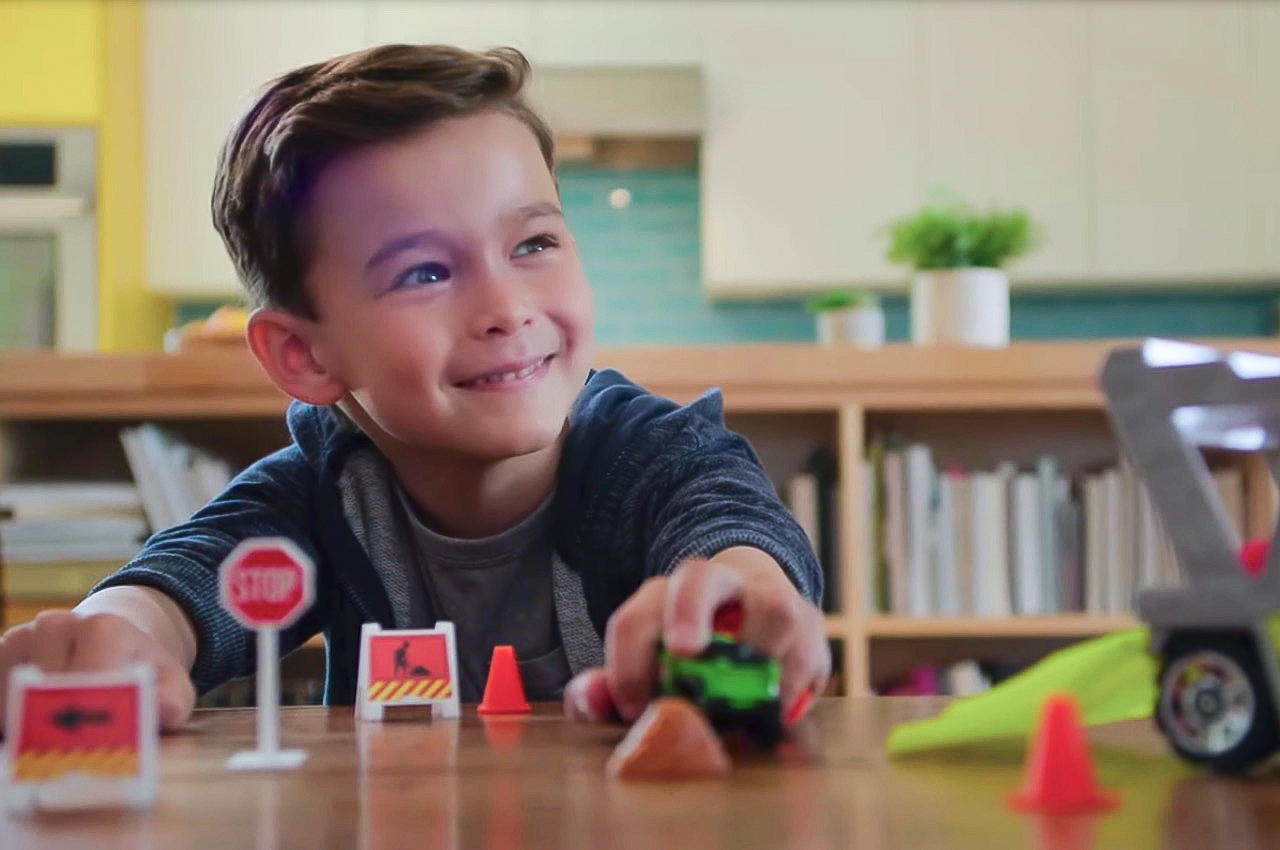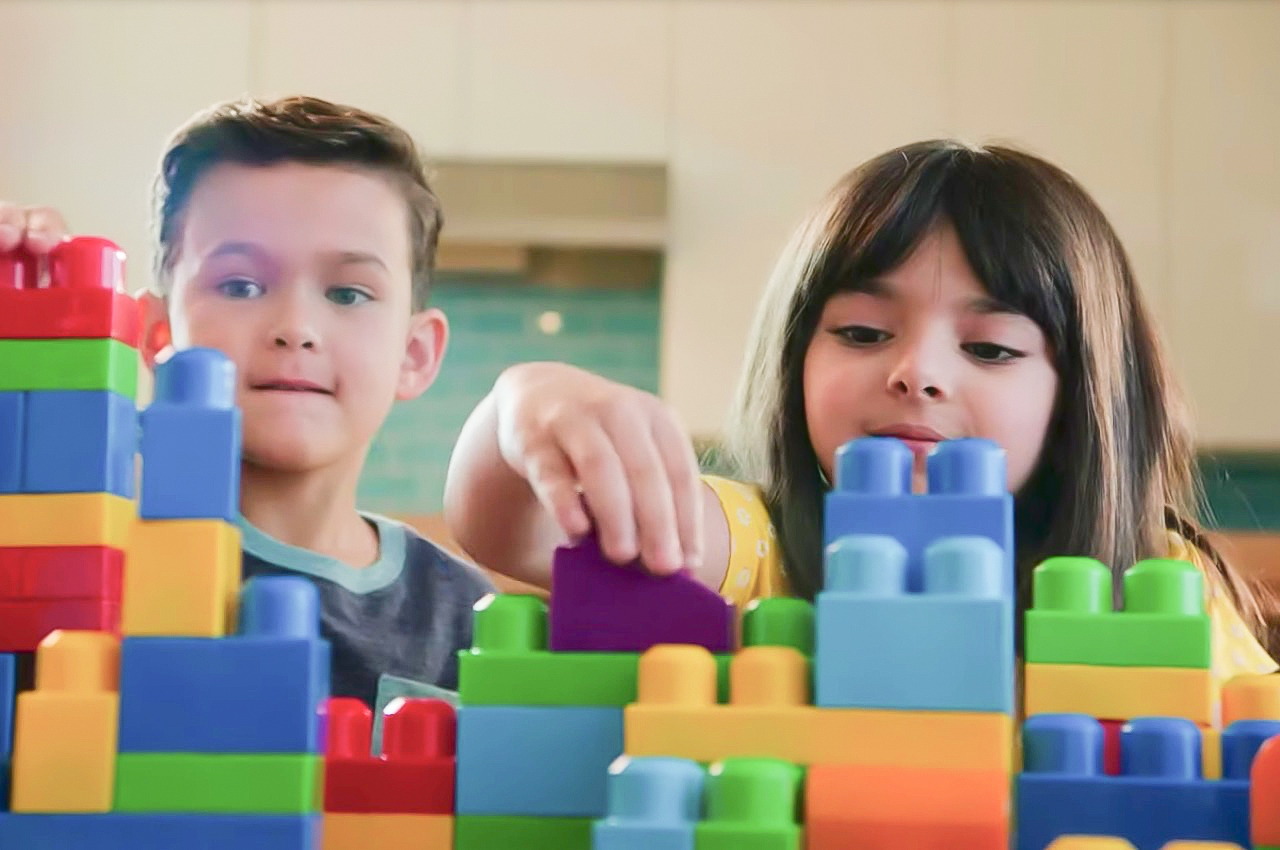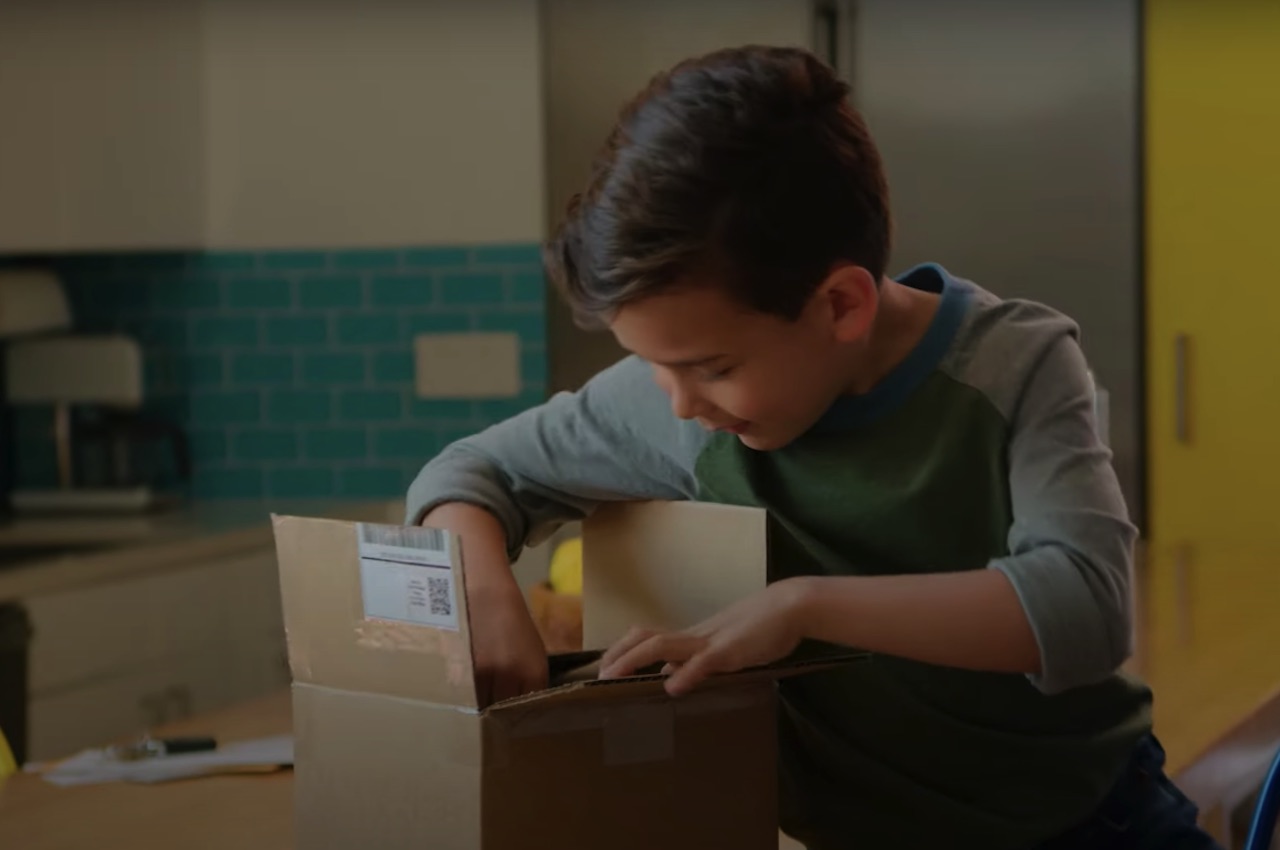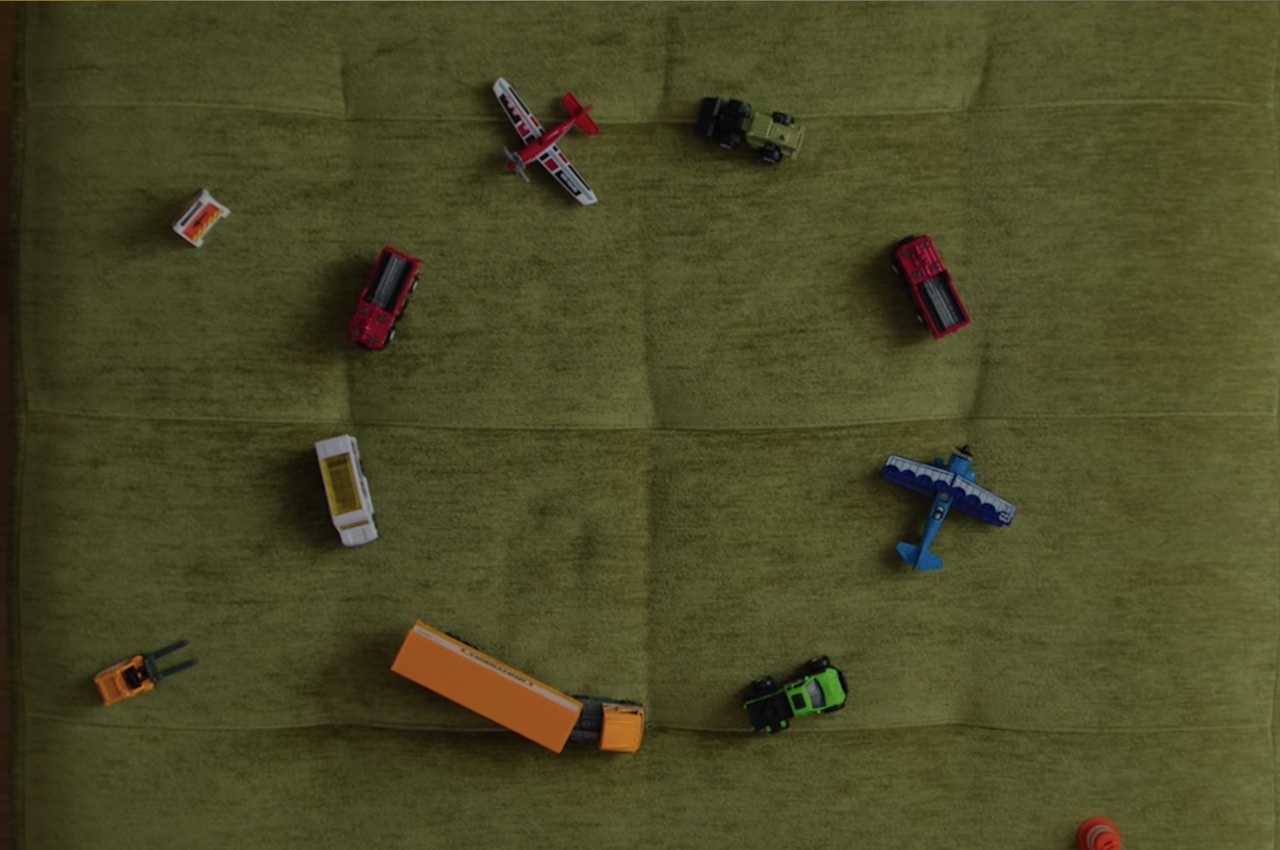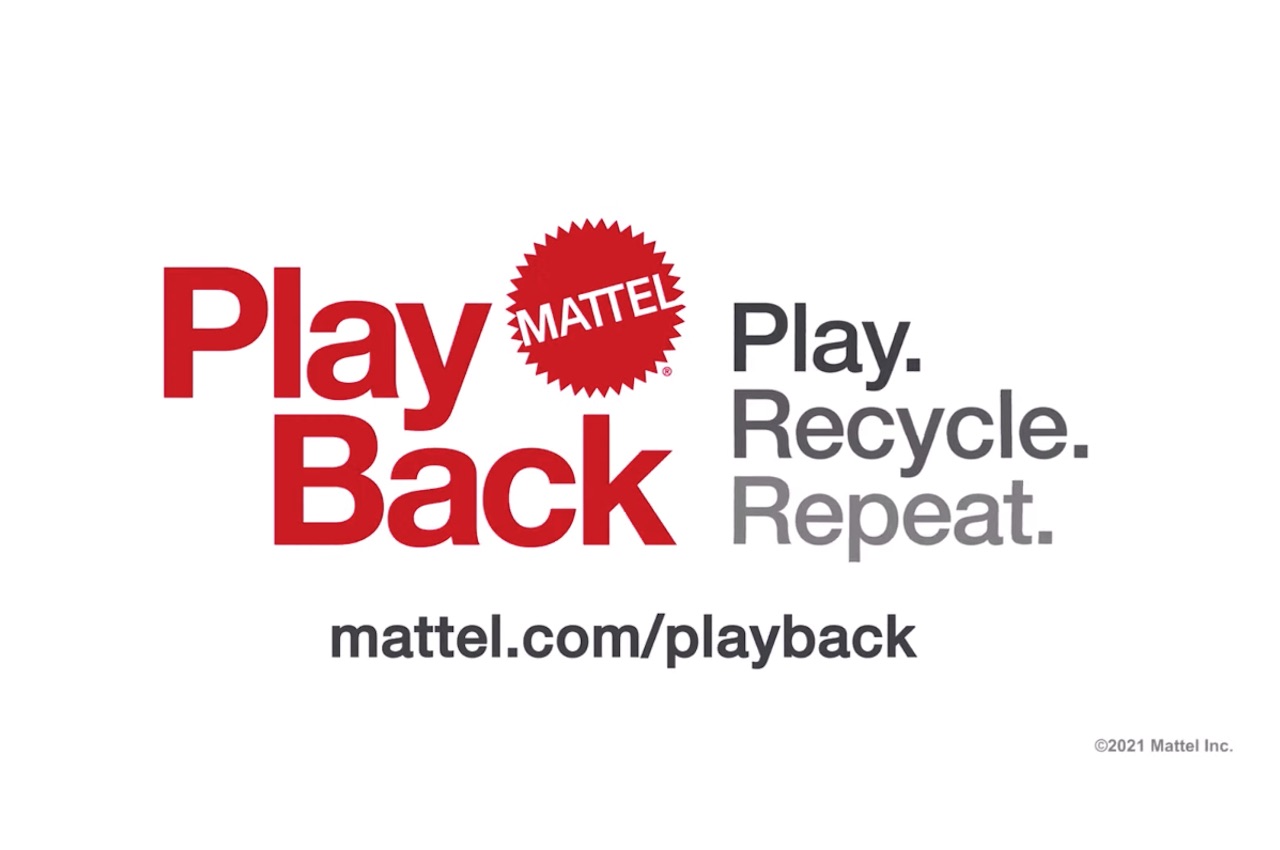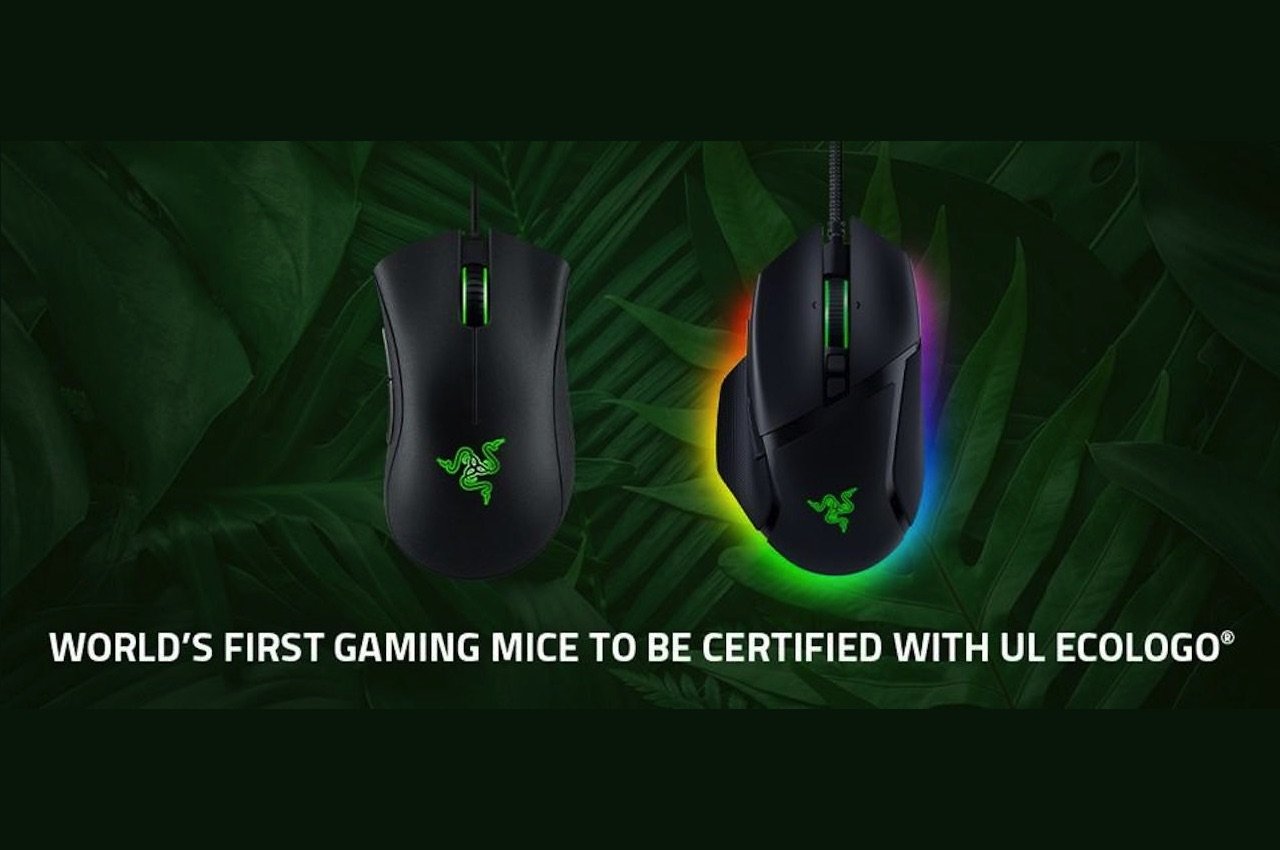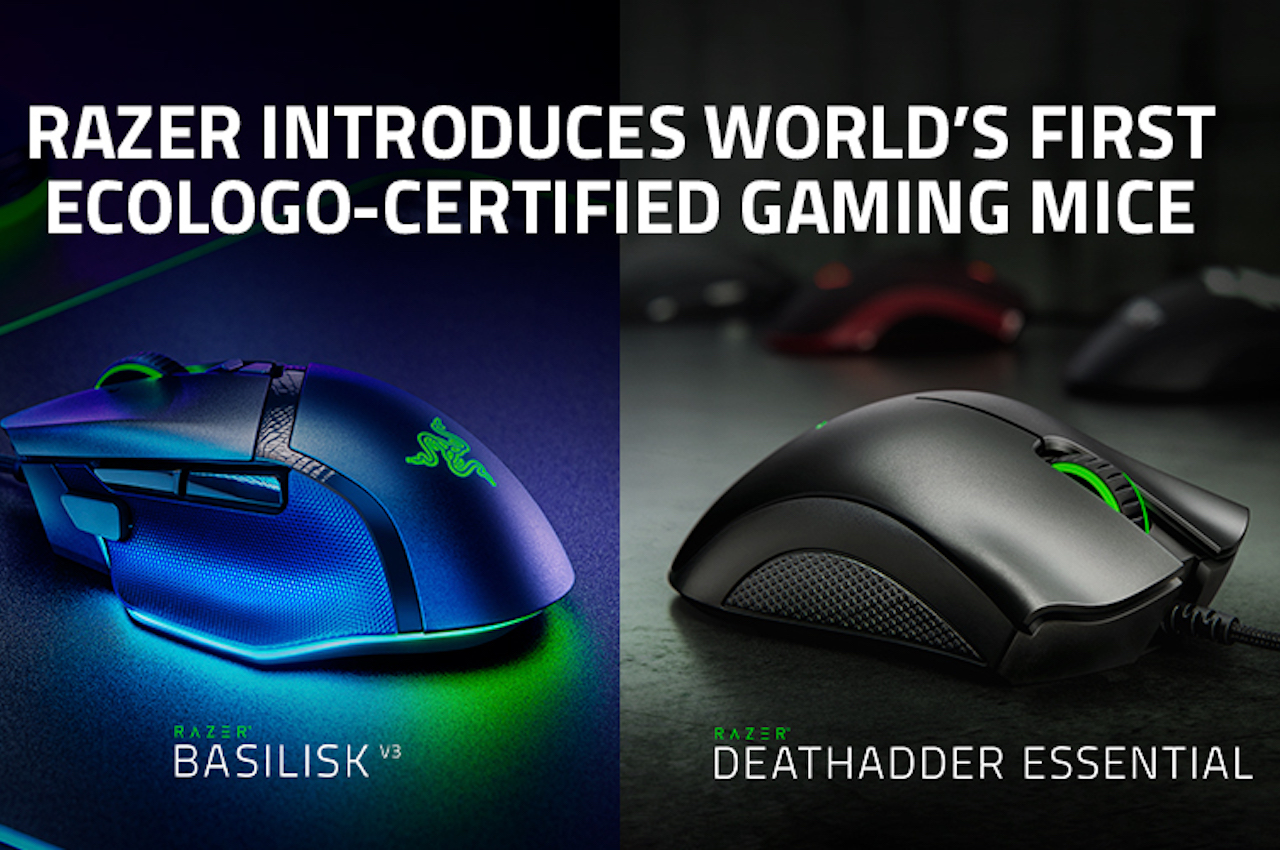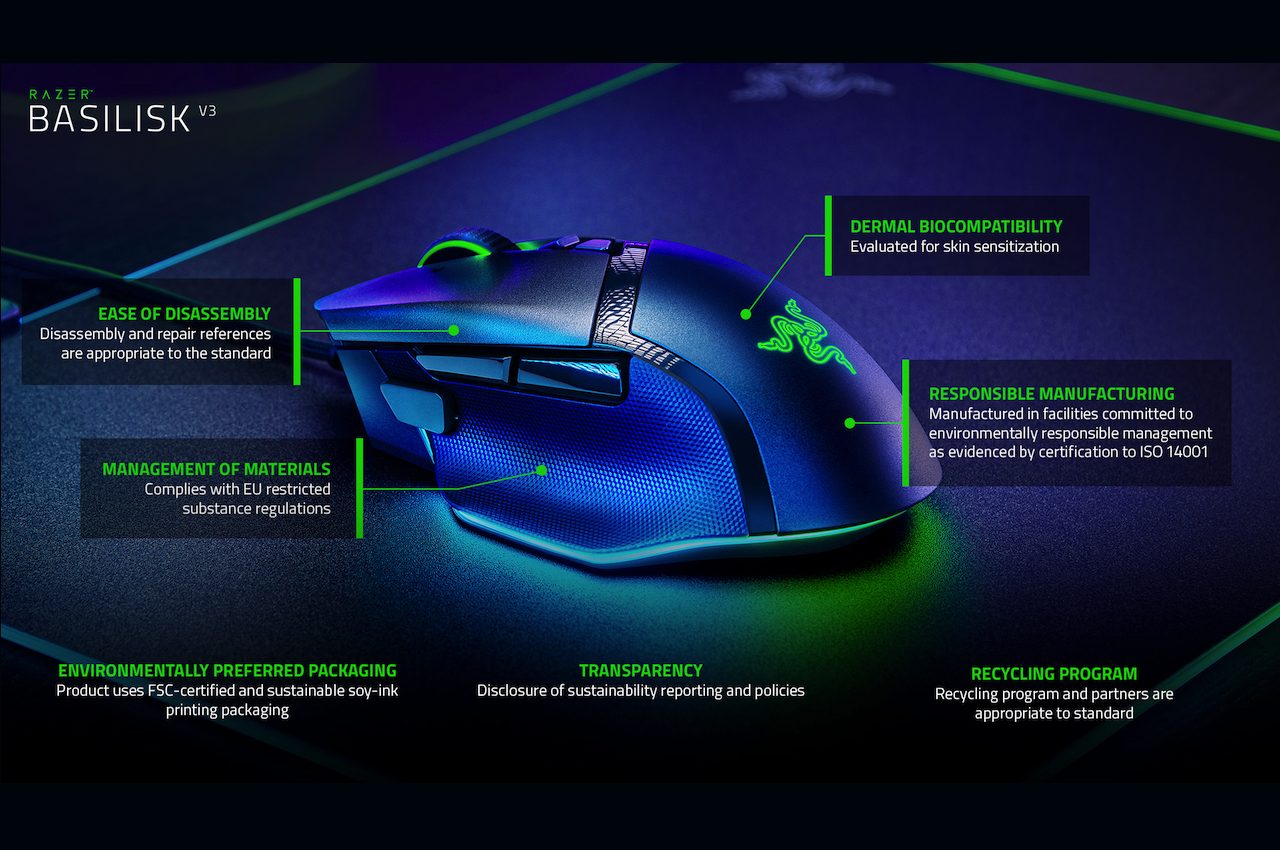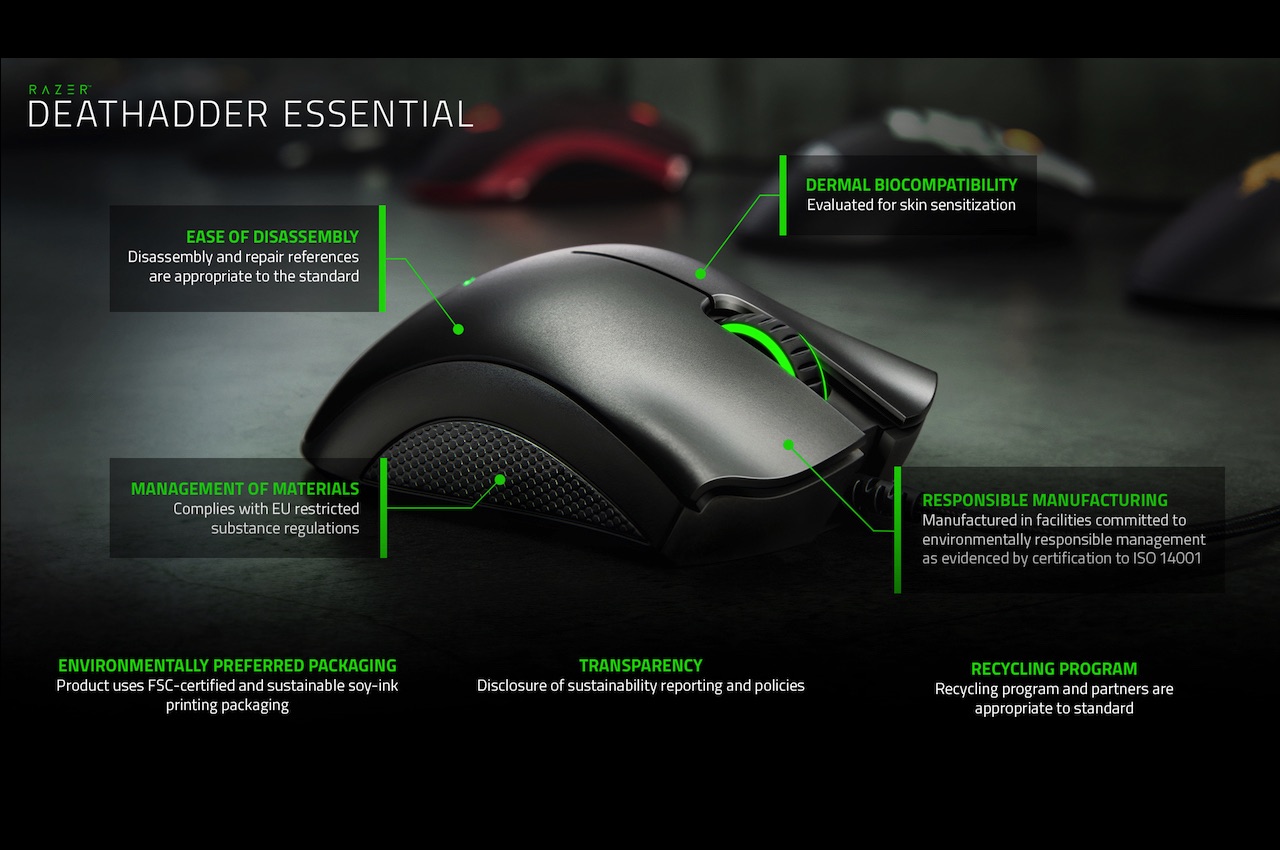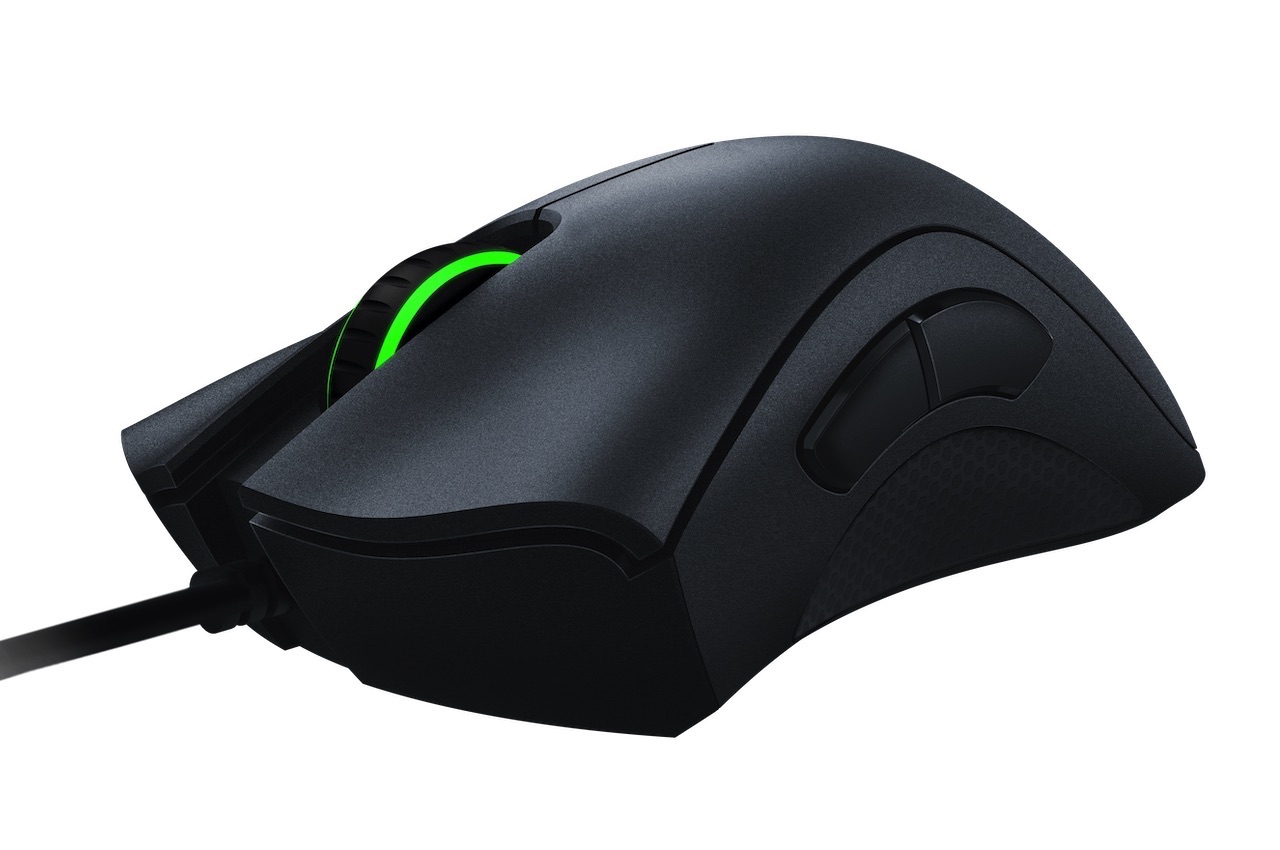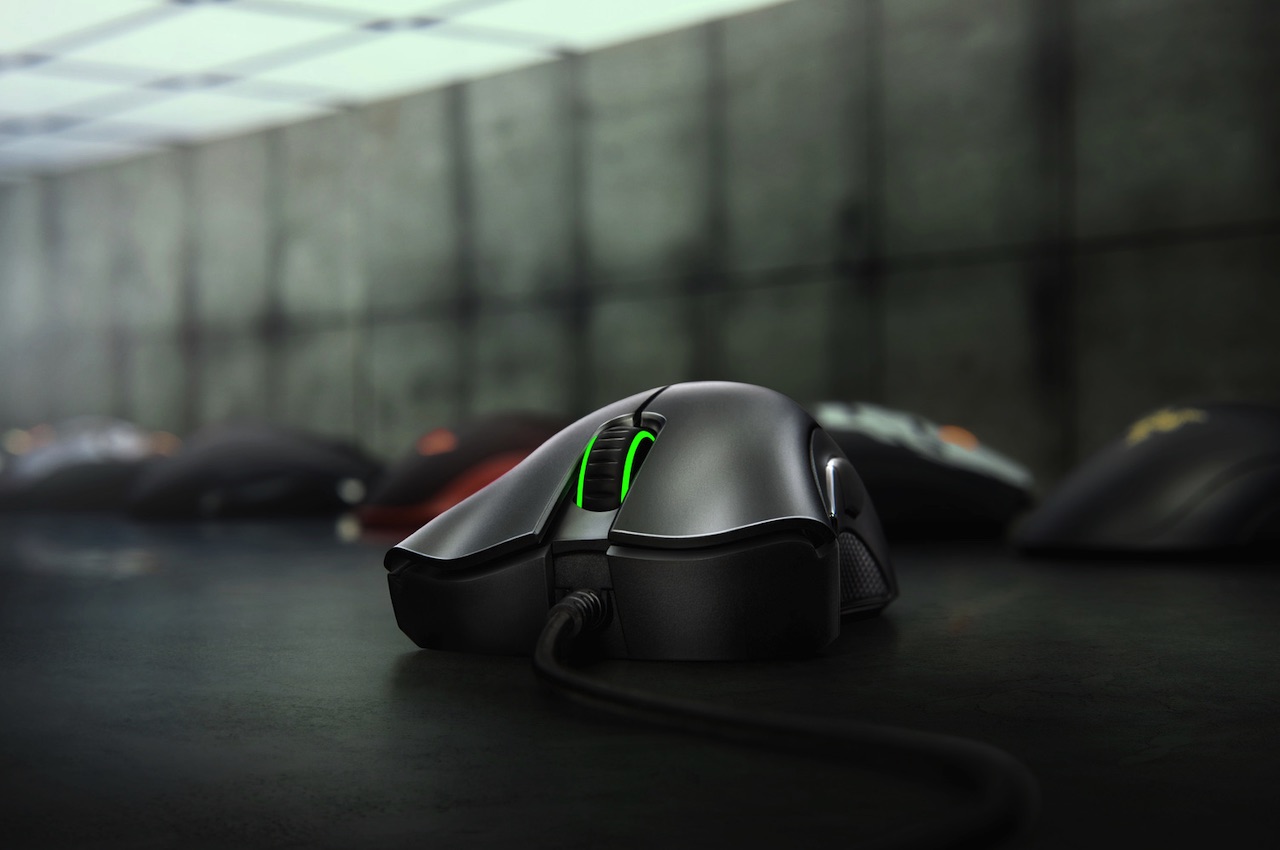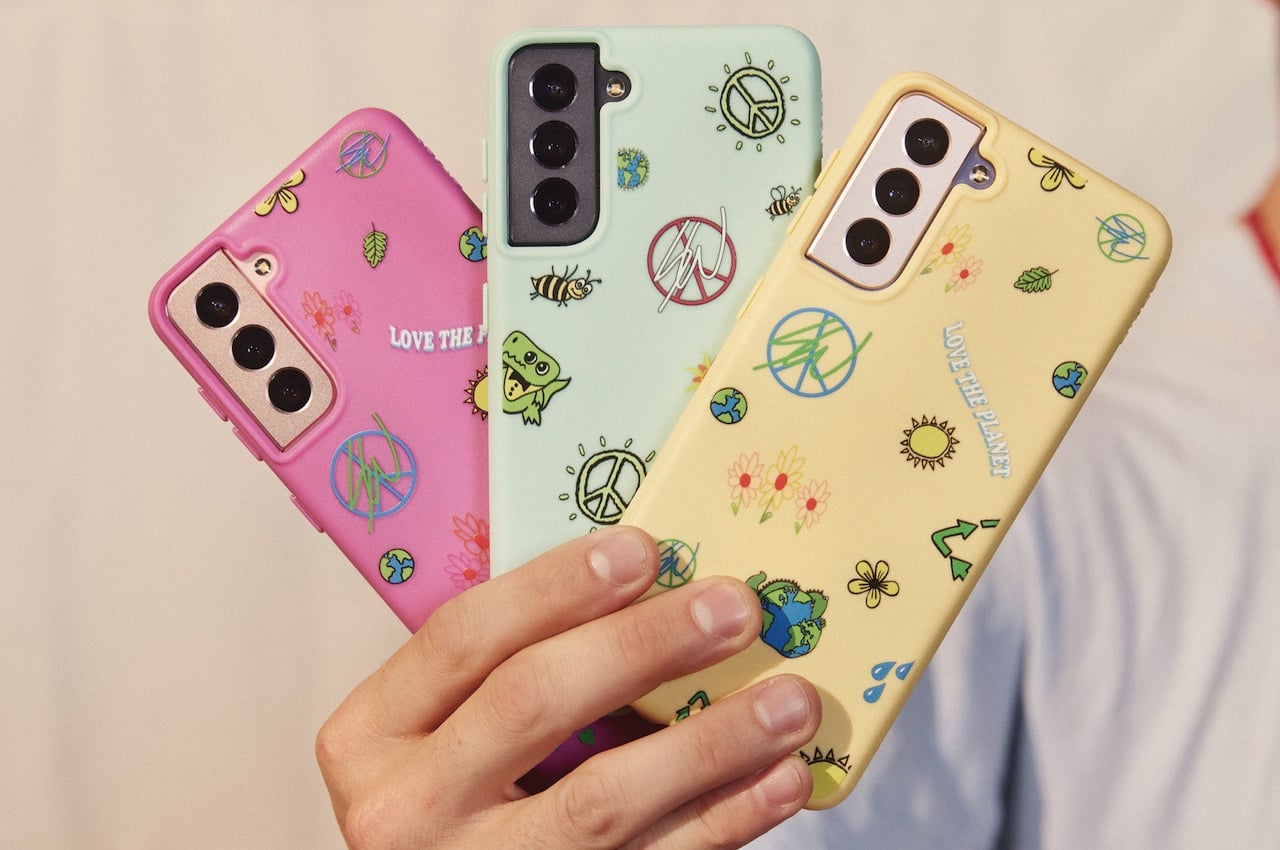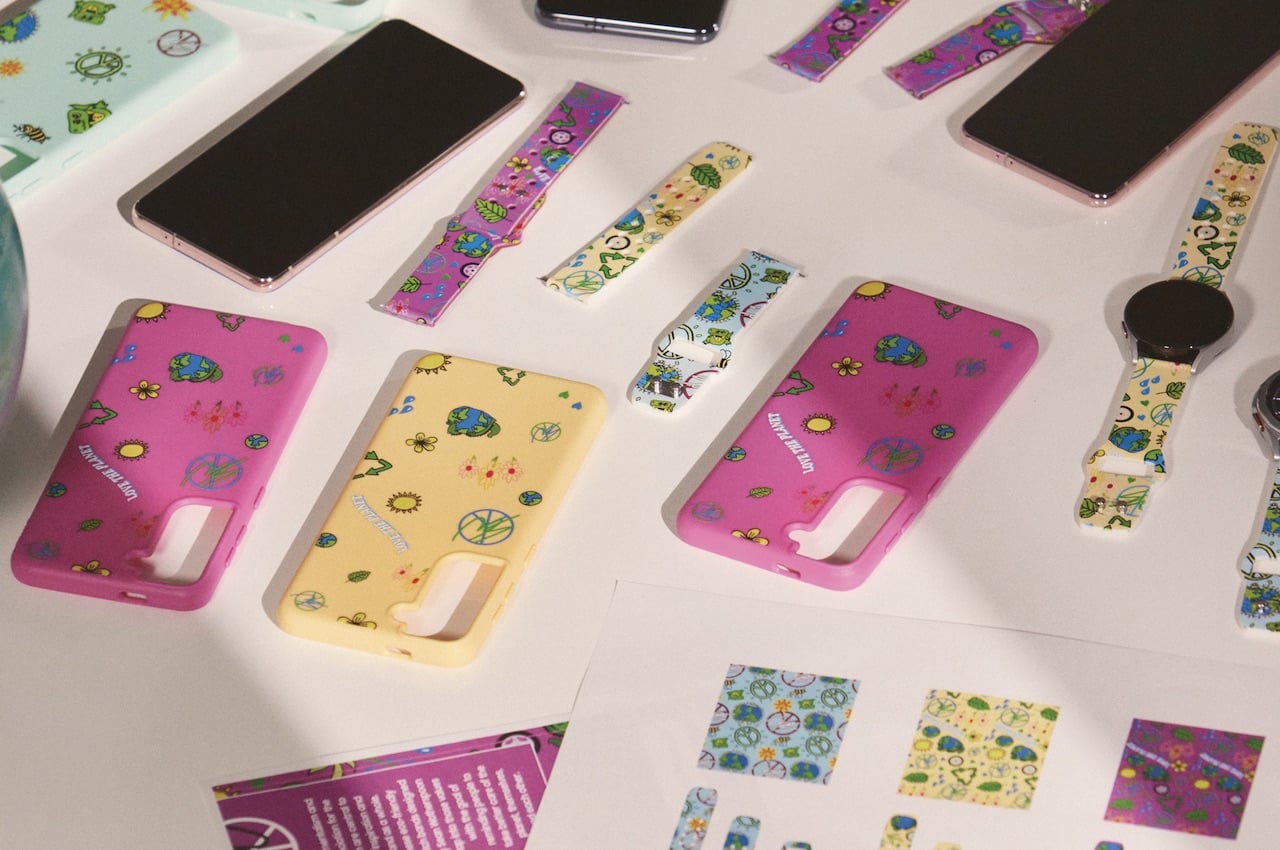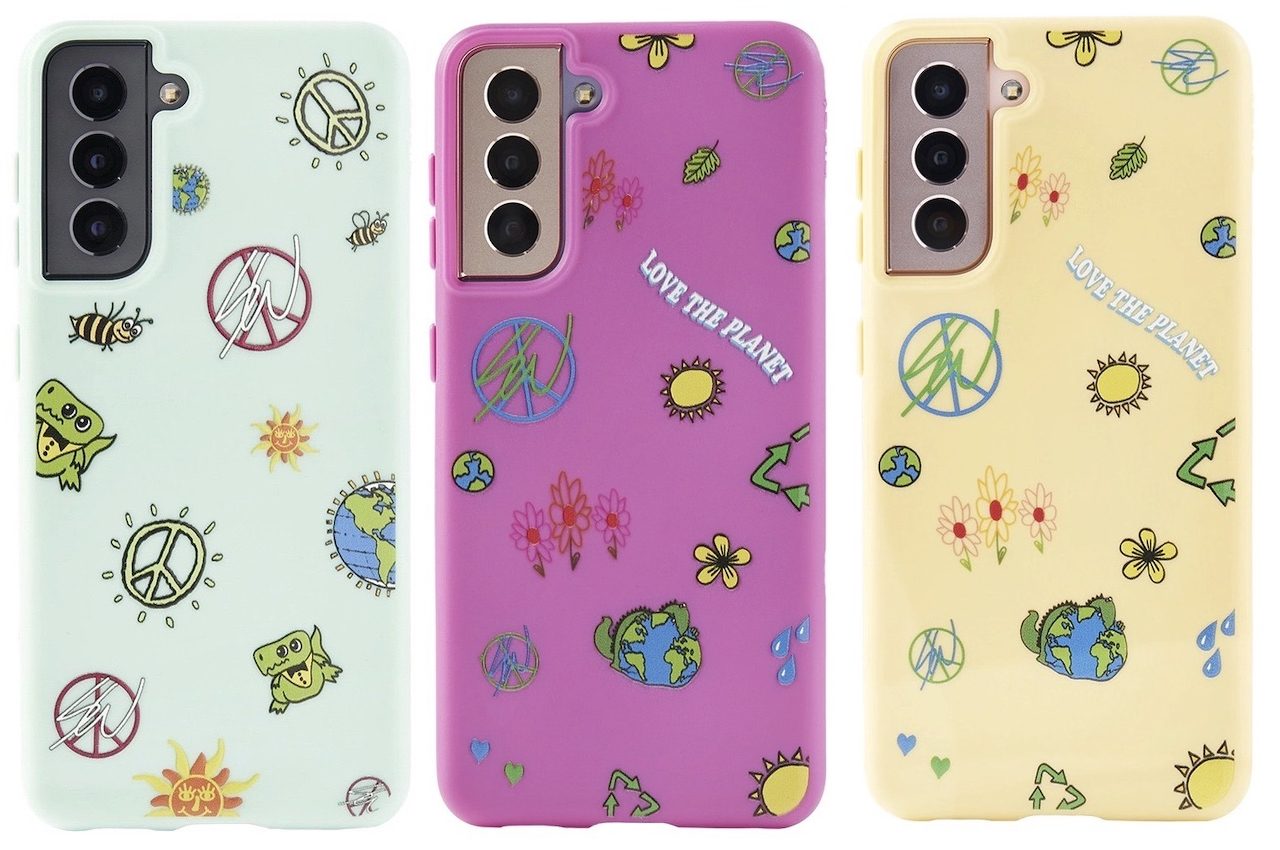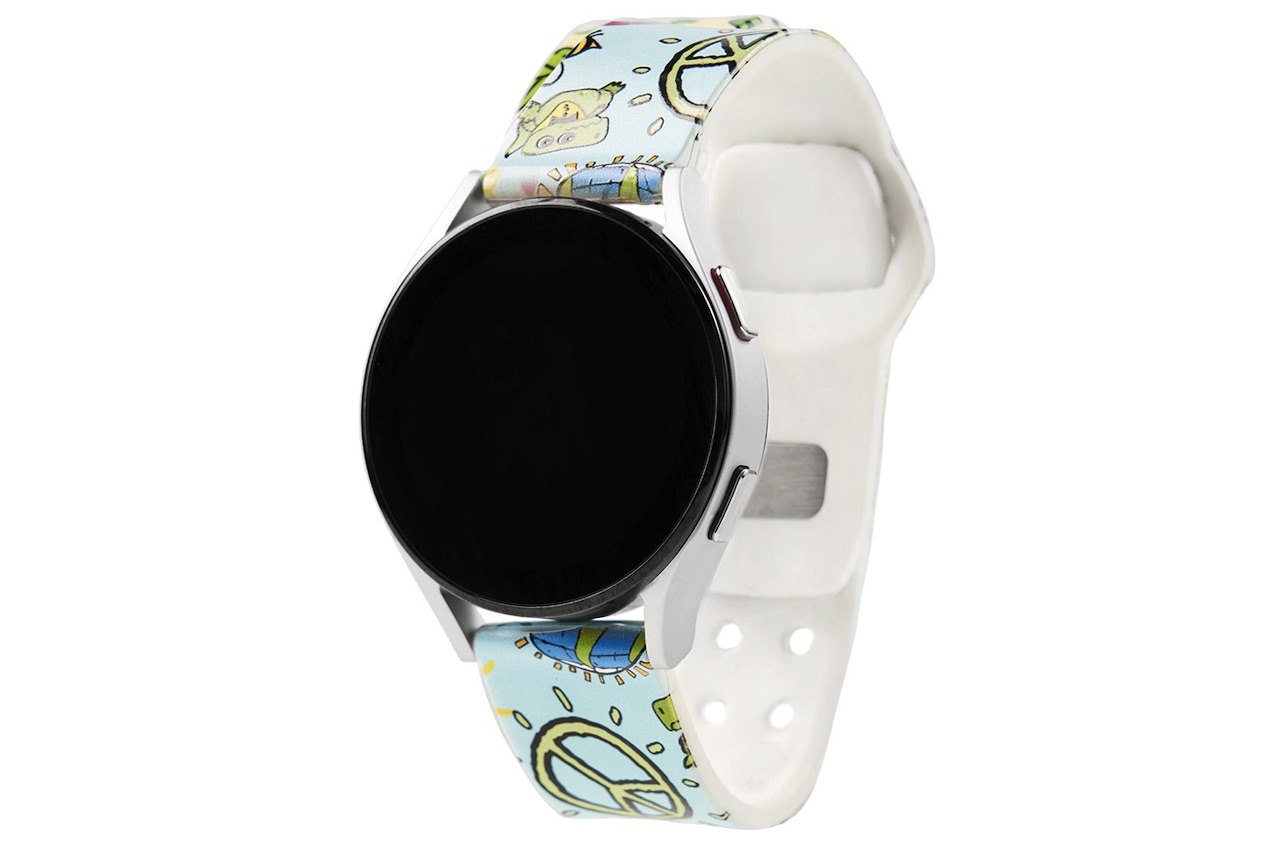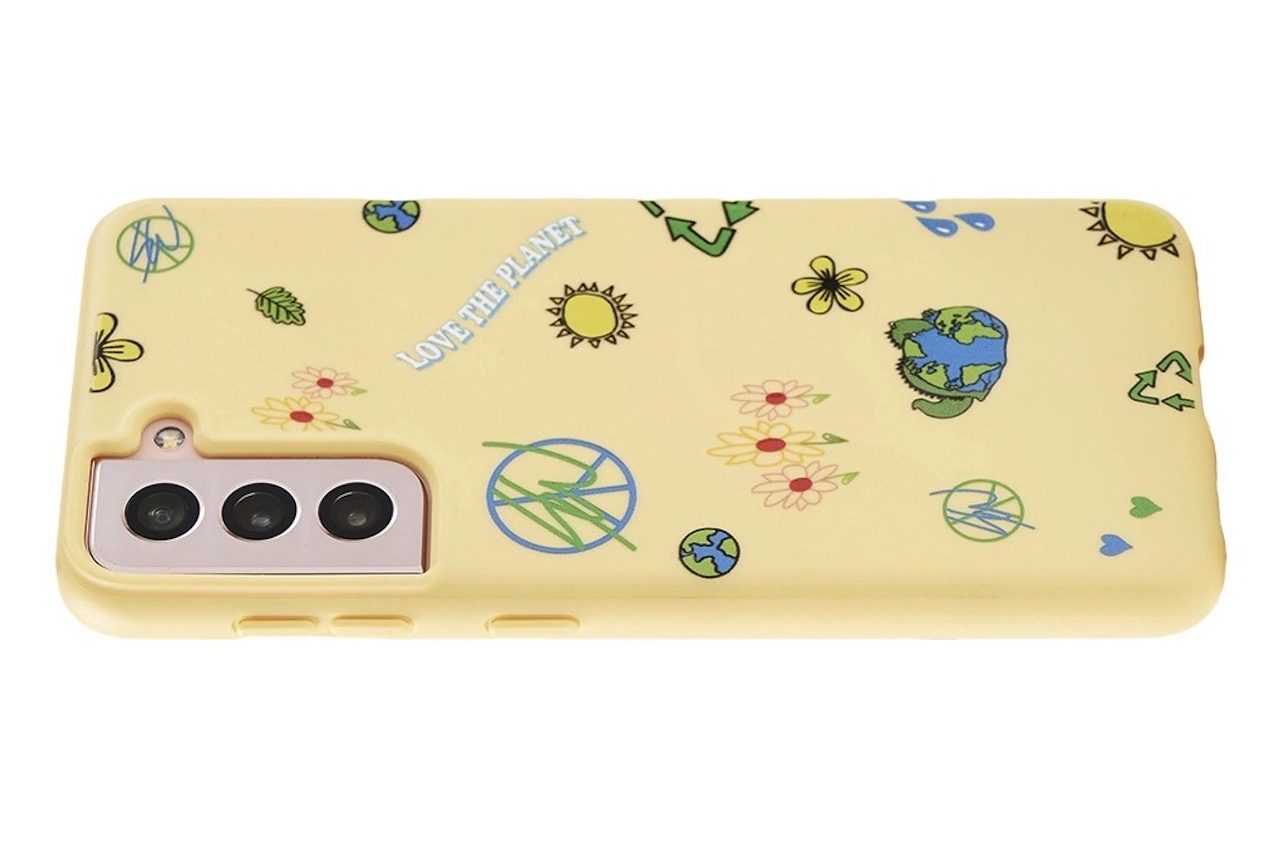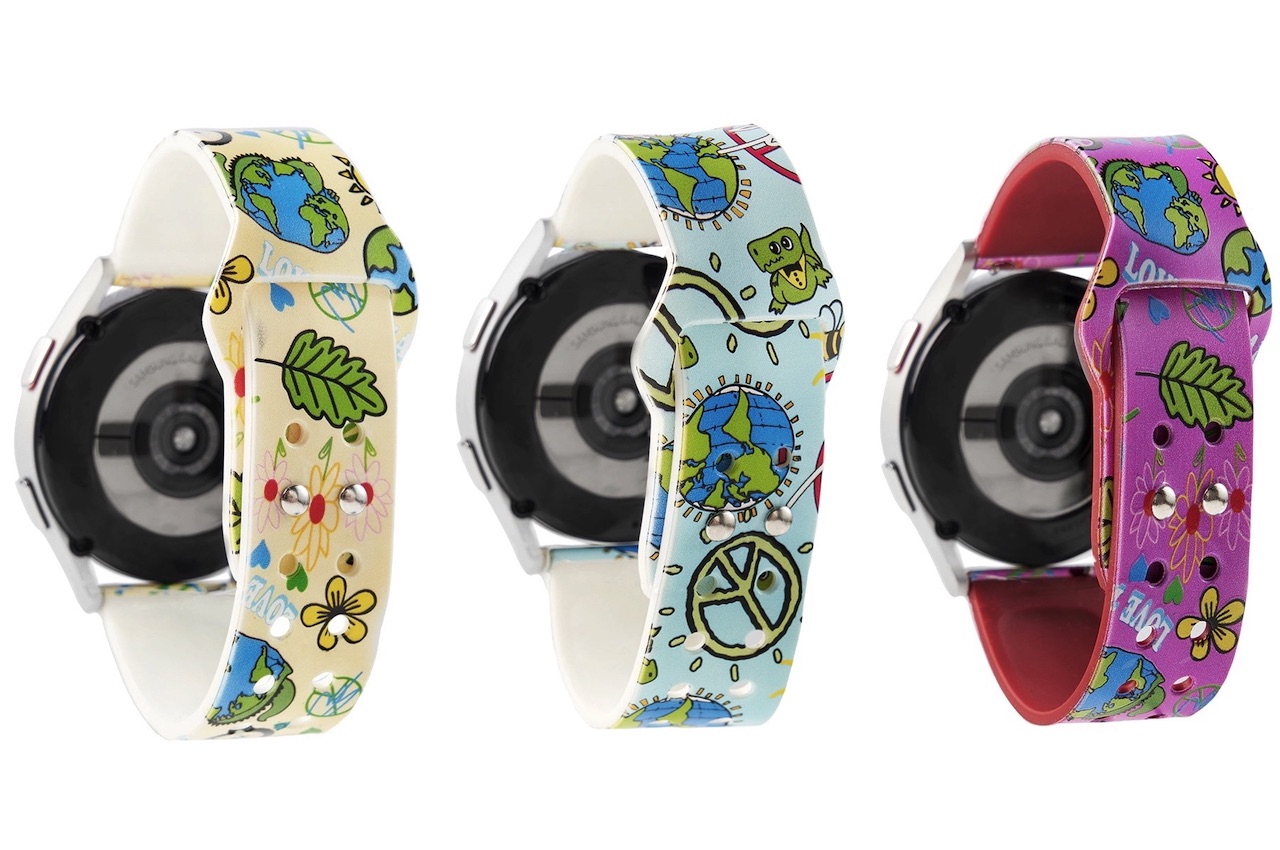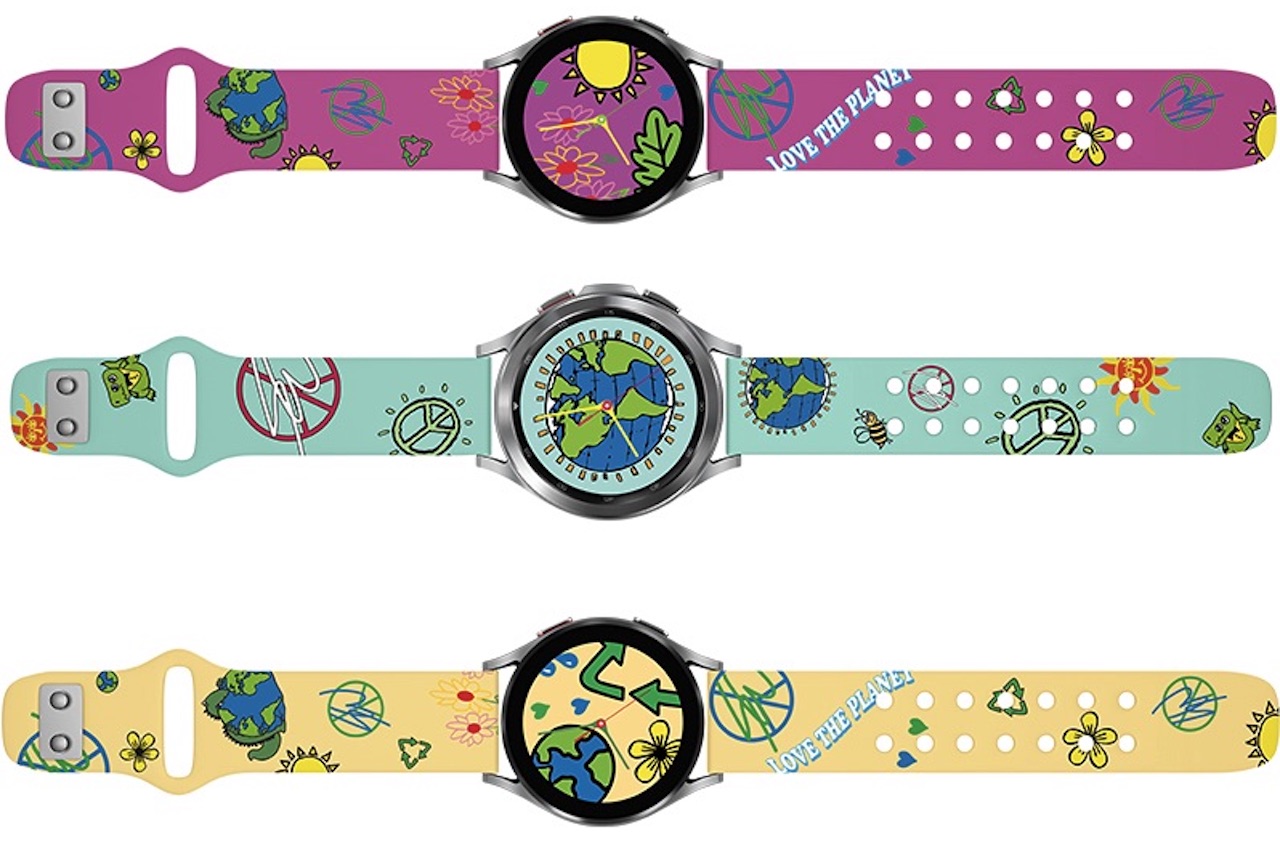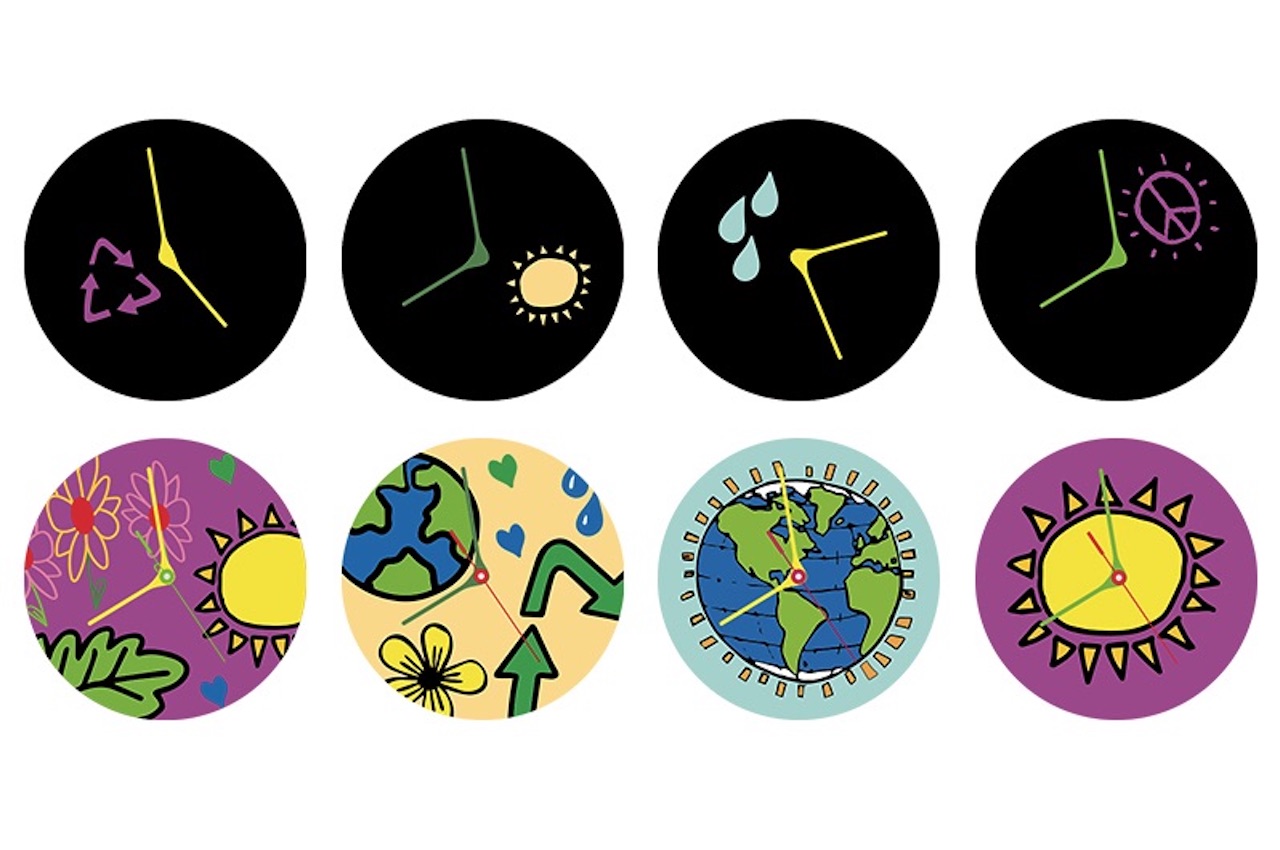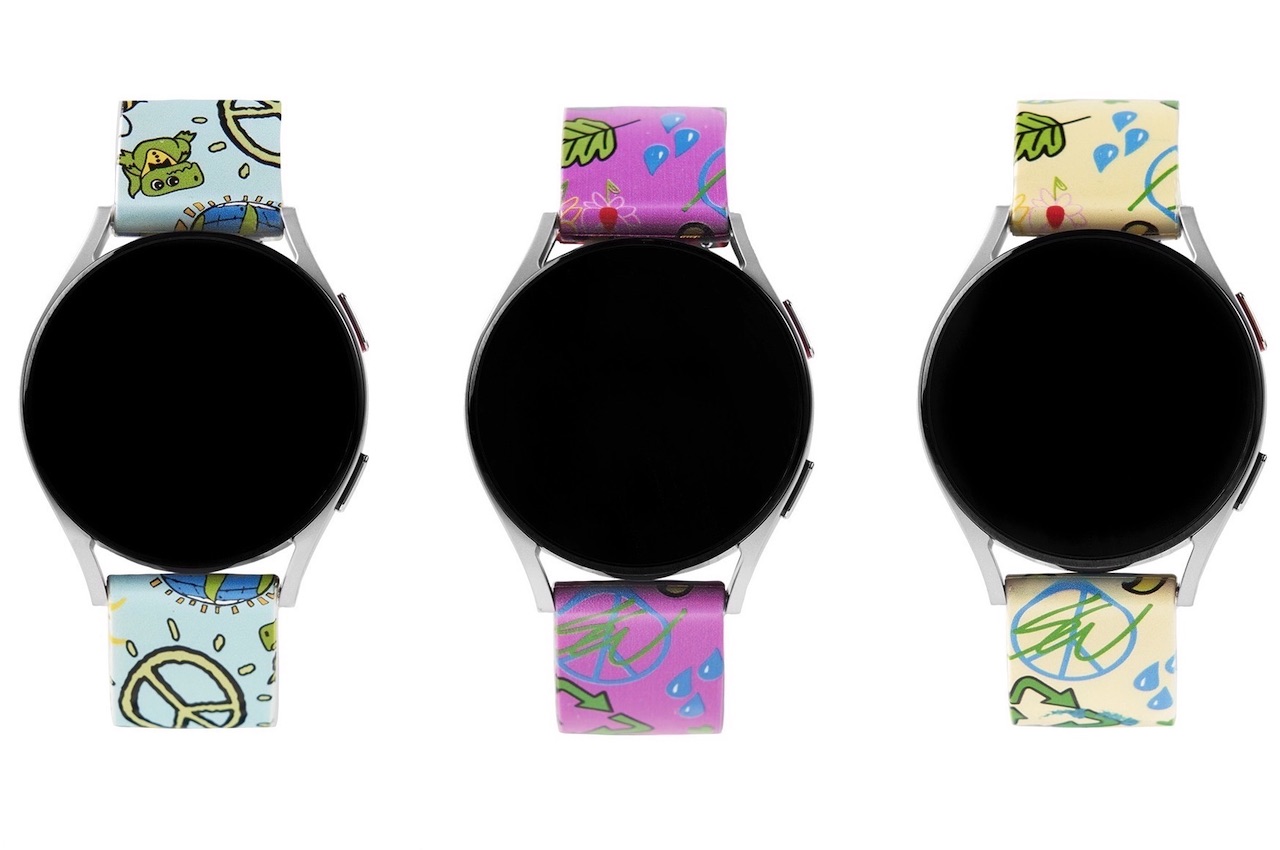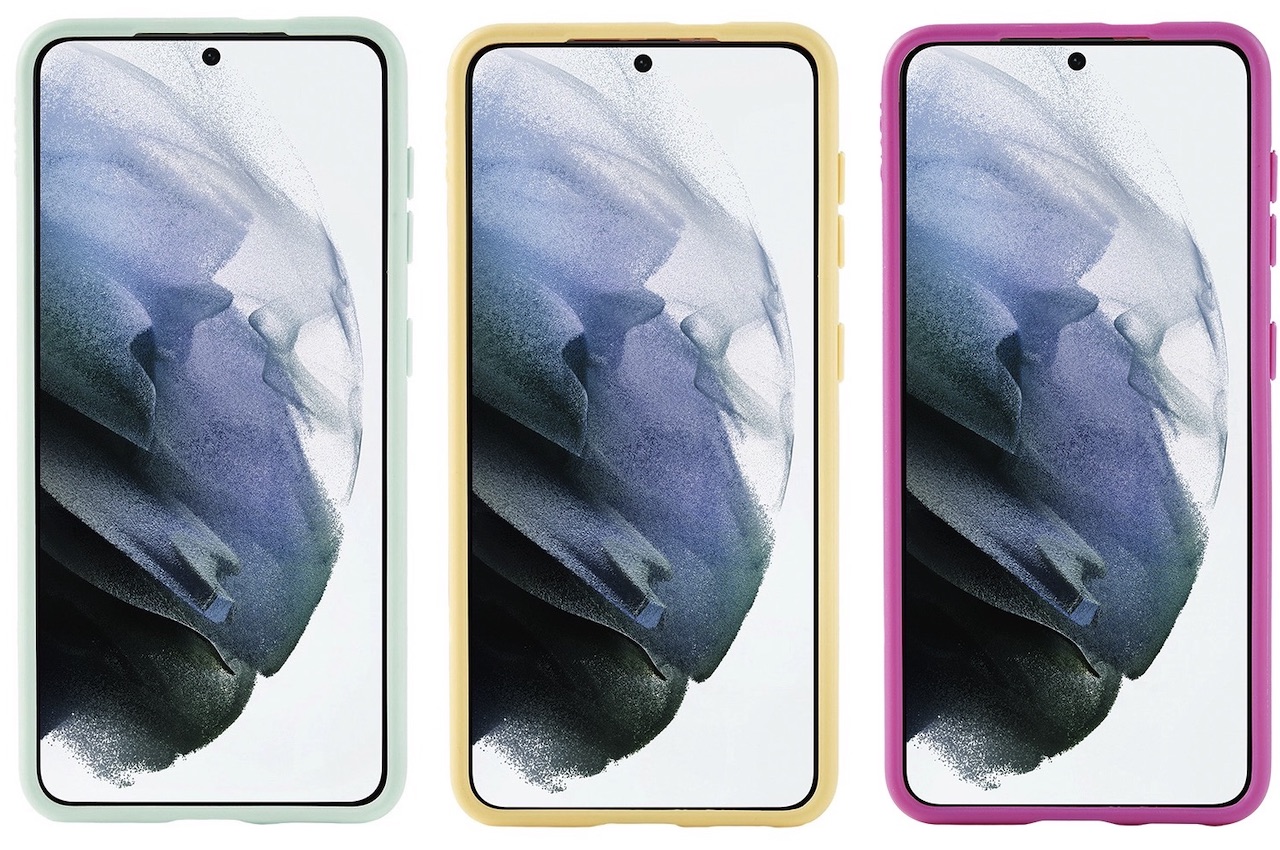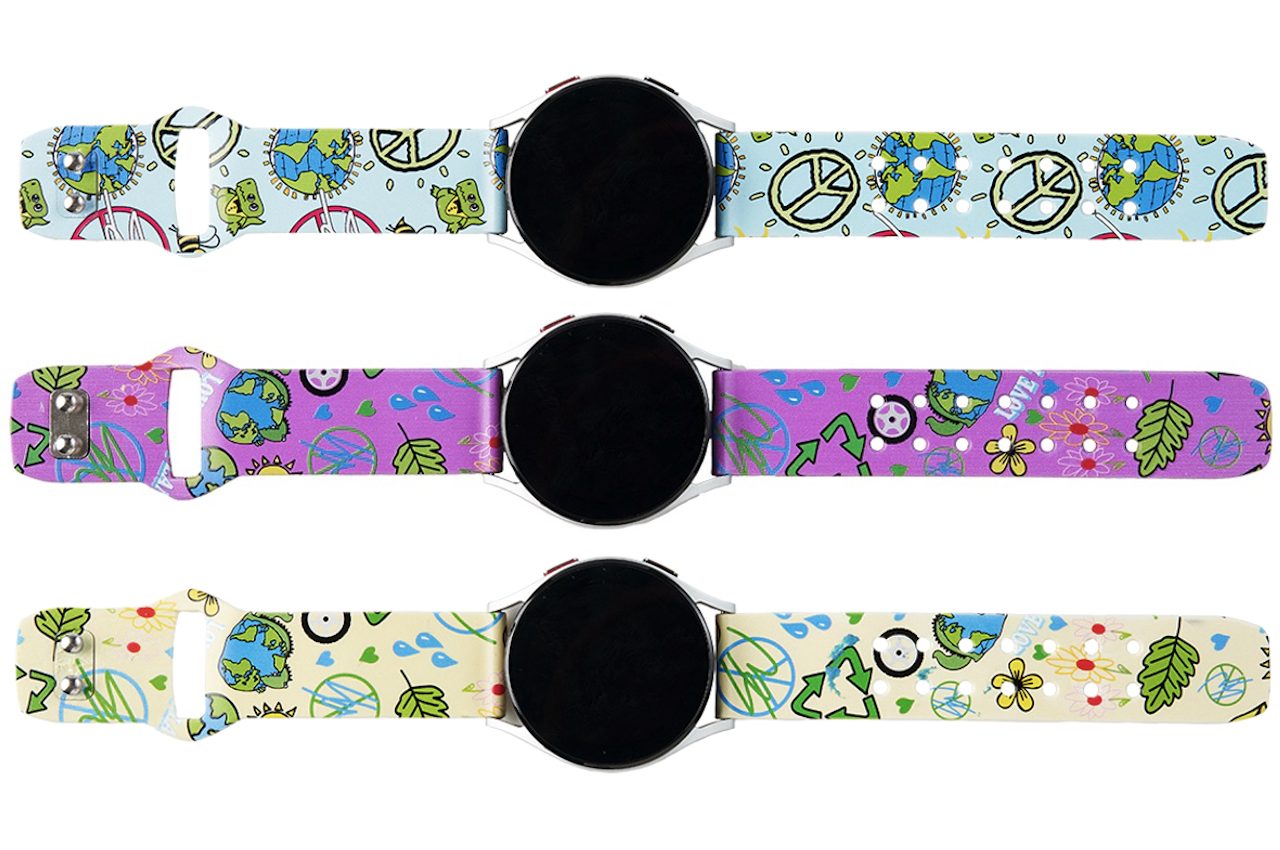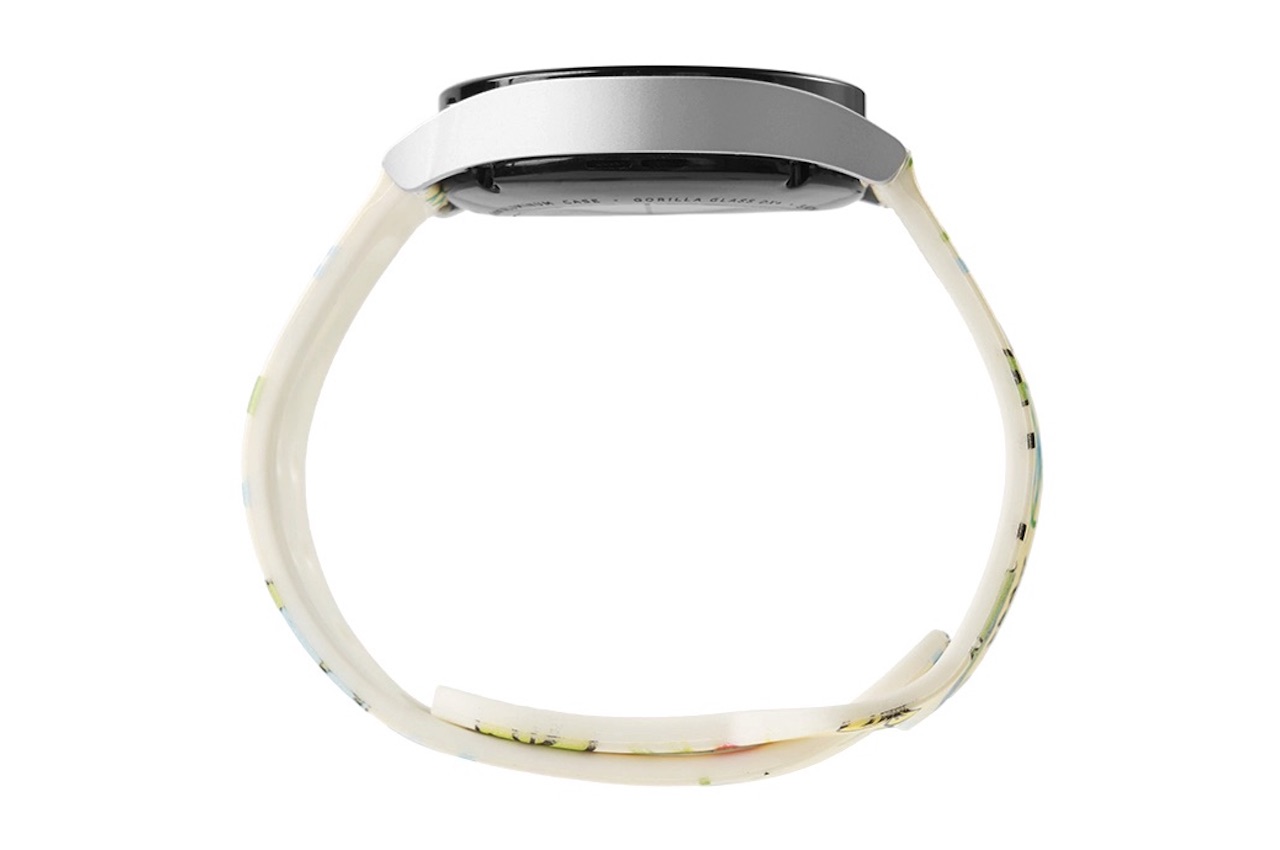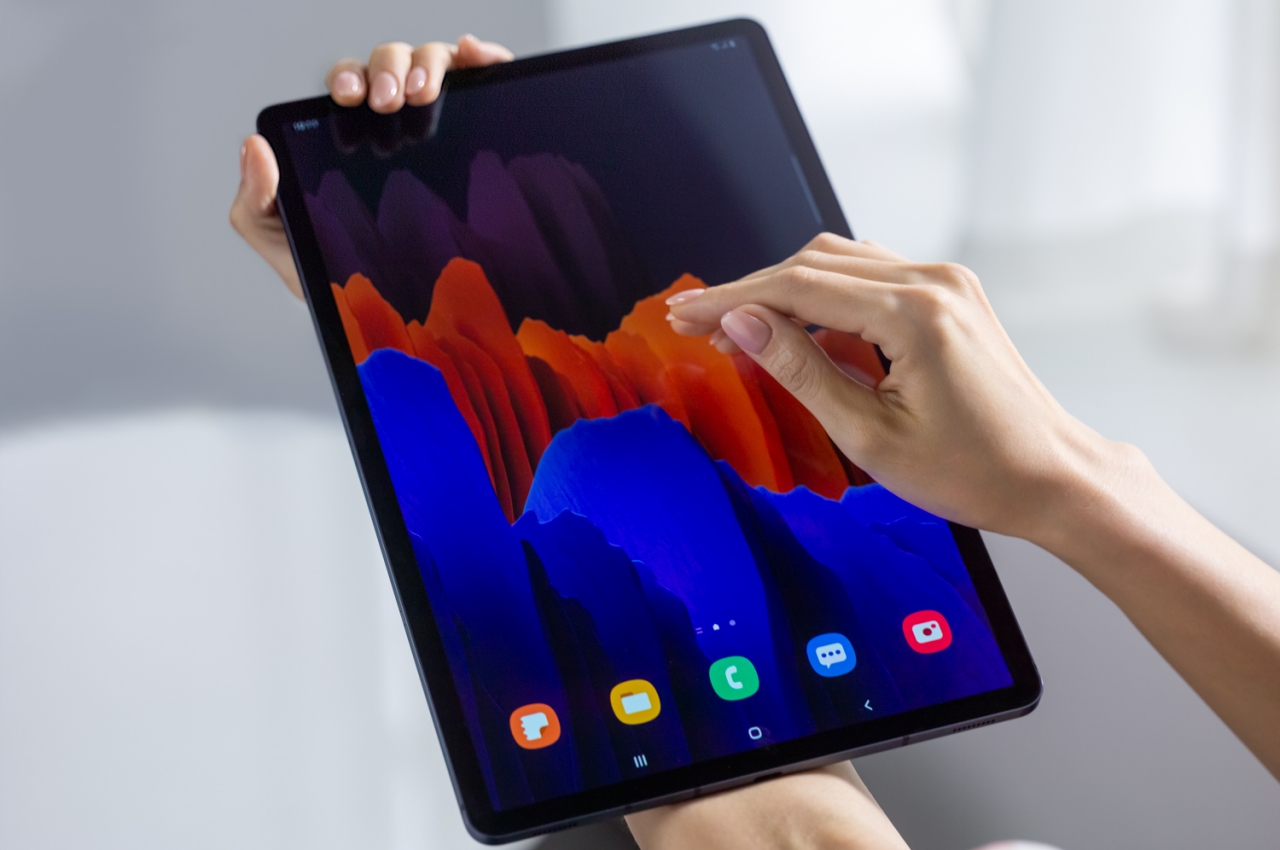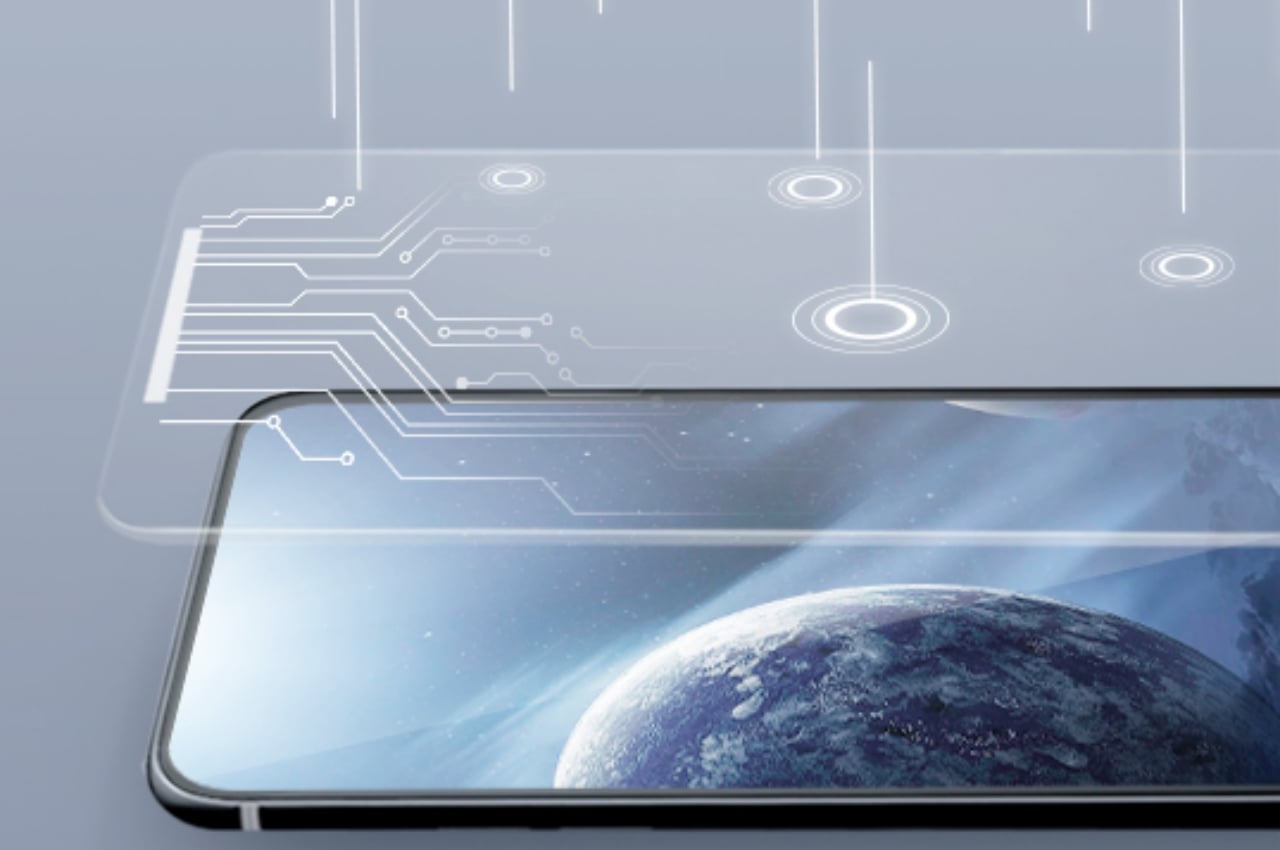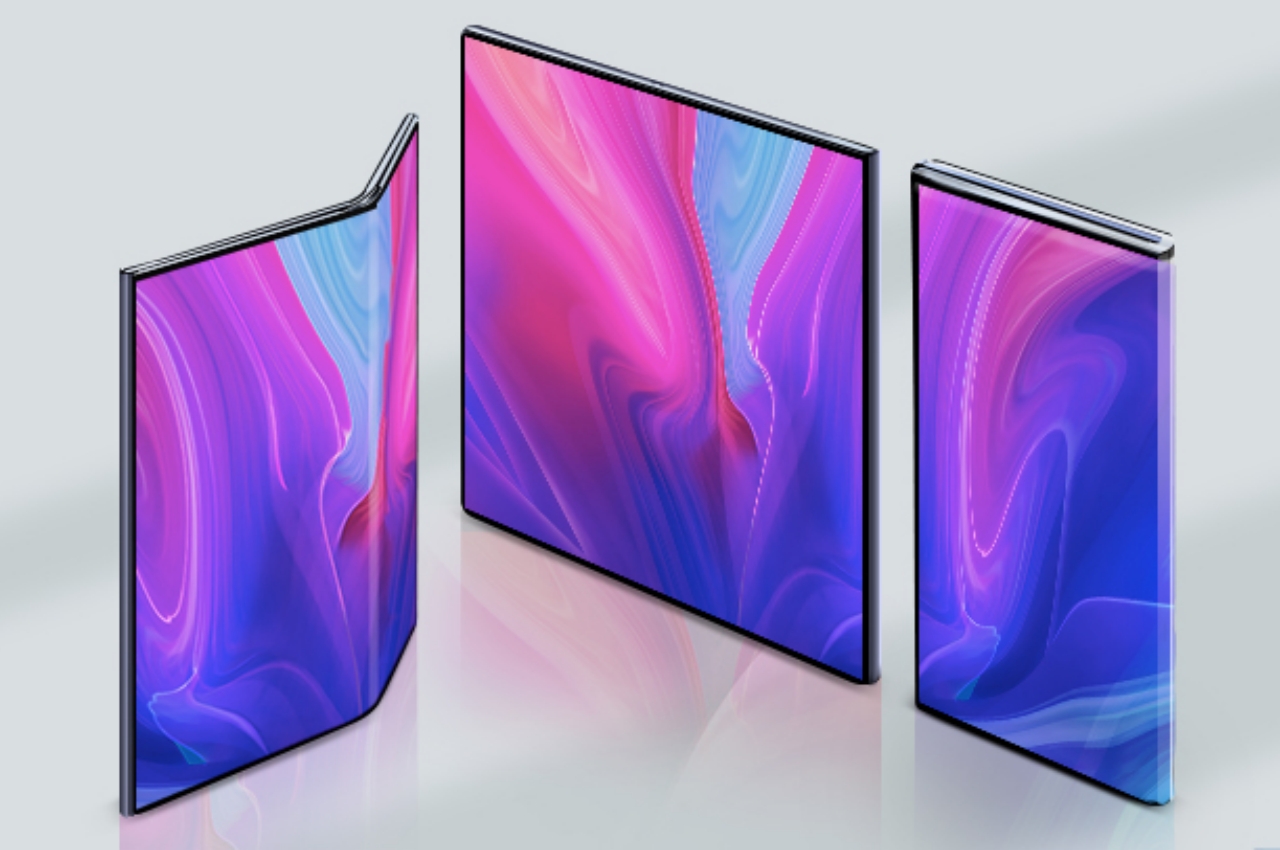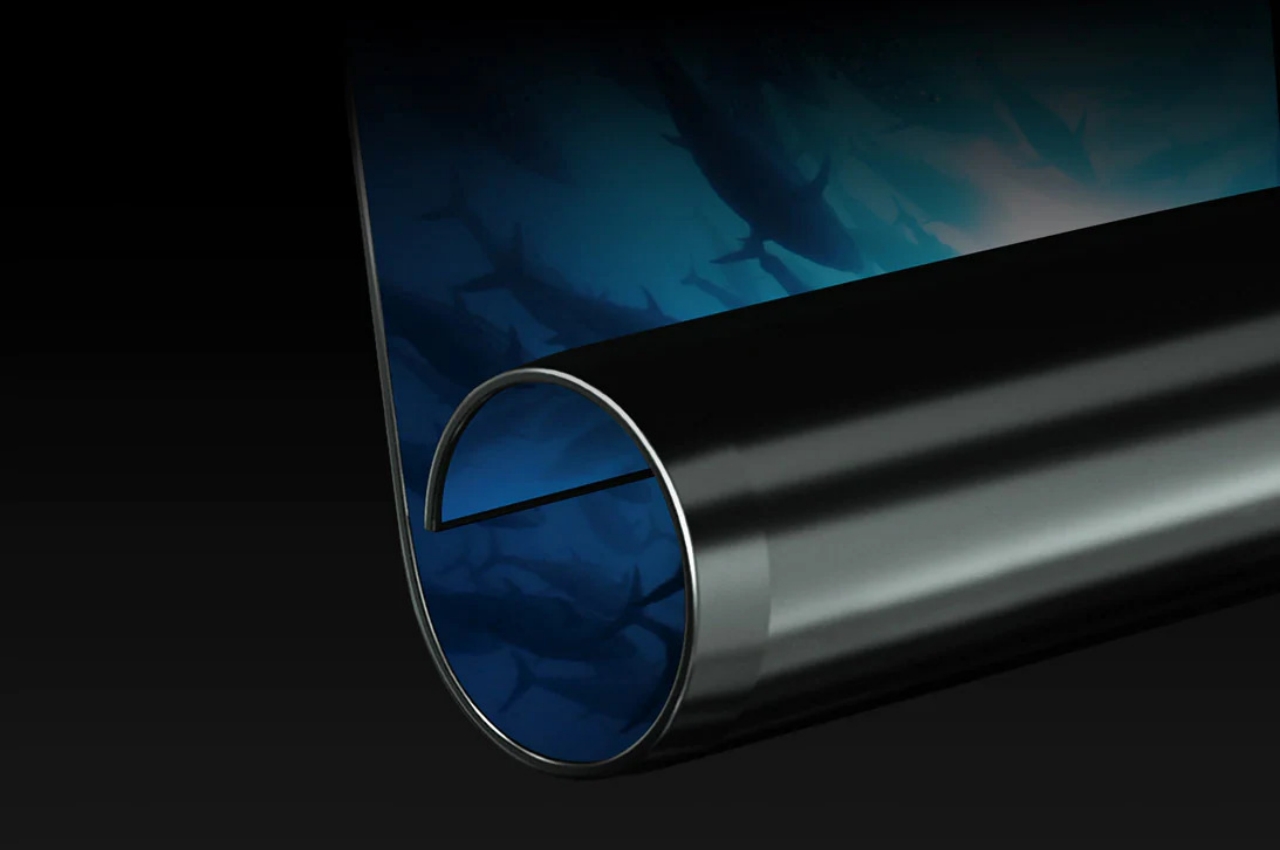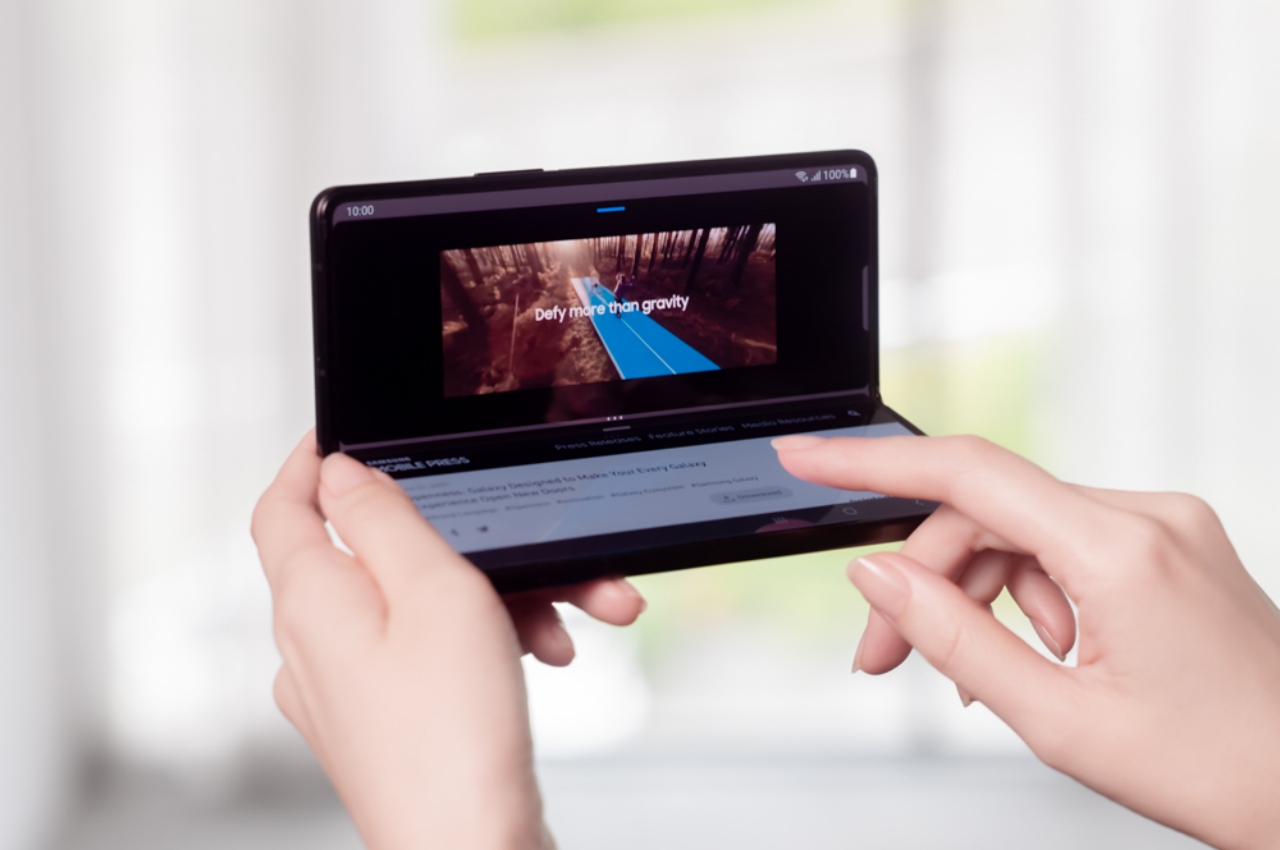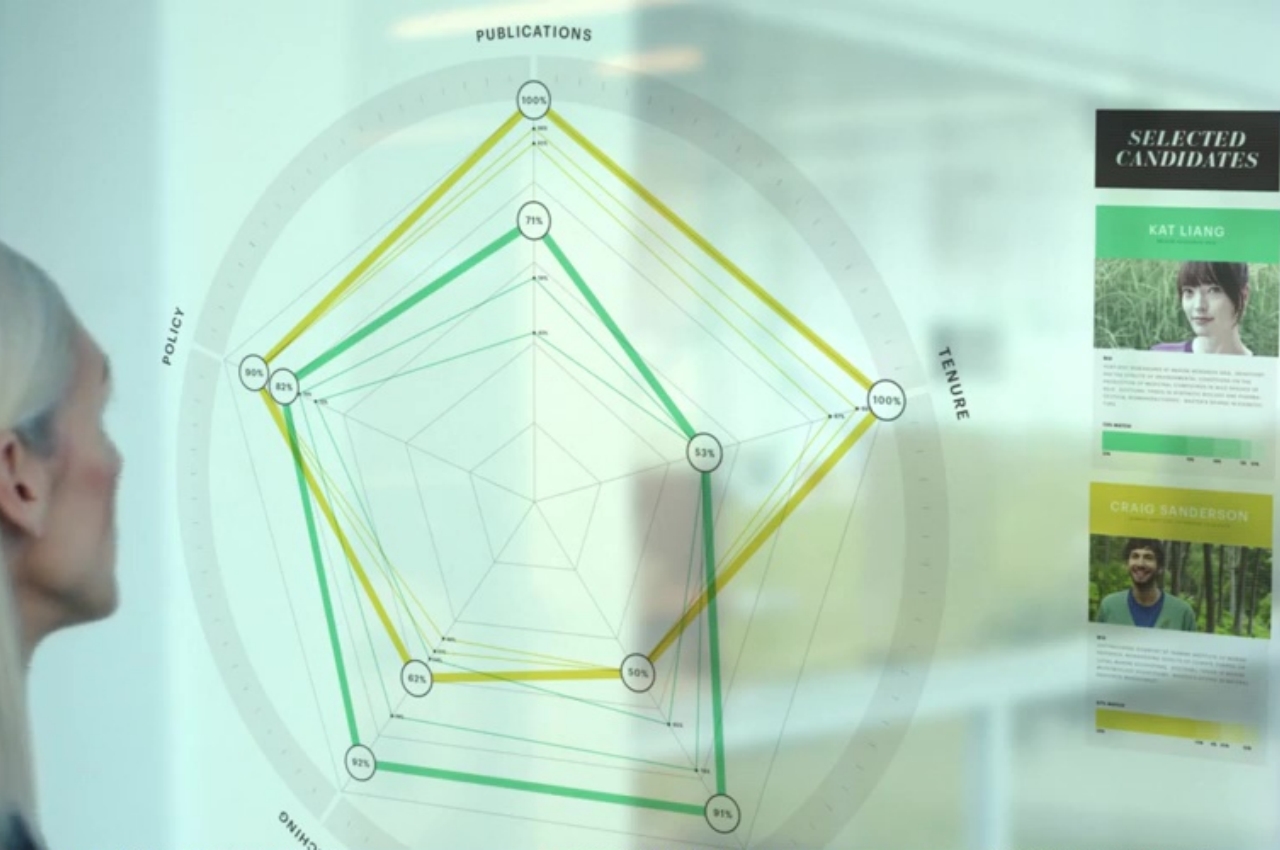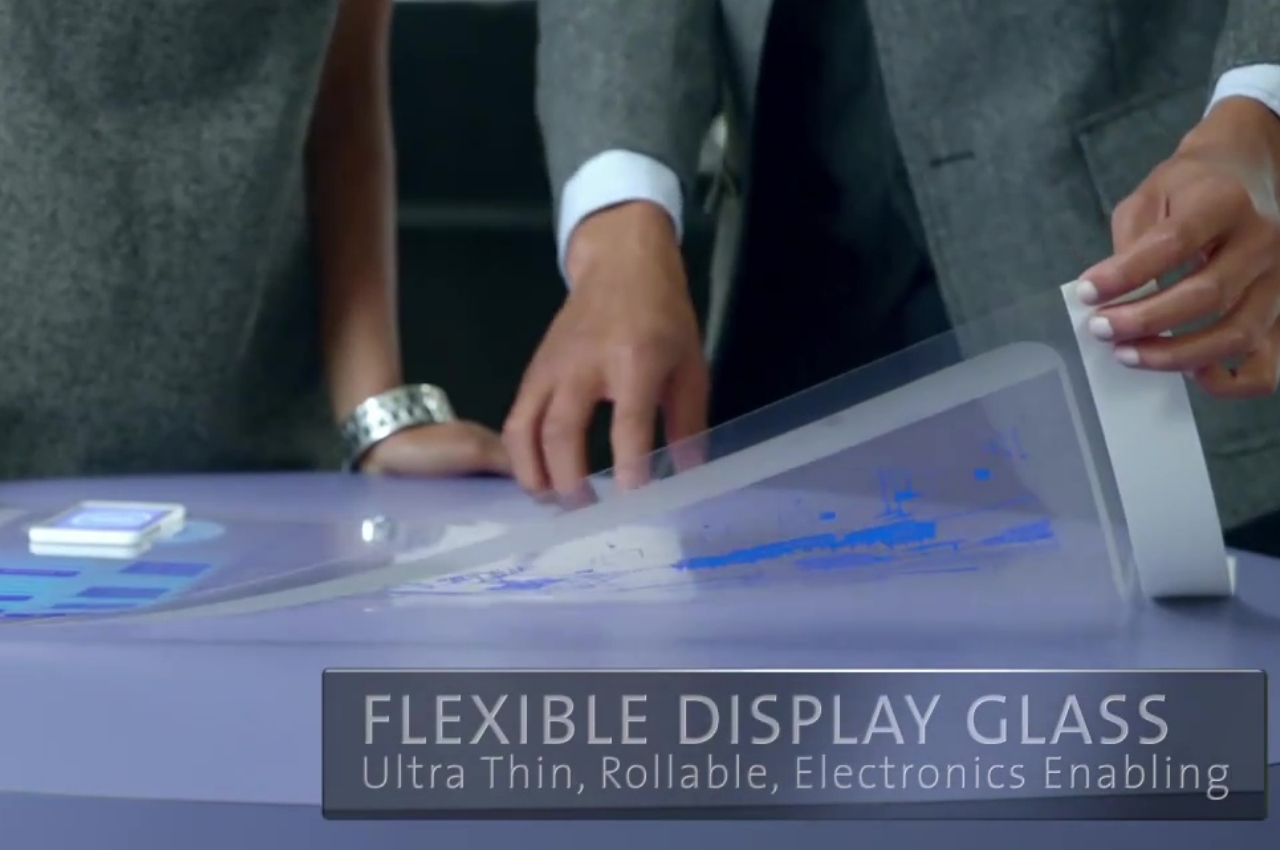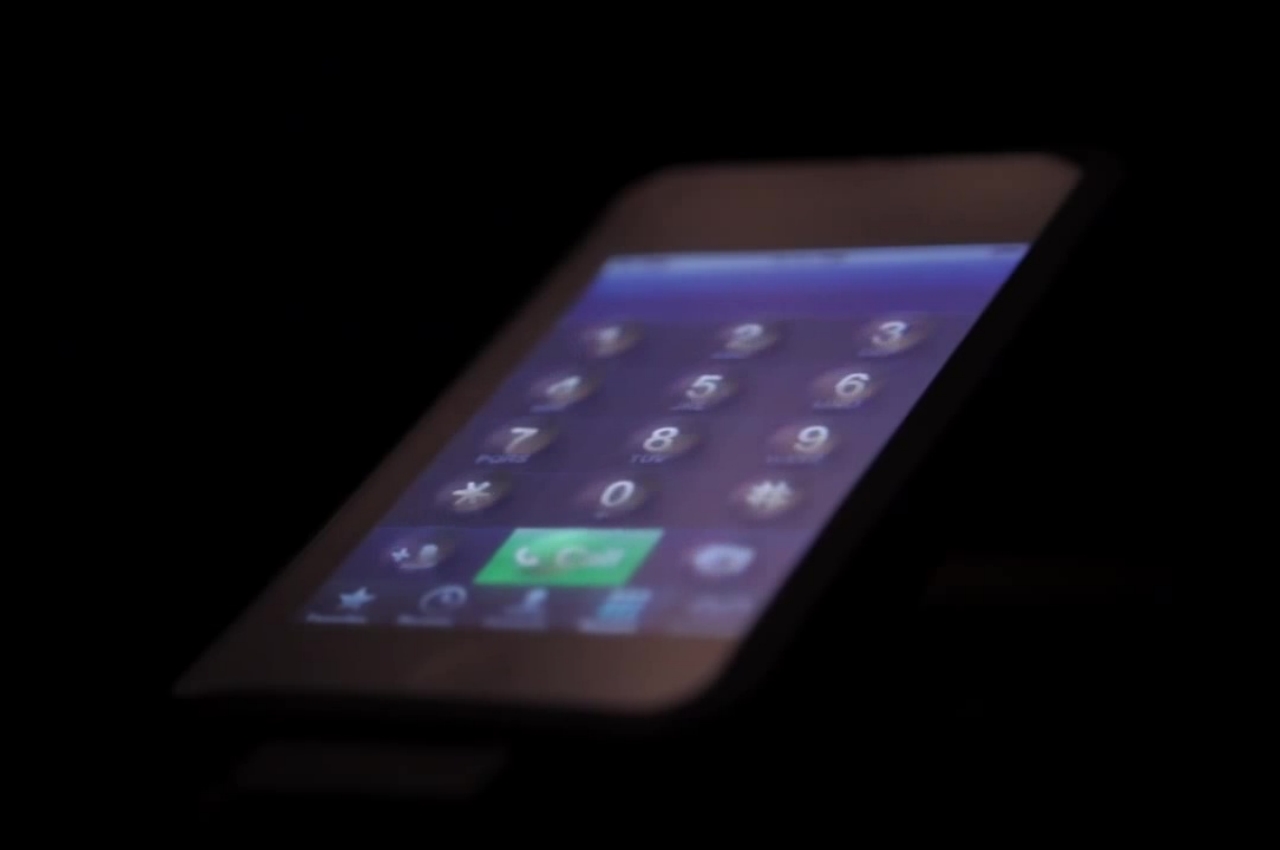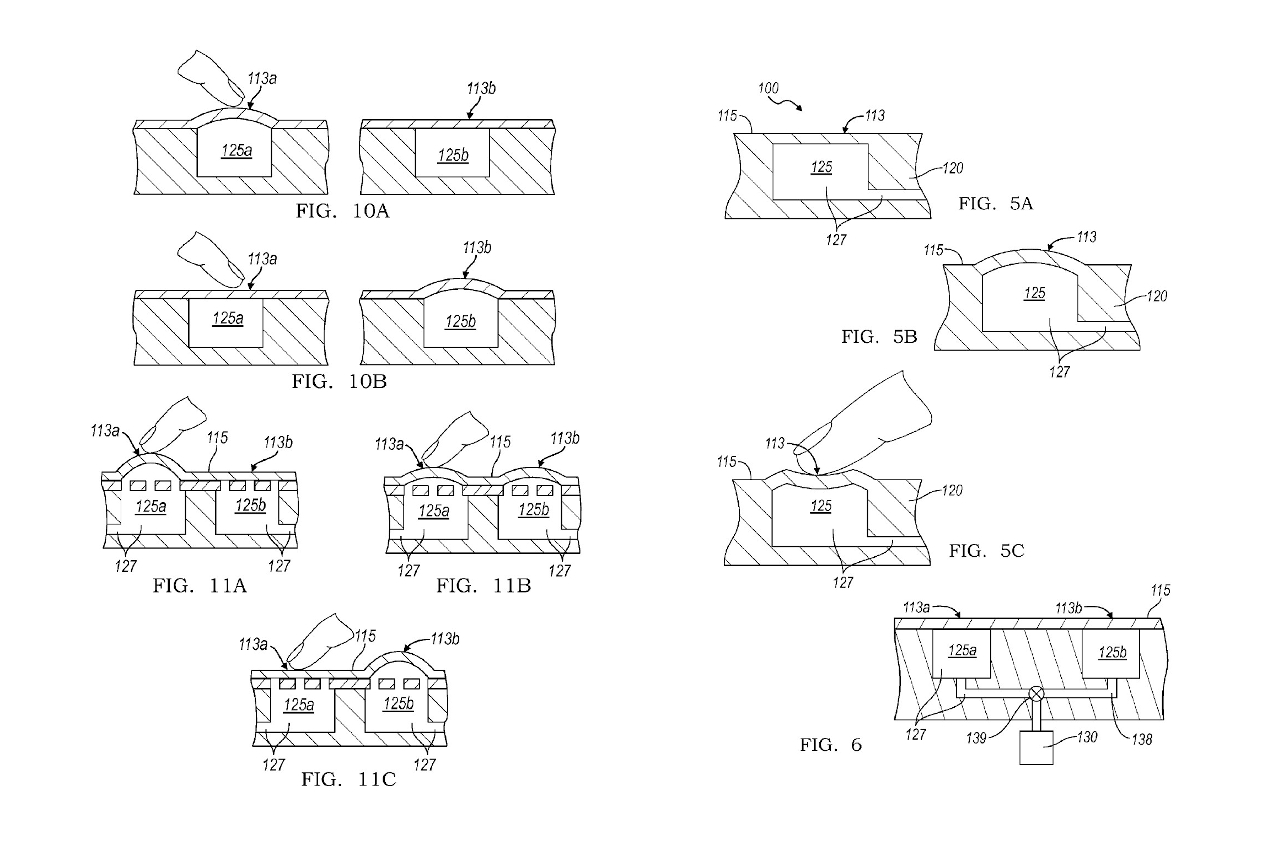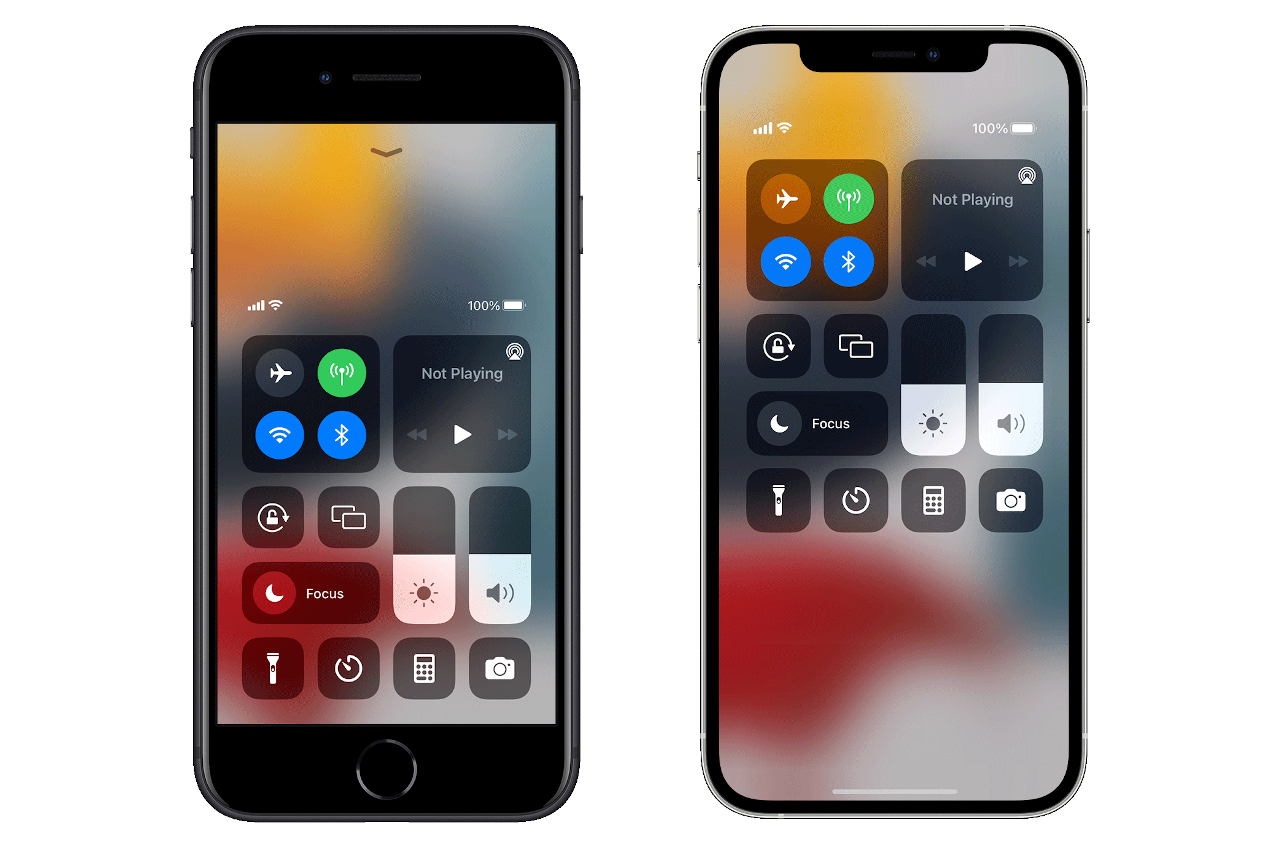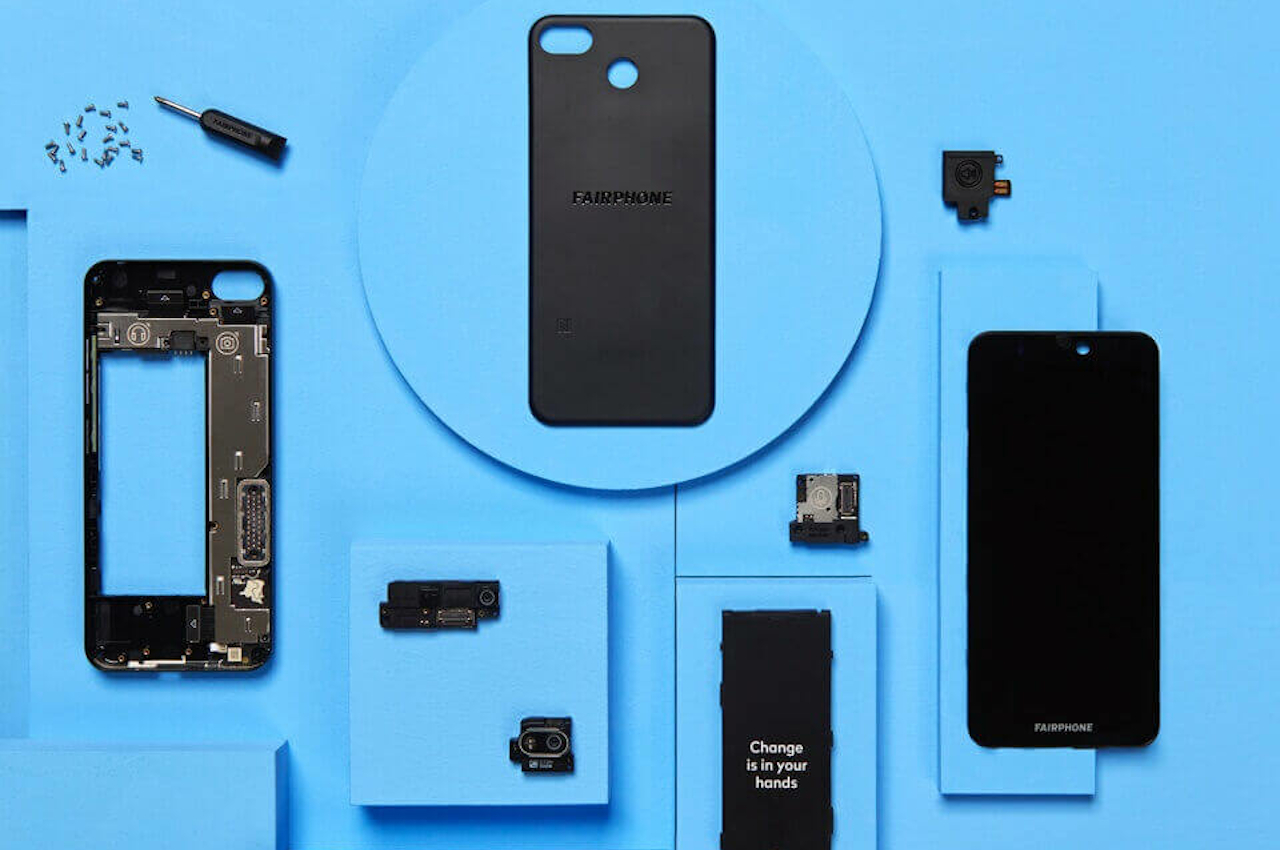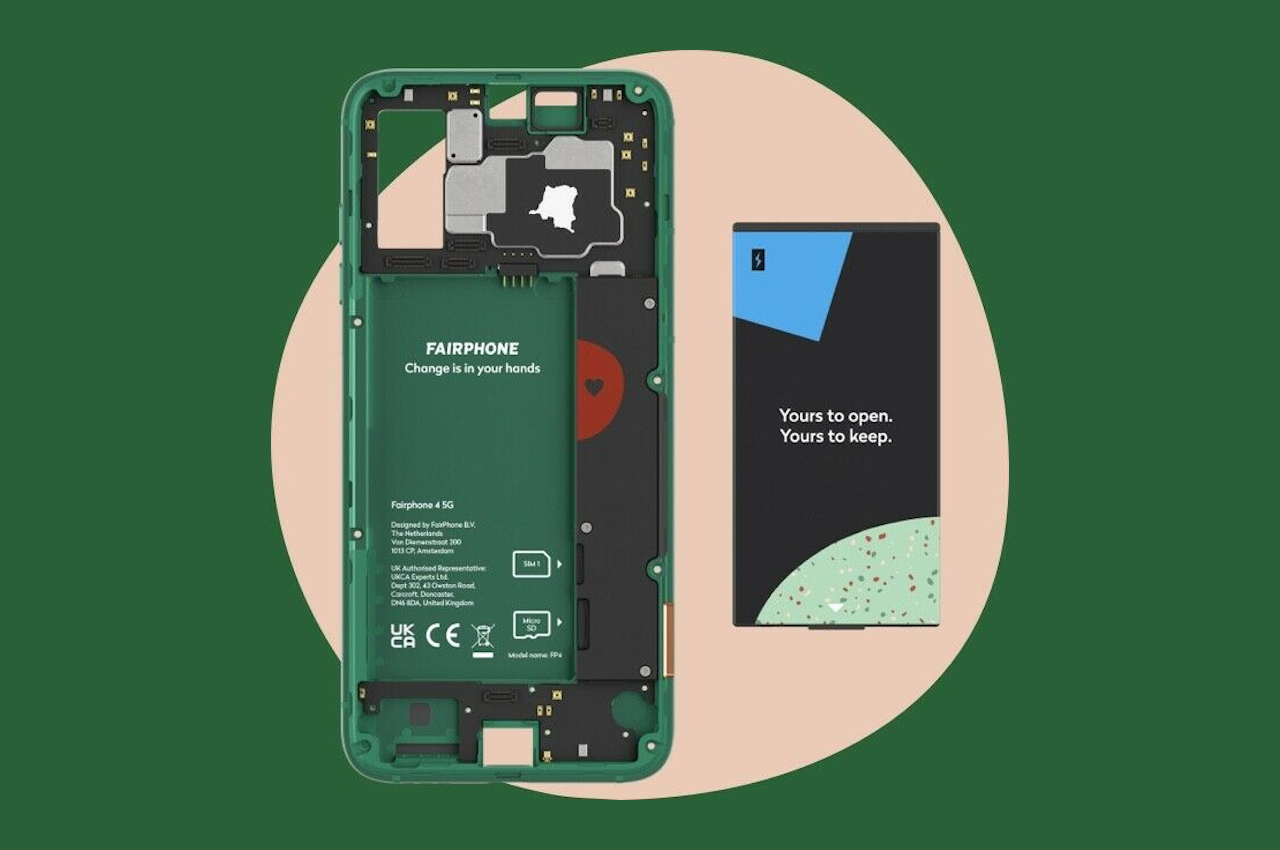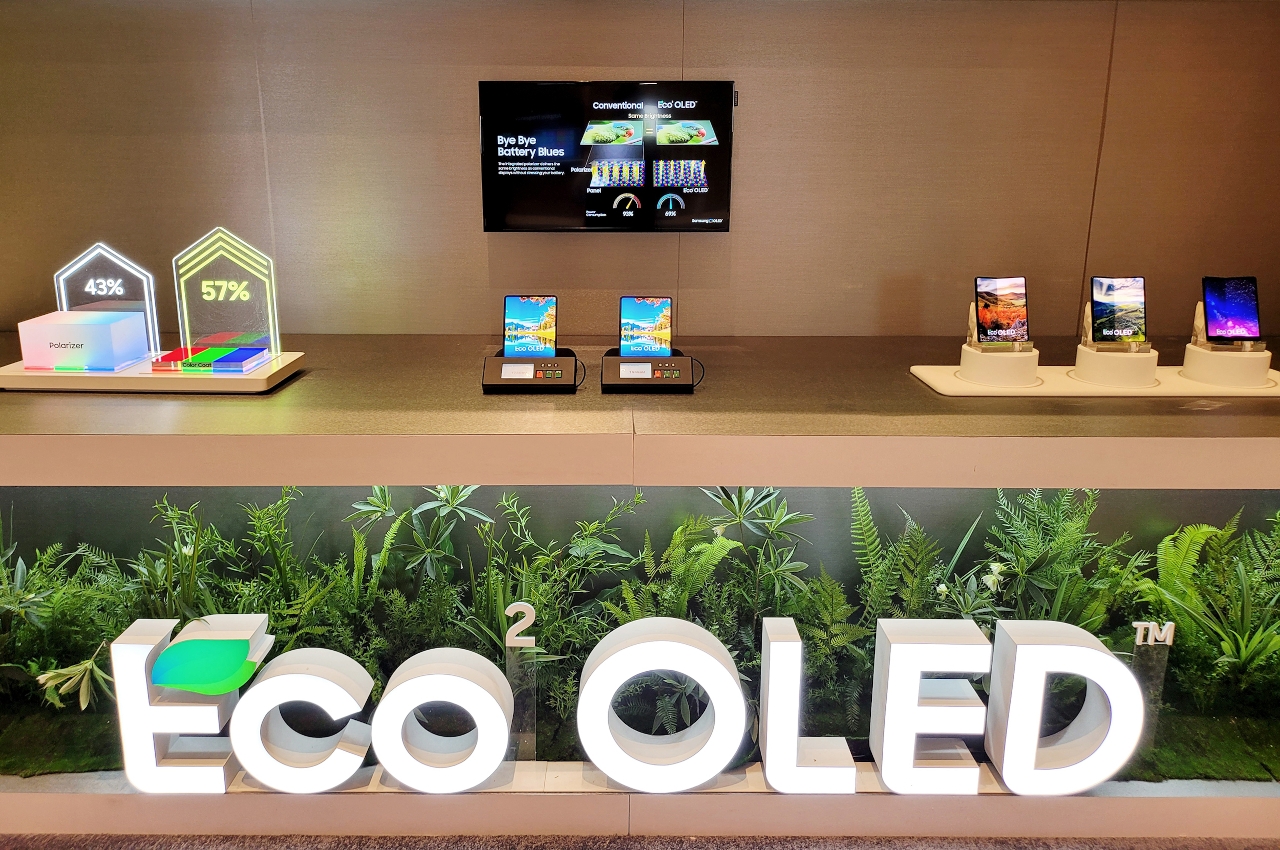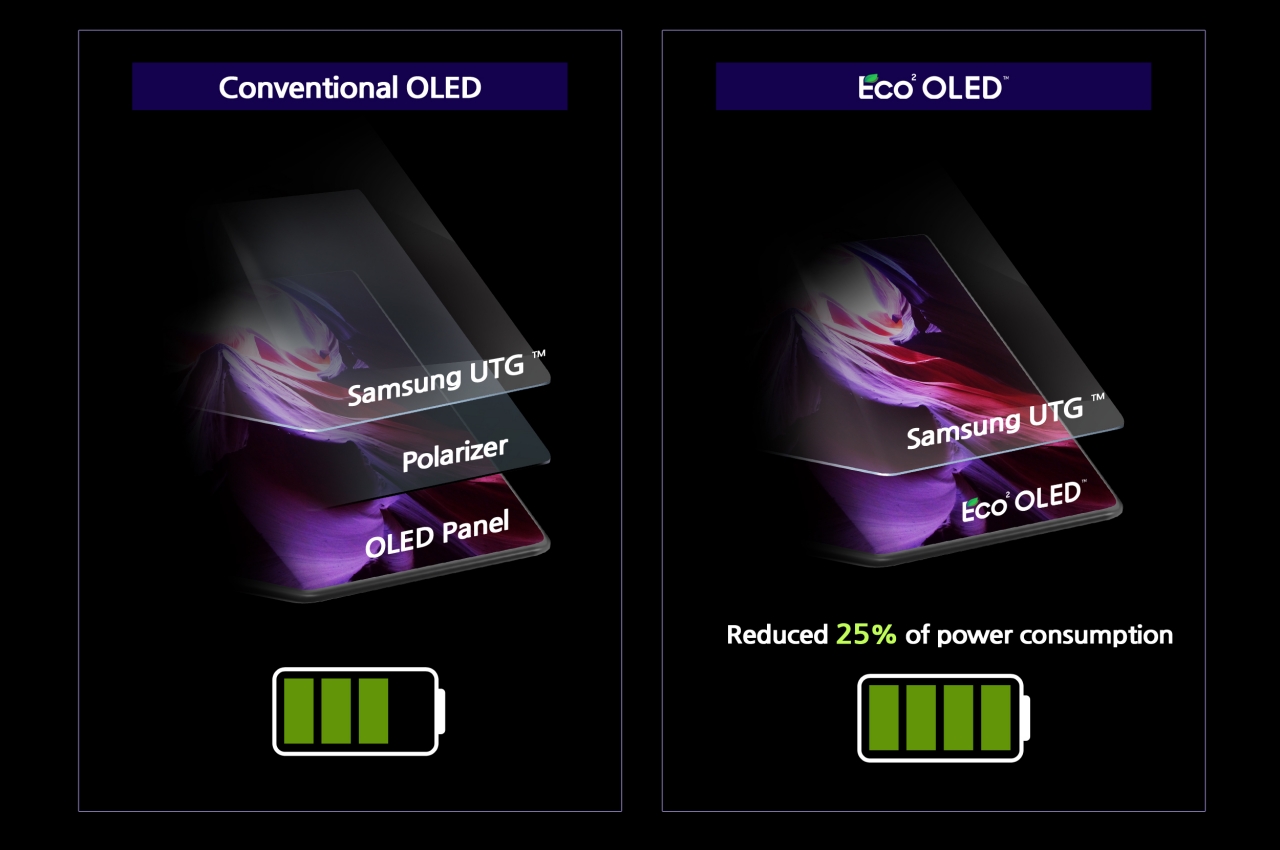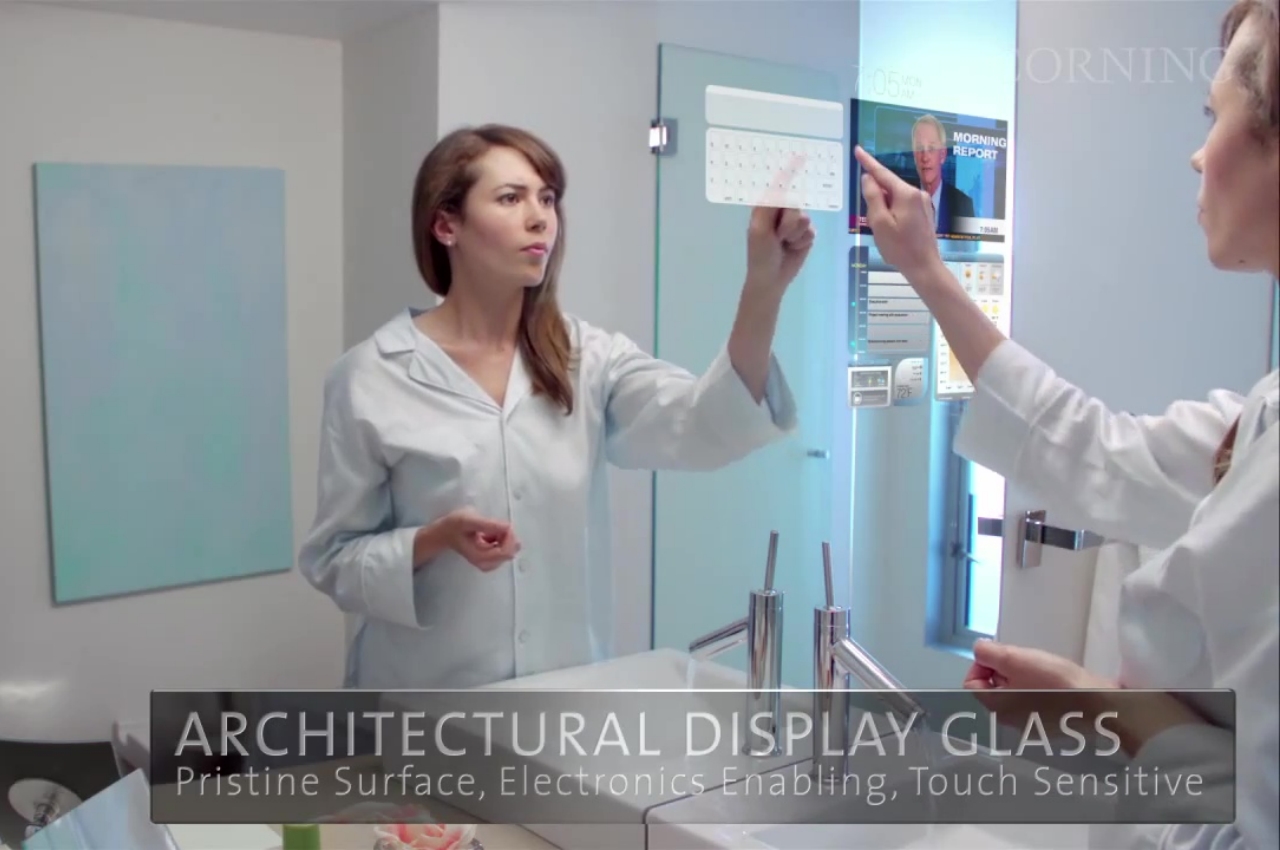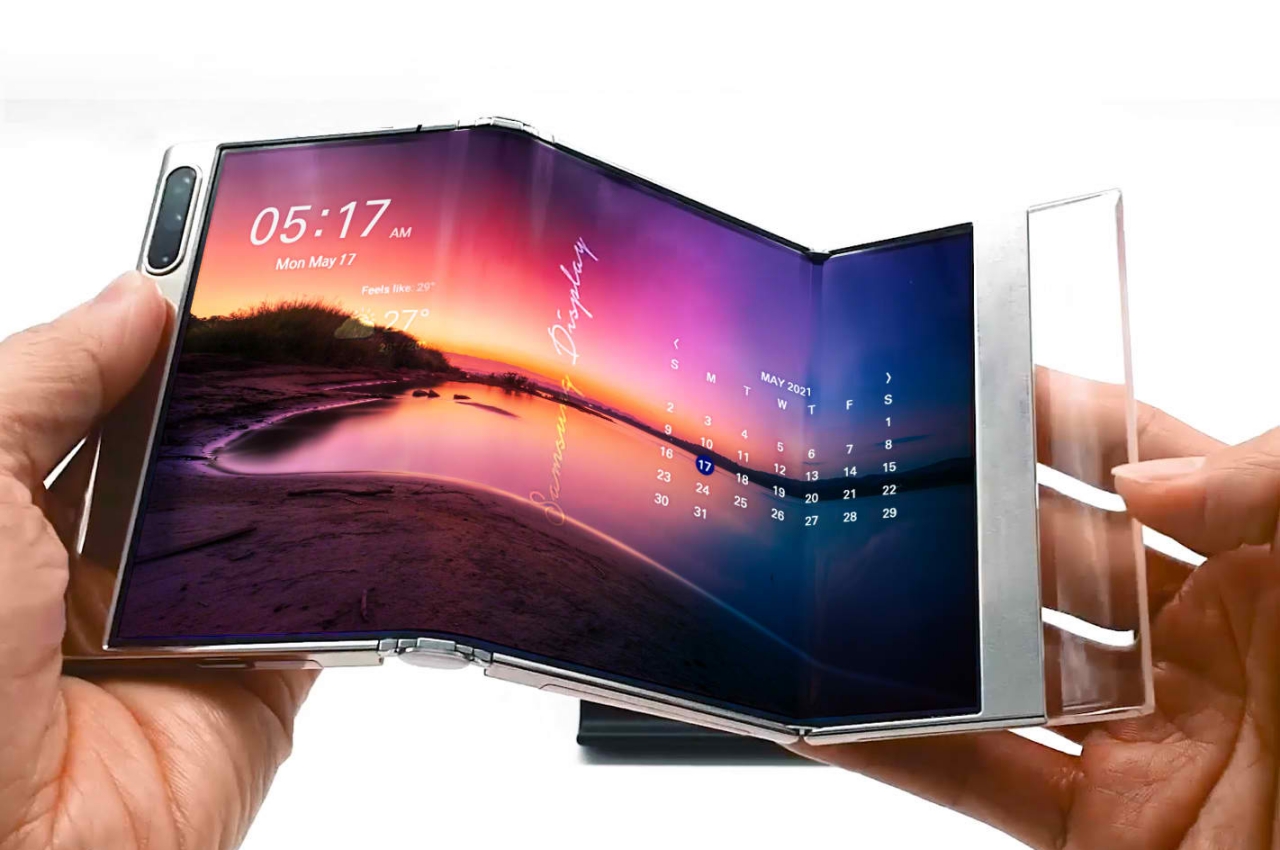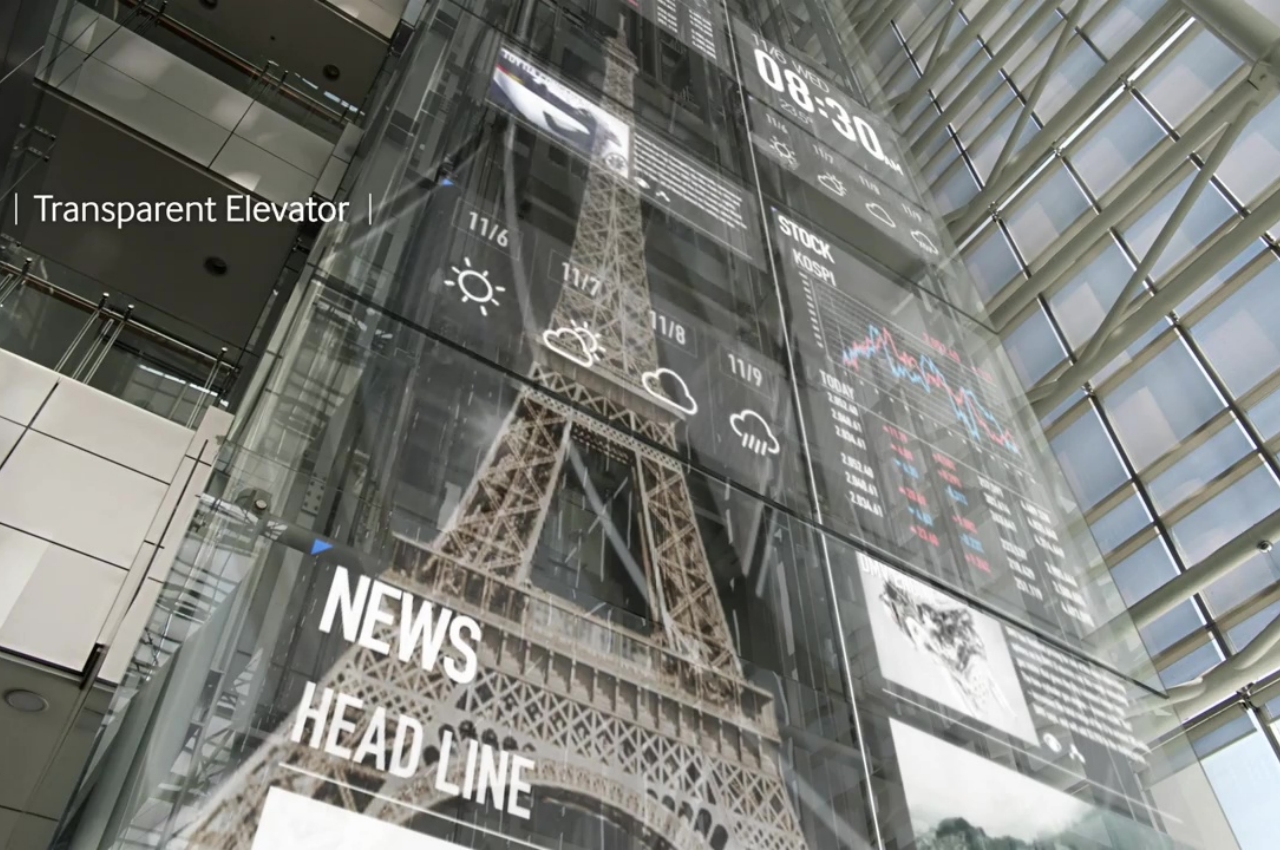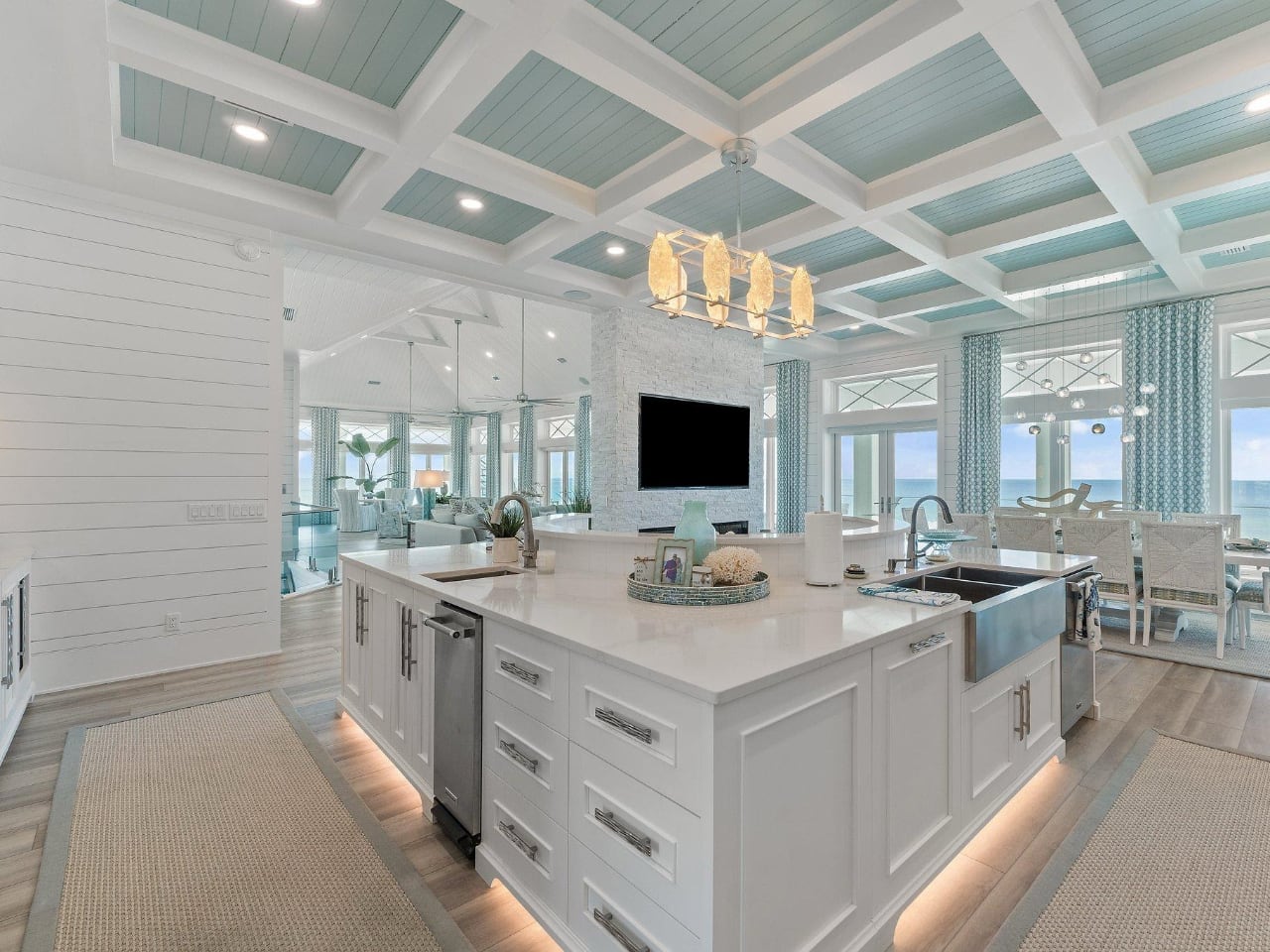
The 2024 Boutique Design New York (BDNY) trade fair, held at the Jacob K. Javits Center on November 10-11, brought together visionaries from the hospitality design world, revealing bold new trends and groundbreaking innovations. With over 700 exhibitors and a record-breaking attendance of 20,000, the event showcased cutting-edge products, inspiring discussions, and invaluable networking opportunities for industry professionals.
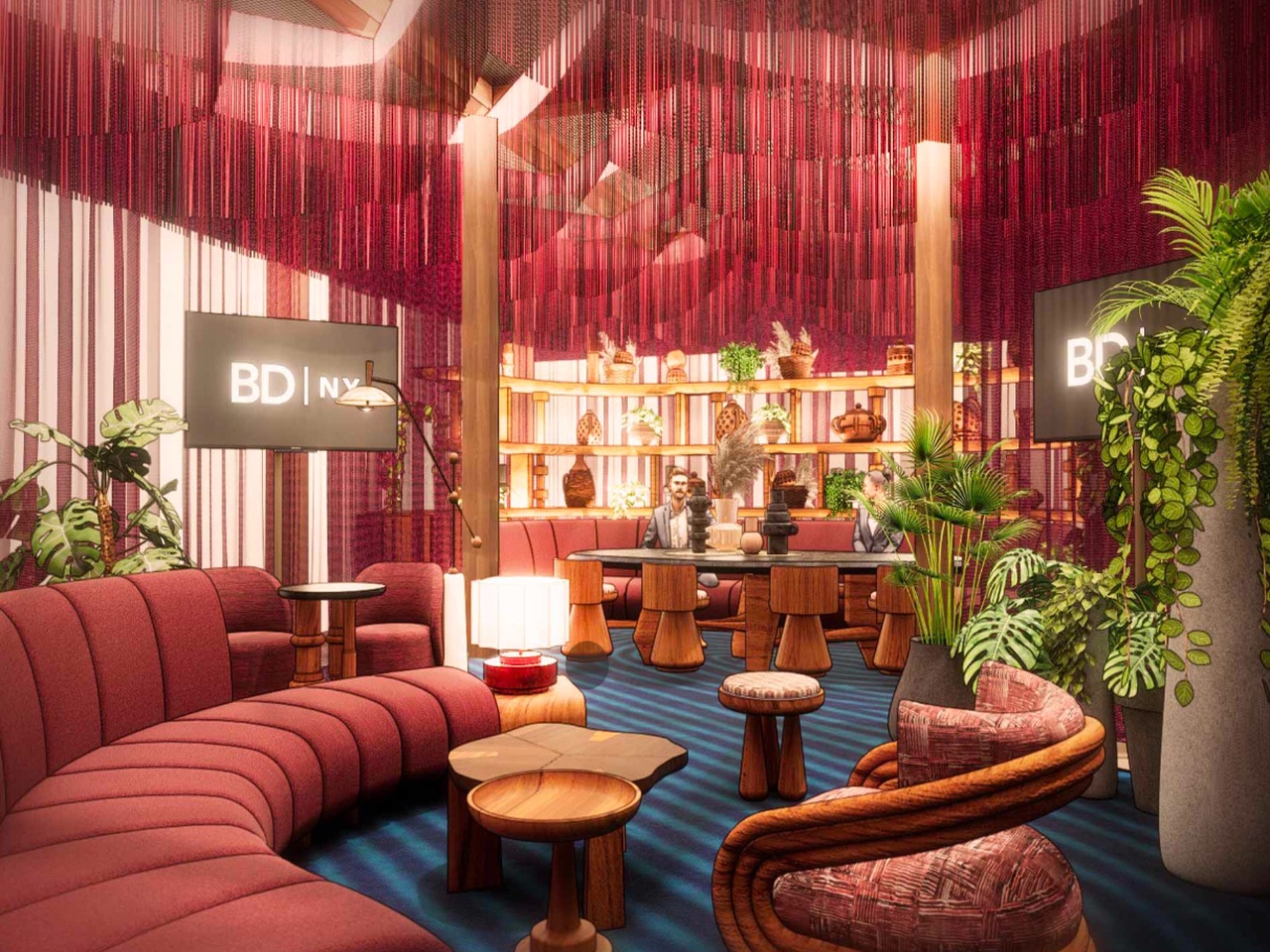
Flexibility Reimagined in Wood Paneling
Surfacing Solution captured attention at BDNY 2024 with their innovative tambour panels and the introduction of Wide Plank Wood Wall and Ceiling Panels. With 37 years of industry experience, Surfacing Solution has become a leader in crafting versatile wood panels that address the evolving needs of hospitality design.
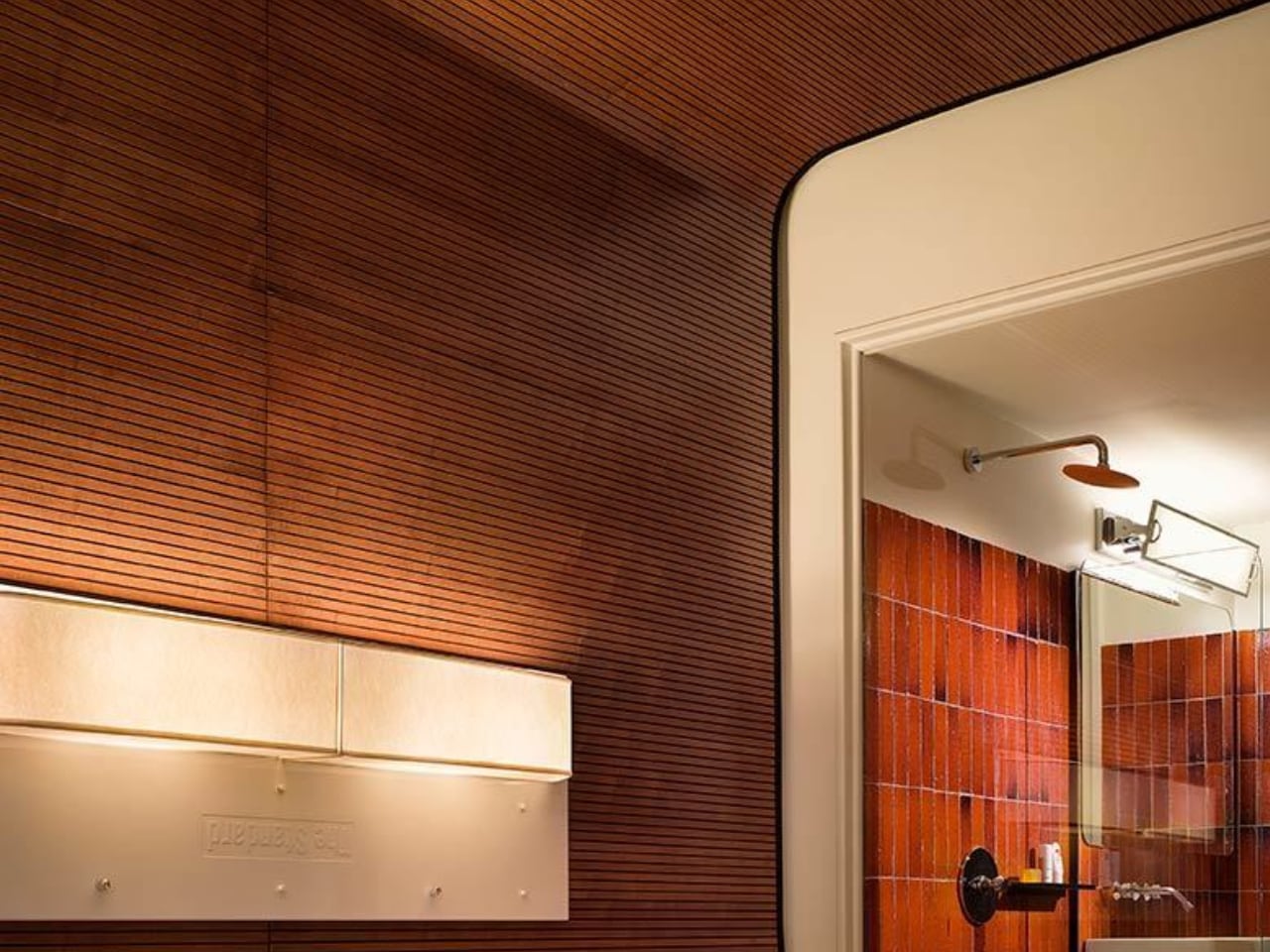
Surfacing Solution
Designer: Surfacing Solution + Zack Fistrovich
Inspired by the French word for drum, the company’s tambour panels blend aesthetics with functionality. These flexible wood panels bring warmth, texture, and visual appeal to surfaces such as walls, ceilings, pole wraps, wainscoting, and doors. Their standout feature is the seamless ability to cover flat surfaces and rounded corners, allowing designers to craft fluid wood surfaces that adapt to any architectural element.
Wide Plank Panels: A New Dimension in Design
Surfacing Solution also showcased its new Wide Plank Wood Wall & Ceiling Panels. Crafted from premium North American hardwoods—with exotic wood species also available—these panels ensure both durability and visual sophistication. The Wide Plank collection blends timeless tradition with modern elegance, transforming interior spaces into refined, inviting environments.
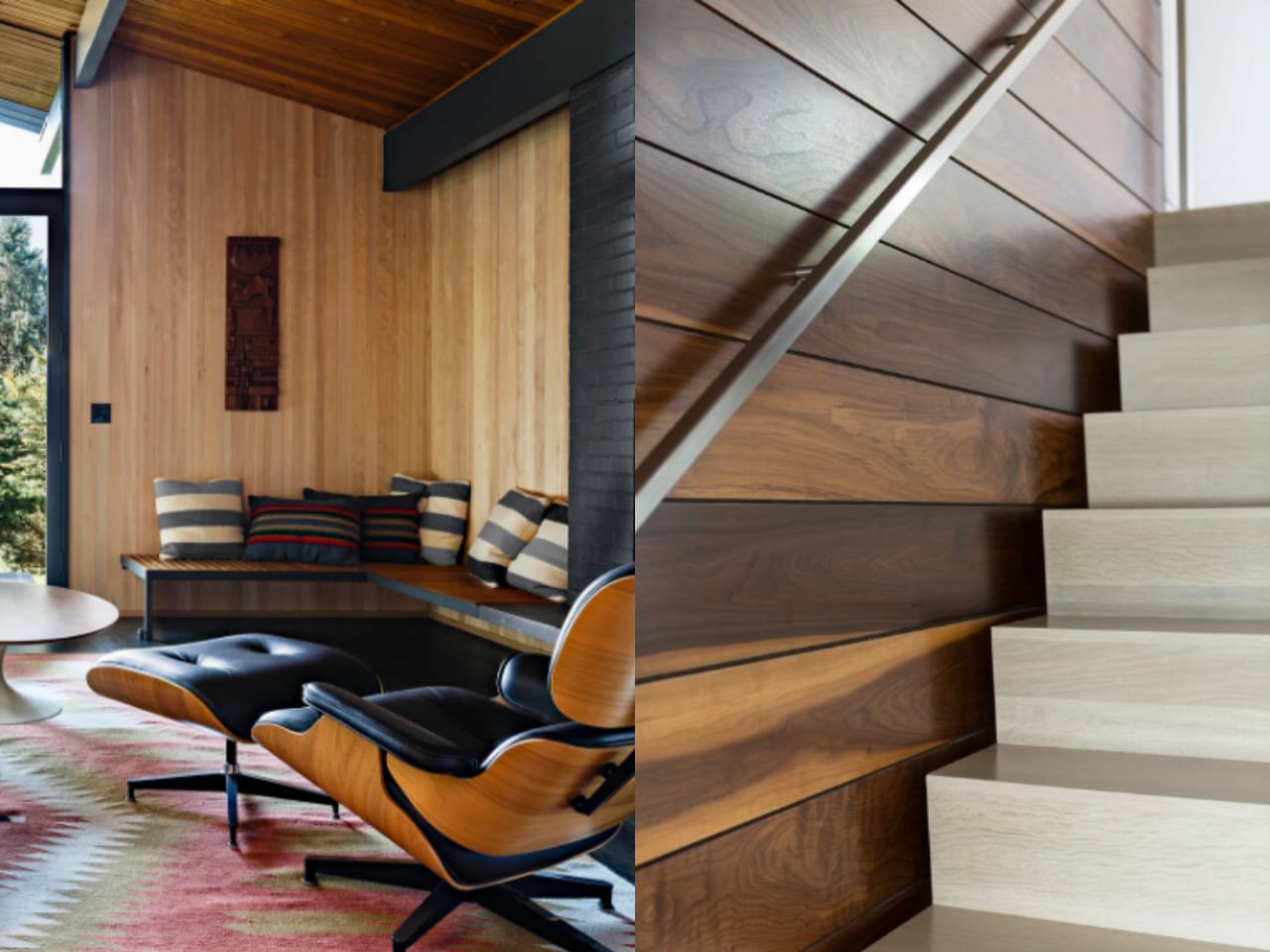
Surfacing Solution
The panels come in various exciting profile shapes to cater to different design aesthetics:
- V-Groove Joint: This traditional profile features a V shadow line, creating a classic lodge ideal for rustic aesthetics. The tongue-and-groove interlocking mechanism provides a secure fit.
- Interlock Joint: Designed for a minimalist look, this tight-fitting, seamless joint works well in modern spaces, pairing perfectly with tambour panels for a unified design.
- Shadow Gap Joint: This versatile profile offers varying widths and spacings to achieve anything from classic to contemporary styles. The nickel gap tongue-and-groove interlocking feature ensures both functionality and striking visual appeal.
Available in standard and custom specifications, the Wide Plank panels give designers limitless possibilities to bring their vision to life. The panels can be stained or painted, making them adaptable to any design scheme. Additionally, FSC-certified options make these panels a conscious choice for sustainability-focused projects.
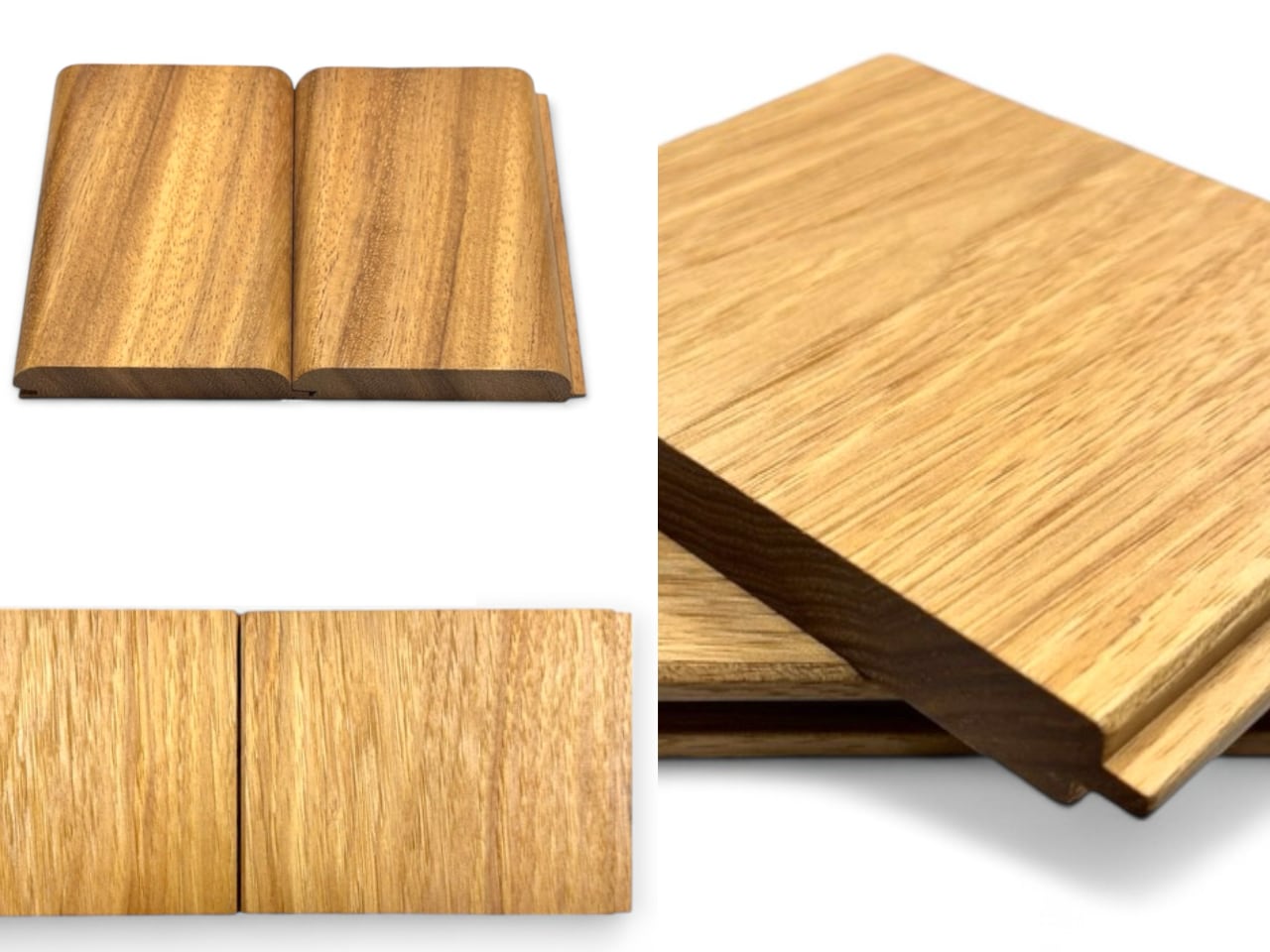
Surfacing Solution
Tambour Panels: The Backbone of Versatility
Surfacing Solution displayed a wide range of wood options for their tambour panels, including:
- Standard woods: Red oak, white oak, poplar
- Premium woods: Mahogany, cherry, ash, maple, walnut
- Specialty woods: Purple heart, heat-treated ash/poplar
These panels are available in standard profiles of 1′ x 8′ or 1′ x 3′ lengths, with widths of 12″ or 16″. Custom sizes and profiles are also offered, with panels up to 12 feet in length for certain wood species—perfect for large-scale installations.
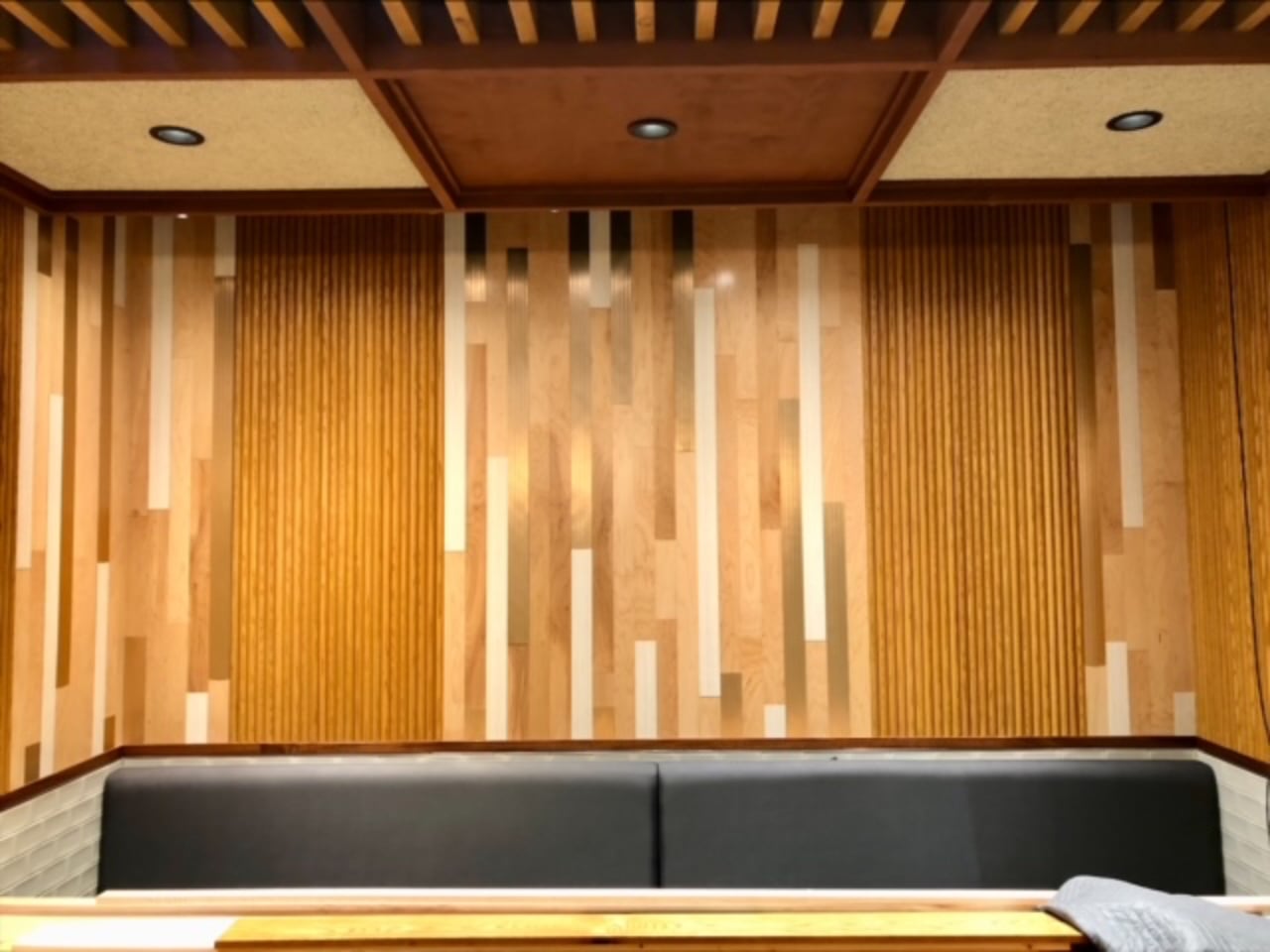
Surfacing Solution
The versatility of Surfacing Solution’s tambour panels was a key highlight at BDNY 2024. These panels can be stained or painted to align with any design vision, making them suitable for hospitality applications ranging from hotel lobbies to restaurants and bars.
Their new line of real wood veneer tambour panels also made waves, offering seamless installations up to 10 feet high with 4’x10′ veneers. Available in 4’x8′ sheets, these panels offer a cost-effective alternative to solid wood without compromising natural beauty. Species include birch, teak, white oak, and walnut.
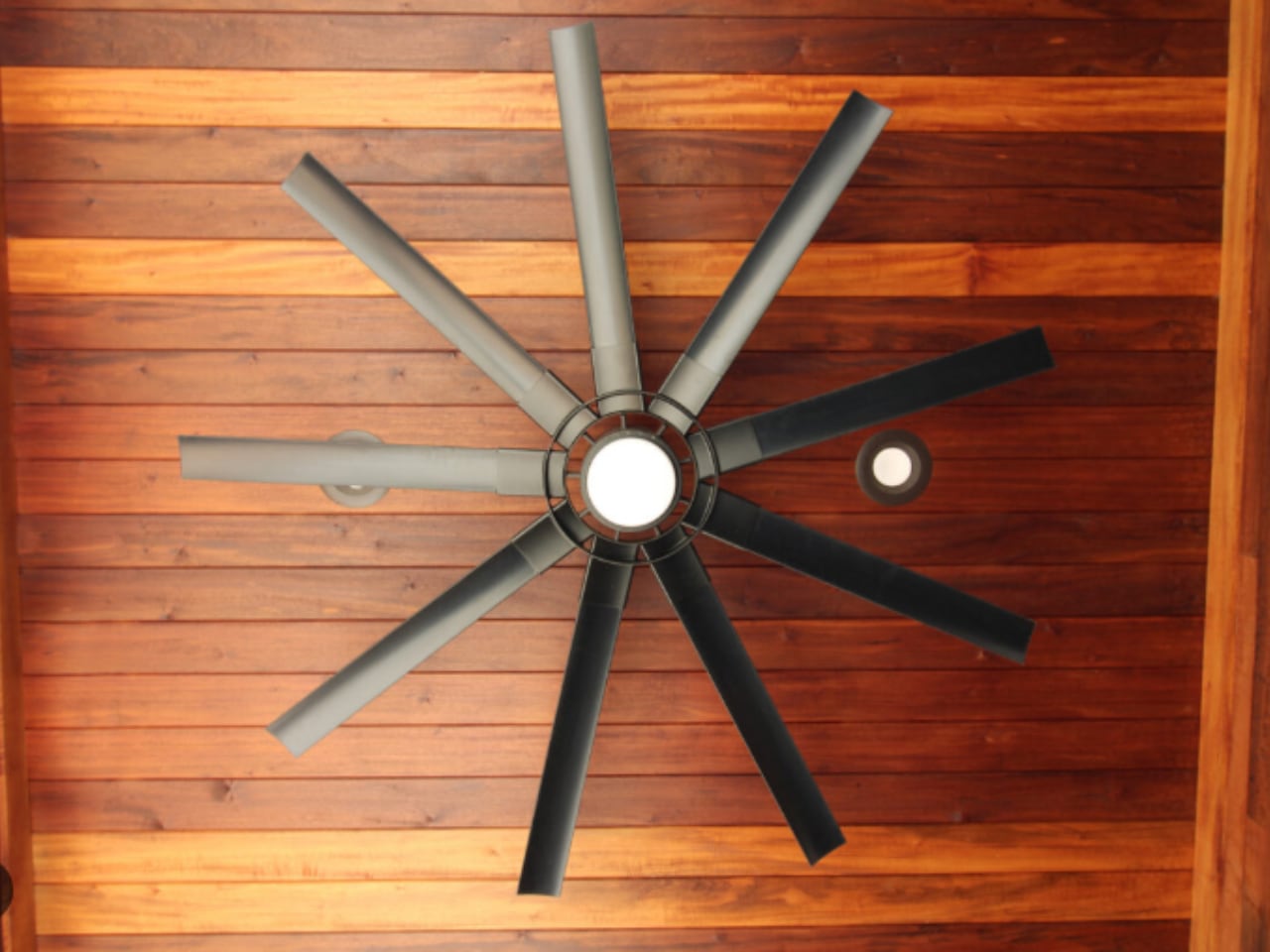
Surfacing Solution
The wire-brushed finish option enhances grain depth and detail, adding a tactile, visually striking surface. Available in red oak, white oak, and ash, this finish is ideal for hospitality environments that seek a natural, organic feel.
Each slat is meticulously hand-selected to ensure a high standard of craftsmanship that distinguishes the company within the industry. This attention to detail, combined with the ability to produce custom profiles and sizes at low setup costs, makes Surfacing Solution an ideal partner for designers seeking high-quality, distinctive wood solutions.

Surfacing Solution
Sustainability Takes the Spotlight
Sustainability took center stage at BDNY 2024, with numerous exhibitors presenting eco-friendly materials and products. The Good Plastic Company won the sustainable product award for their Polygood material, which showcased how recycled plastic waste can be transformed into striking and functional design elements.
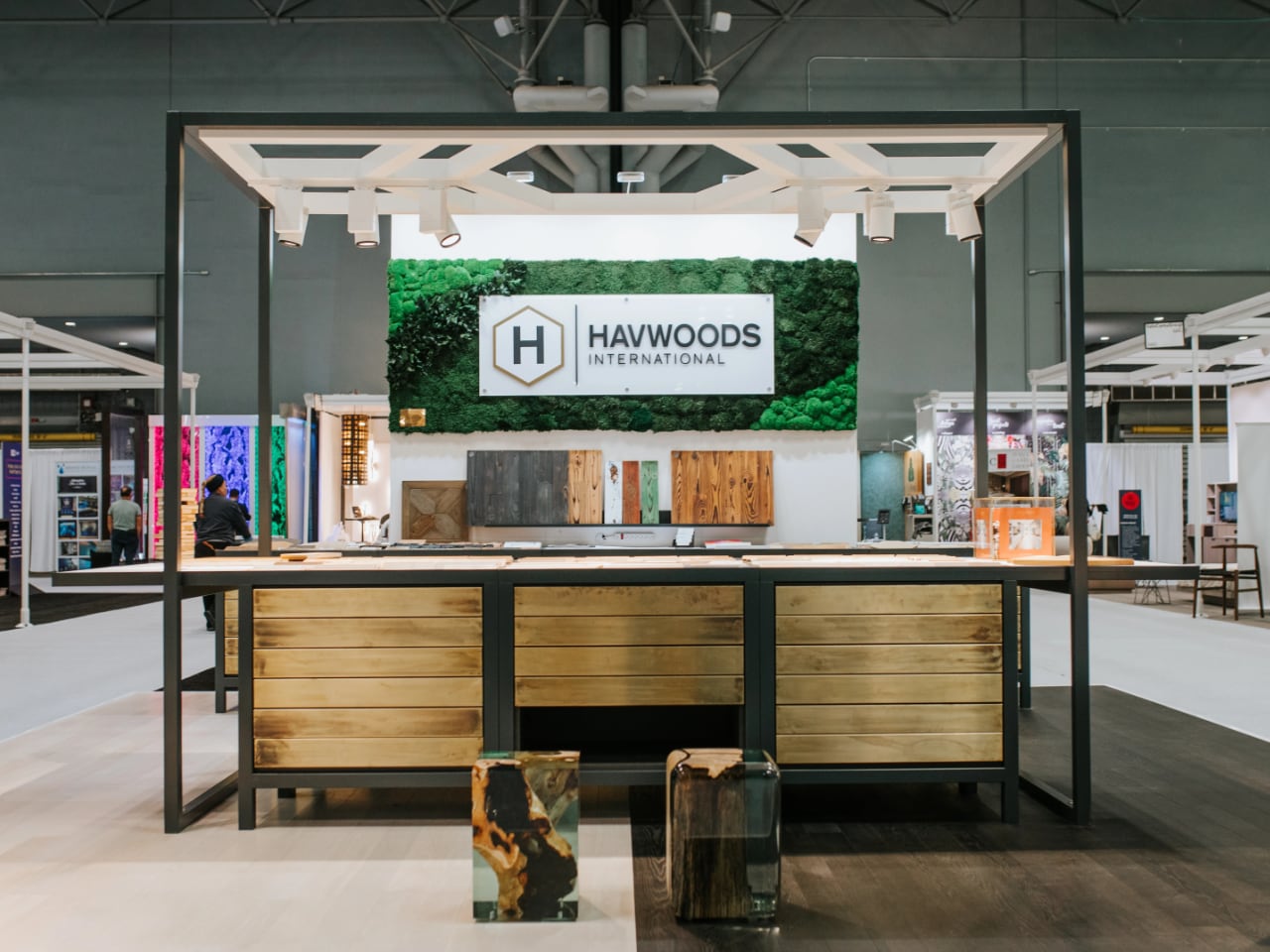
Designer: Havwoods
Havwoods also made a significant impact with their TreeAzzo material and Bog Oak flooring panels.
TreeAzzo: Modern Terrazzo Twist
TreeAzzo represents an innovative approach to terrazzo flooring, offering a modern twist on the classic material. This unique surfacing solution combines reclaimed wood chips with premium, eco-friendly resin to create a fresh and sustainable alternative to traditional terrazzo.
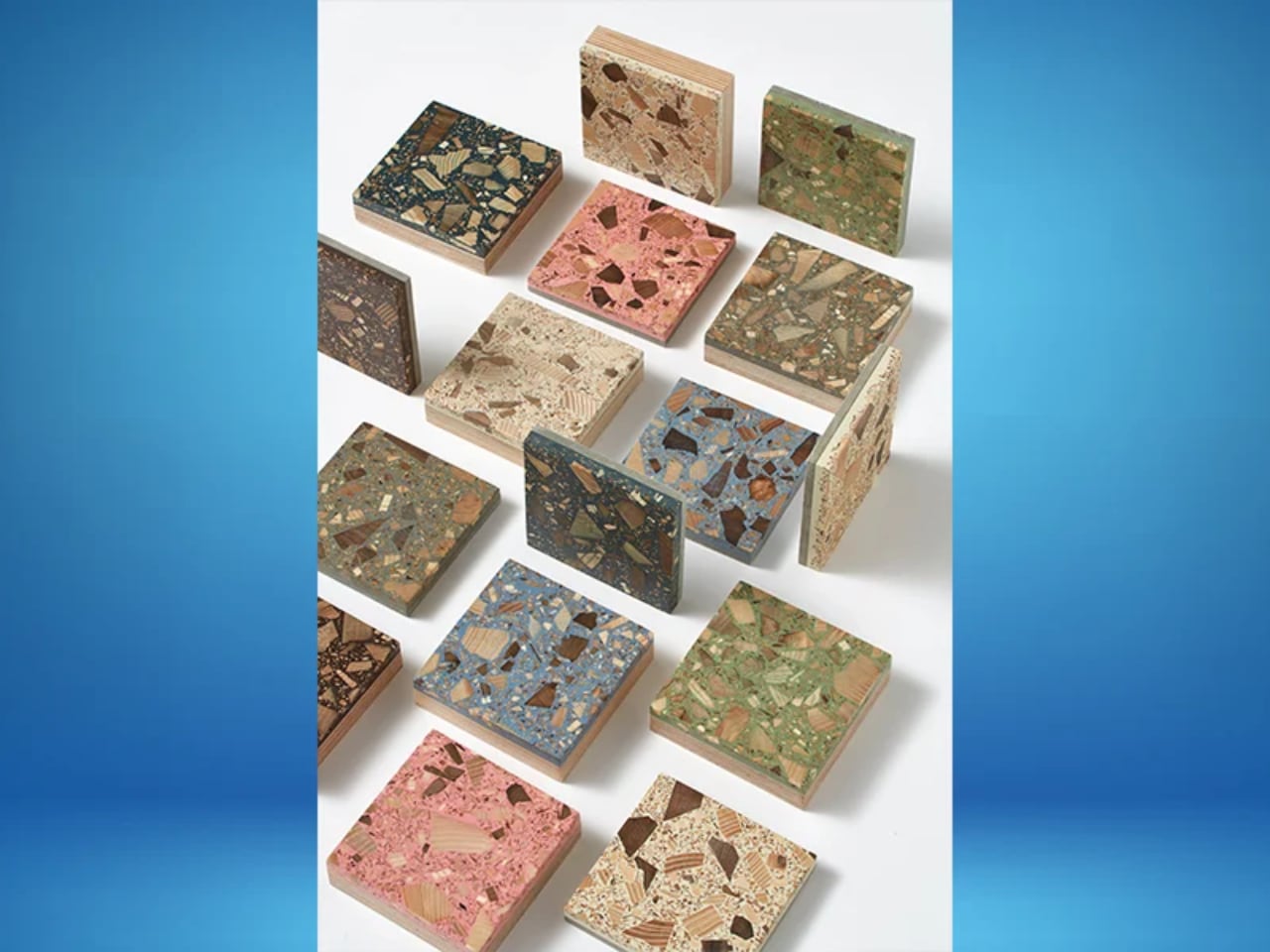
Havwoods
The use of reclaimed wood chips in TreeAzzo provides a distinctive aesthetic that aligns with sustainable building practices by repurposing materials that might otherwise go to waste. This approach results in a surface that blends the organic warmth of wood with the seamless, continuous appearance characteristic of terrazzo.
TreeAzzo is available in a range of customizable resin colorways, including options such as Raspberry, Nougat, Fig, and Oyster. These color choices allow designers to tailor the appearance of TreeAzzo to suit various interior design schemes and preferences.
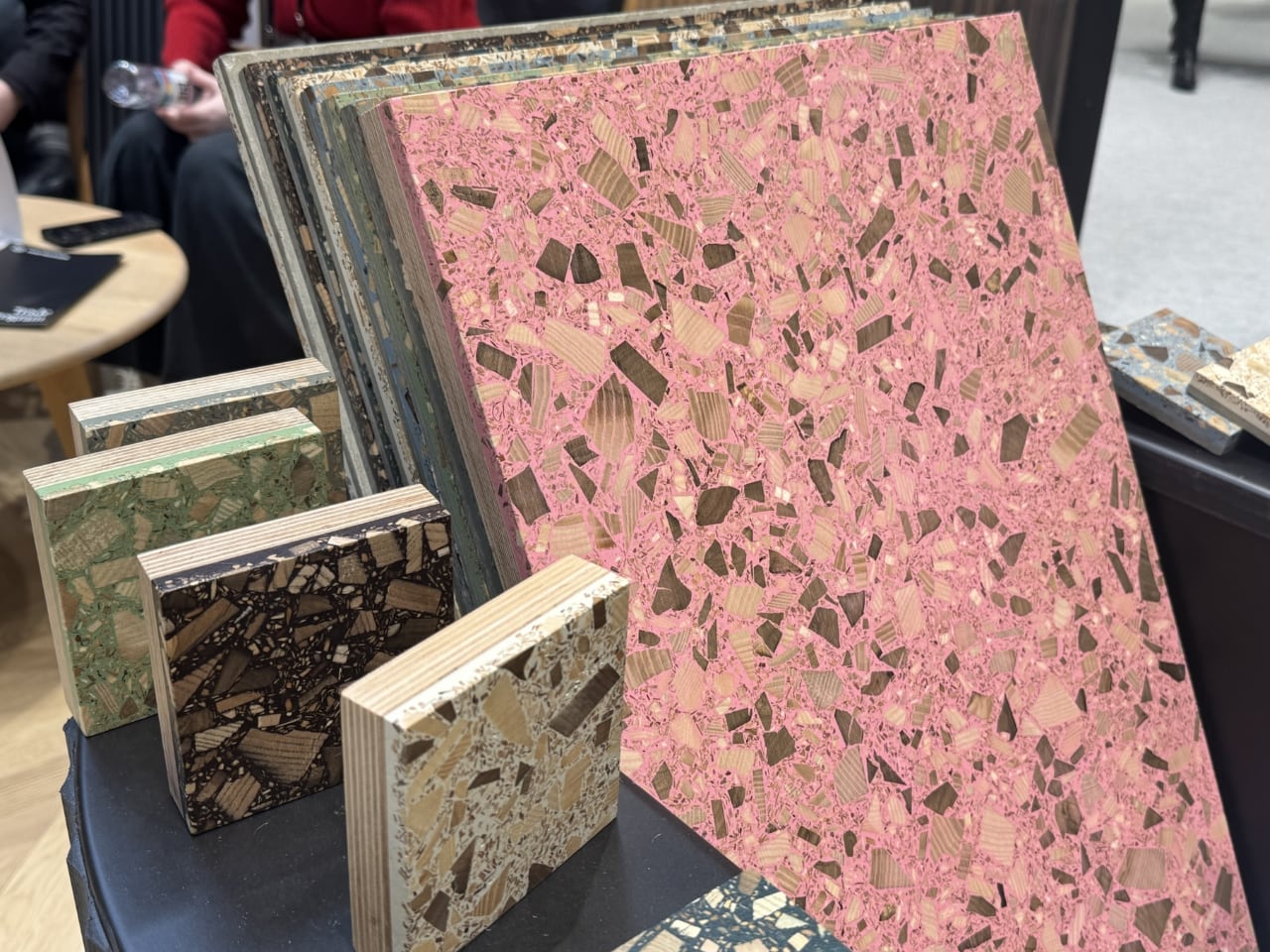
Havwoods
One of TreeAzzo’s features is that each panel is handcrafted, ensuring that no two installations are exactly alike. This approach adds a unique character and depth to the spaces where it’s used, making each application truly one-of-a-kind.
This material offers versatility in its applications. It can be used for flooring, wall cladding, cabinetry, and even worktops, providing designers with flexibility in how they incorporate this material into their projects.
TreeAzzo is available with either fiber cement or ply backing to accommodate different installation requirements. This option allows for greater adaptability to various substrate conditions and installation methods.
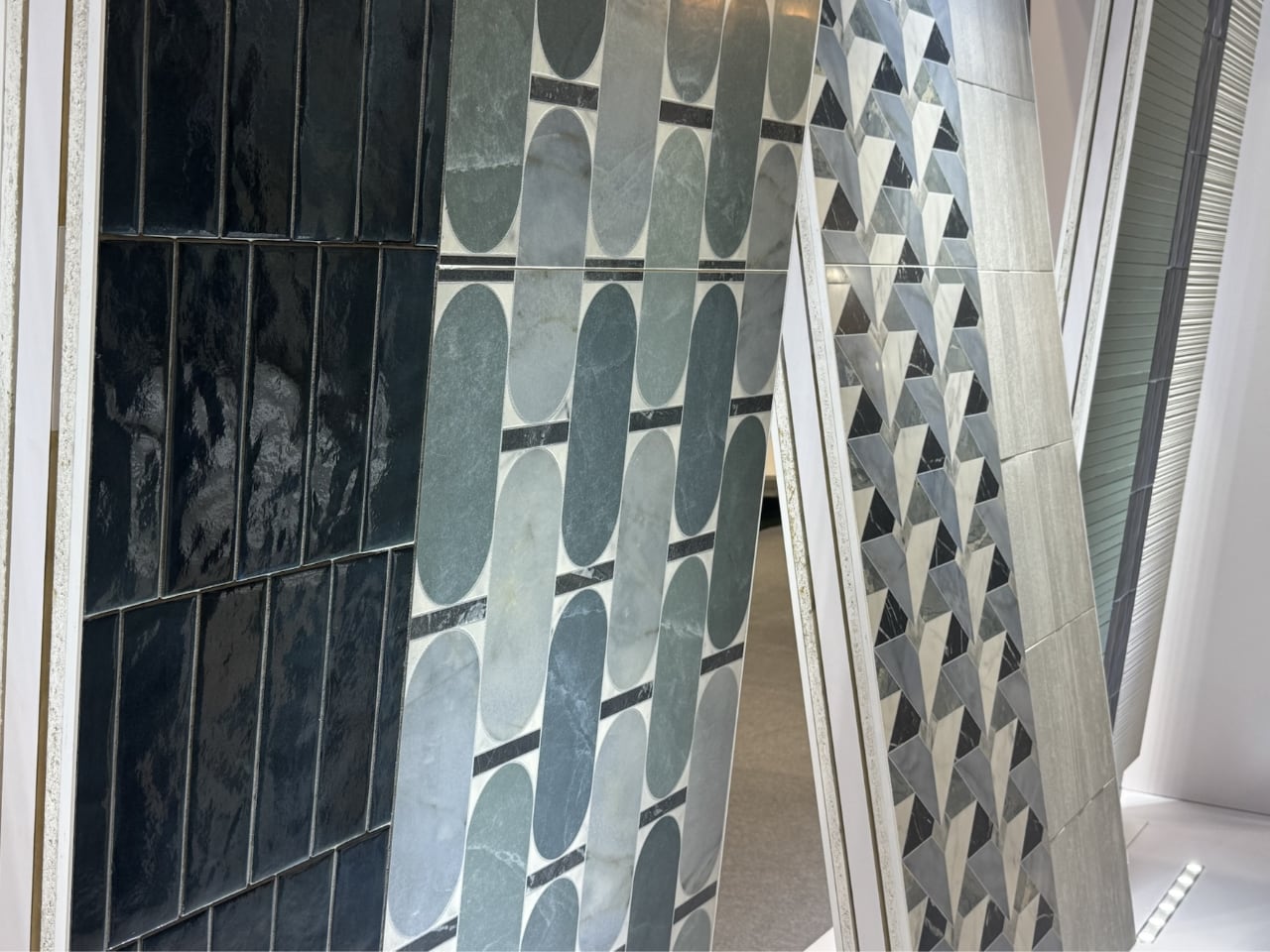
Havwoods
While TreeAzzo represents a departure from traditional terrazzo materials, it maintains the durability and design flexibility that terrazzo is known for, while adding a unique, eco-friendly twist. This innovative product offers architects and designers a new option for creating sustainable, visually striking surfaces in commercial and residential settings.
Bog Oak: Rich History and Luxurious Aesthetic
Bog Oak, also showcased at BDNY 2024, is crafted from semi-fossilized trees aged between 100 and 1,000 years. This unique wood offers a richly saturated black tone, achieved through a custom drying process that ensures consistency and durability. Bog Oak’s luxurious aesthetic and historical significance make it perfect for high-end interiors.
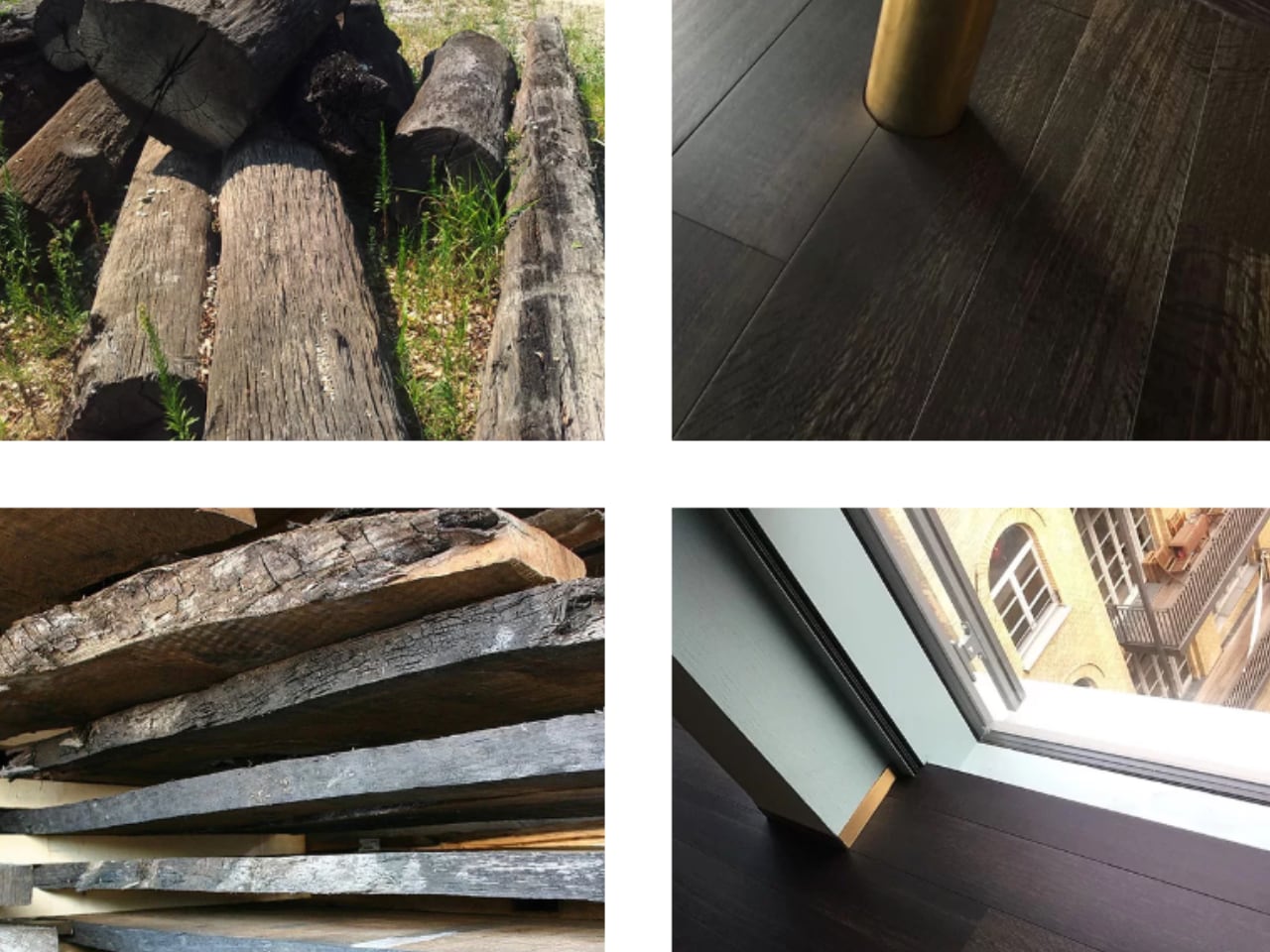
Bog Oak
Both products are strongly dedicated to eco-conscious design, blending historical significance with artistic craftsmanship.
Italian Grande and Crocodilo: Versatile Design Solutions
Havwoods also introduced two other products at BDNY 2024: Italian Grande and Crocodilo. Italian Grande, part of the Italian Collection, brings a rich, smokey tone in plank, herringbone, and chevron patterns—ideal for creating sophisticated interiors that balance beauty and cost-effectiveness. Crocodilo, an oak-veneered MDF panel, uses an embossing technique to create a crocodile texture, making it perfect for spaces like bars, restaurants, and hotel lobbies where visual depth is desired.
Textiles: Capturing Nature’s Spirit
HBF Textiles captivated BDNY 2024 attendees with their award-winning “Moments of Wander” collection, which claimed top honors in the fabric category. This collection captures the biophilic design trend, seamlessly blending artistic sensibility with functional performance.

HBF Textiles
Designer: HBF Textiles + Christiane Müller
Designed by renowned textile artist Christiane Müller of MüllerVanTol, the “Moments of Wander” collection includes three distinct patterns, each inspired by fleeting moments in nature:
- Fields of Velvet: Soft, undulating textures evoke natural landscapes like grass or wheat fields.
- Trails of Tweed: A rugged, textured aesthetic inspired by winding trails and natural paths.
- Seeds of Colour: Vibrant, scattered patterns reminiscent of wildflower fields and colorful natural elements.
The unique strength of this collection lies in its versatility—it brings the softness of indoor fabrics while ensuring durability for outdoor use. This blend is especially valuable in hospitality, where the line between indoor and outdoor spaces is increasingly blurred.
Debuting in September 2024, the “Moments of Wander” collection showcases HBF Textiles’ most innovative work. By capturing both the macro- and micro-beauty of nature, these textiles provide designers with a tactile way to integrate outdoor elements into interior environments.
This aligns with hospitality’s broader push towards immersive, nature-inspired design. The “Moments of Wander” collection enables designers to evoke natural serenity, enhancing both comfort and well-being through biophilic design.
Silver Threads: Custom Window Treatments and Signature Spaces
Silver Threads, established in 1982, is recognized as one of the nation’s leading providers of custom window treatments for both the hospitality and residential sectors. At BDNY 2024, they showcased their work in the “Salone by Baskervill” space, a feature that drew considerable attention for its intricate design and execution.
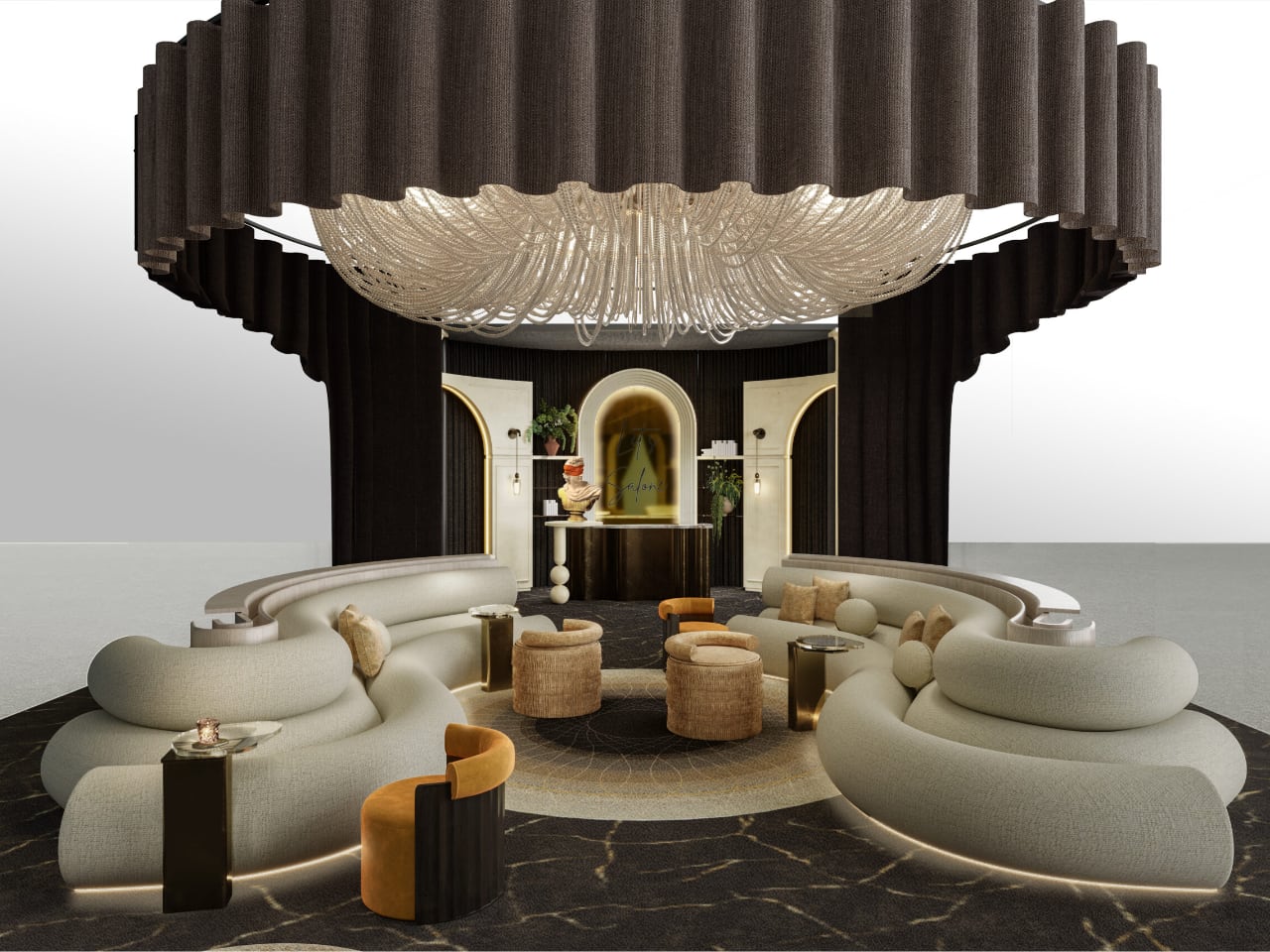
The “Salone by Baskervill” space took inspiration from the 15th-century salons, which were known for encouraging in-person dialogue and creative interaction. Silver Threads played a significant role in transforming this vision into reality. Their contribution included a stunning 19.5-foot-diameter central drapery that served as the focal point of the space. Additionally, custom drapery installations framed both ends, suspended elegantly from the ceiling using airline cables. This installation not only added visual grandeur but also contributed to the intimate, engaging atmosphere that the space was designed to evoke.
Silver Threads’ extensive experience in the industry is evident through its high-profile project portfolio, which includes notable locations such as the World Equestrian Center in Ocala, FL, the Crown Plaza in Indianapolis, and the Hilton Downtown Columbus. Their ability to execute complex, large-scale installations while maintaining an intimate feel demonstrates their versatility and expertise in crafting custom window solutions that enhance the aesthetic and functional aspects of any space.
Furniture and Lighting: Redefining Boundaries
Dedon took home the “Best in Show” award for their Cirql Nu chair, designed by Werner Aisslinger. The Cirql Nu features Dedon’s invert fiber, created through a co-extrusion process that merges two types of fiber into one. This innovative technique results in a distinctive 3D effect that is both visually captivating and functionally impressive, underscoring Dedon’s commitment to pushing the boundaries of outdoor furniture design.
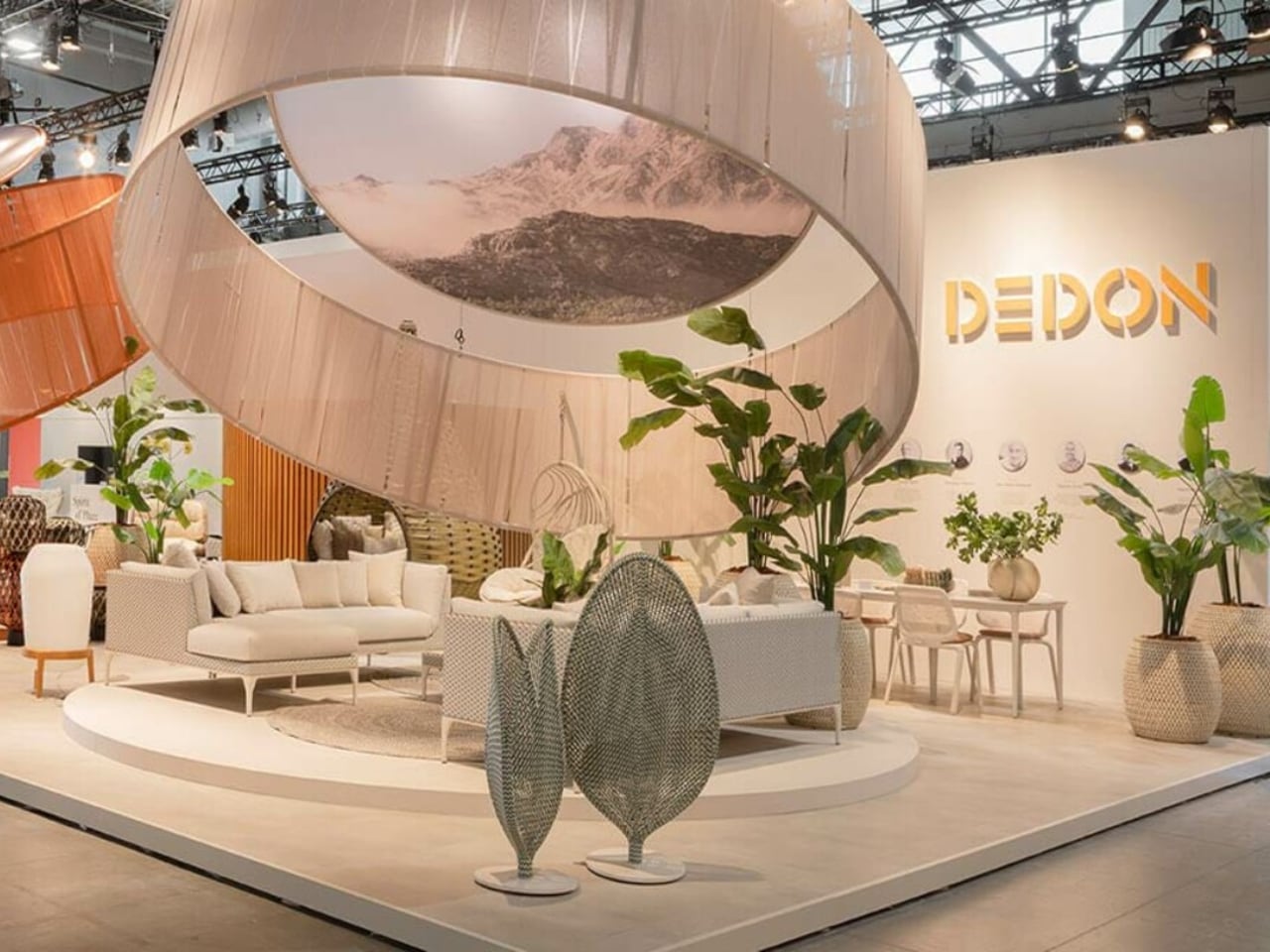
In lighting, Bover’s Kando collection stole the spotlight. The innovative designs illustrated how lighting transcends mere functionality—it serves as an artistic statement, transforming hospitality spaces with the perfect balance of beauty and utility.
Flooring Innovations: Adding Sensory Layers
Royal Thai’s Tactile Vernacular Collection, which won the flooring category prize, emphasized how crucial texture is in modern design. More than just an aesthetic element, the collection demonstrates how flooring can elevate the entire sensory experience of a space, affecting how guests perceive and interact with their surroundings.
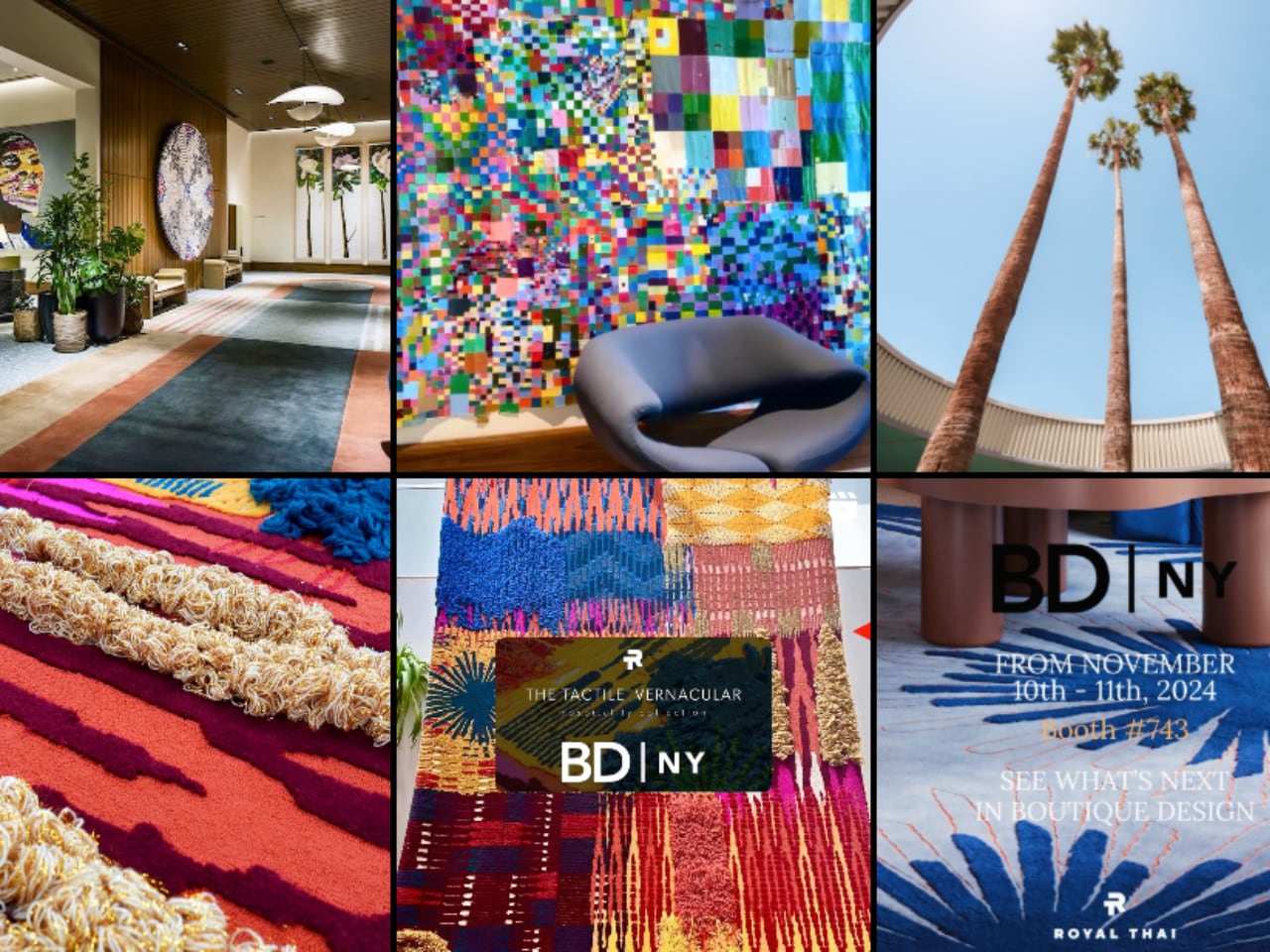
Royal Thai’s Tactile Vernacular Collection
The Tactile Vernacular Collection utilizes a variety of textures that invite touch and create a sense of depth, transforming flooring from a background element into a dynamic part of the environment. The collection’s diverse patterns and finishes provide designers with tools to create spaces that are not only visually striking but also engage multiple senses, enhancing comfort and ambiance.
This approach aligns with the hospitality industry’s broader goal of creating immersive environments that foster memorable experiences. By focusing on texture, Royal Thai’s innovative flooring contributes significantly to the sensory palette of a room, making it an integral component in the overall design narrative.
Looking Ahead: The Future of Hospitality Design
BDNY 2024 highlighted current trends while offering a clear view of the future of hospitality design. New initiatives like the Dine & Design: A BDNY PopUp area reflected the industry’s growing focus on adaptable and multifunctional spaces. This trend caters directly to the evolving needs of modern travelers, who prioritize flexibility, comfort, and experience-driven environments.
As the hospitality industry continues to redefine itself, BDNY plays a crucial role in bringing together the innovators and trendsetters shaping the future. From Surfacing Solution’s tambour panels to the sustainable offerings by Havwoods and The Good Plastic Company, the event spotlighted products driving the industry forward—embracing sustainability, versatility, and impactful design.
The post BDNY 2024: The Most Innovative Materials and Sustainable Design Take Center Stage first appeared on Yanko Design.
